Description
Introduction to Galali Village
Galali village, situated in the Akhnoor region of Jammu district, is a small rural settlement known for its archaeological significance. Though modest in size and population, the village holds an important place in history due to the discovery of one of the oldest Buddhist monastery site in Jammu and Kashmir, dating back to the 1st century BCE–7th century CE. Today, Galali represents a unique blend of rural lifestyle and cultural heritage, where agriculture sustains the local community while the ancient remains highlight its historical importance.
Population and Urbanization
Galali is a small rural village with a population of about 319 people living in nearly 66 households. The settlement is entirely rural in nature, with no signs of urbanization or modern township development. The majority of the population depends on agriculture and cattle rearing for their livelihood. The village has a relatively high literacy rate of around 70%, but female literacy is noticeably lower at about 54%, reflecting the gender gap in access to education. With its small size, traditional lifestyle, and limited infrastructure, Galali continues to maintain the peaceful character of a rural settlement, away from the rapid urbanization seen in nearby towns like Akhnoor and Jammu.
Cultural Heritage of the Village
The cultural heritage of Galali village is deeply connected to the remains of an ancient Buddhist monastery site, dating back to the 1st century BCE to the 7th century CE. Excavations by the Archaeological Survey of India (ASI) uncovered monastic cells, prayer halls (viharas), stupas, terracotta artifacts, coins, beads, and pottery inscribed with Kharosthi and Brahmi scripts. One of the most unique findings from Galali is a terracotta stupa, which is a rare structure in India.These findings suggest that Galali was once a thriving center for Buddhist learning and spiritual practice. The site was also part of the ancient Uttarapatha trade route, which connected Gandhara (in present-day Pakistan and Afghanistan) to eastern India, this route was a key part of the Silk Road network. Apart from this archaeological site, the village today does not have distinct festivals, folk art, or traditional cultural practices of its own. Its heritage mainly lives through the archaeological remains, which serve as a symbol of the region’s ancient cultural and spiritual past.
Lifestyle in the Village
The lifestyle of the village is marked by simplicity, peace, and a close connection with nature. Most families depend on agriculture and cattle rearing as their primary source of livelihood. Crops such as wheat, maize, and seasonal vegetables are commonly cultivated, while dairy farming provides additional support to households.Daily life in the village follows a natural rhythm, with people rising early, working in the fields, and participating in household activities. Unlike cities, the pace of life is slower, allowing more time for community interaction and family bonding.
Local Cuisines of the Village
The local cuisines of the village are simple and wholesome, based on locally grown ingredients like rice, wheat, pulses, and dairy. Popular items include Kalaadi (local hill cheese served with bread), Ambal (a sweet and sour pumpkin dish), Sarson ka Saag with Makki ki Roti (mustard grees with maize bread) and Bajra ki Roti (flatbread made from pearl millet flour), often enjoyed with a glass of refreshing Lassi (a yogurt based drink).
Primary Sources of Livelihood in the Village
The main source of livelihood in the village comes from agriculture and cattle rearing. Most families cultivate crops like wheat, maize, and seasonal vegetables, which form the backbone of their income and daily food needs. In addition, dairy farming plays an important role, with many households rearing cows and buffaloes to produce milk and other dairy products.A few villagers also earn their living through small shops, daily wage work, or employment in nearby towns such as Akhnoor and Jammu. However, agriculture continues to remain the primary occupation, reflecting the traditional rural economy of the village.
Educational Infrastructure Present in the Village
The village has a Government Middle School along with some private institutes that provide learning opportunities beyond the middle level. However, the village does not have a Govt. or private college, which means students need to travel to nearby towns such as Akhnoor and Jammu to pursue higher education. While this offers them wider exposure and opportunities, it also creates challenges for families, who must bear the additional burden of transportation, accommodation, and other expenses.
Transport and Accessibility
The village is moderately accessible, with basic road connectivity linking it to nearby towns and markets. The primary mode of transport for residents is via local roads that connect to the main highways leading to Jammu and Akhnoor. Public transport options are limited; a few buses and shared taxis operate at scheduled intervals, mainly connecting the village to larger towns for trade, education, and healthcare purposes. Personal vehicles such as cars, motorcycles and bicycles are common for short-distance travel within and around the village. Despite the availability of roads, some routes may be affected during the rainy season due to poor drainage and maintenance, highlighting the need for improved transport infrastructure to ensure reliable and year-round access.
Healthcare and Veterinary Services
The village does not have a Government Medical Healthcare Centre. The primary healthcare support for villagers comes from a private clinic centre namely Dharam Diagnostic Centre, which provides essential diagnostic and basic medical services locally. For advanced treatment and specialized care, residents usually travel to Akhnoor or Jammu, where hospitals and larger healthcare facilities are available. In terms of veterinary services, the village has no dedicated veterinary facility, so farmers often depend on centres located in nearby towns for livestock vaccination, treatment of animal diseases, and guidance on animal health.
Biodiversity: Flora and Fauna
The village supports a diverse natural environment that blends agriculture with local ecology. The Flora mainly includes crops such as maize, mustard, and wheat, along with medicinal plants like neem, basil, and turmeric. The village landscape is also dotted with trees such as banyan, peepal, mango and jamun which not only provide shade and fruits but also hold cultural and ecological significance.
Fauna primarily consists of domestic animals like cows, buffalos and goats, alongside common wild species such as rabbits, squirrels and a variety of birds including peacocks, red-wattled lapwing, red-vented bulbul, rose-ringed parrots, myna, house crows and eagles.
Best Time to Visit the village
The best time to visit the village is during the autumn and winter months (October to February), when the weather is pleasant and the natural surroundings are at their most beautiful state. The cool climate makes it comfortable to explore the village and nearby areas, while traditional winter dishes like Sarson ka Saag with Makki ki Roti and a glass of refreshing Lassi add to the cultural experience. Spring (March to April) is also a good time, as the fields are lush and green, offering a scenic rural charm. Summers can be quite hot, and the monsoon months sometimes make roads difficult to travel.
Photos
Videos
Location Map
Amenities
- Website
Contact Information
| Address |
Near Akhnoor, |
| Phone Number |
6006930360 |
| Email Address | |
| Website | https://jkpanchayat.jk.gov.in/profile.php?block=Mathwar&panchayat=Sarote |
Reviews (2)


This documentary gave me a valuable insight into the simple, united, and culturally rich lifestyle of this village.

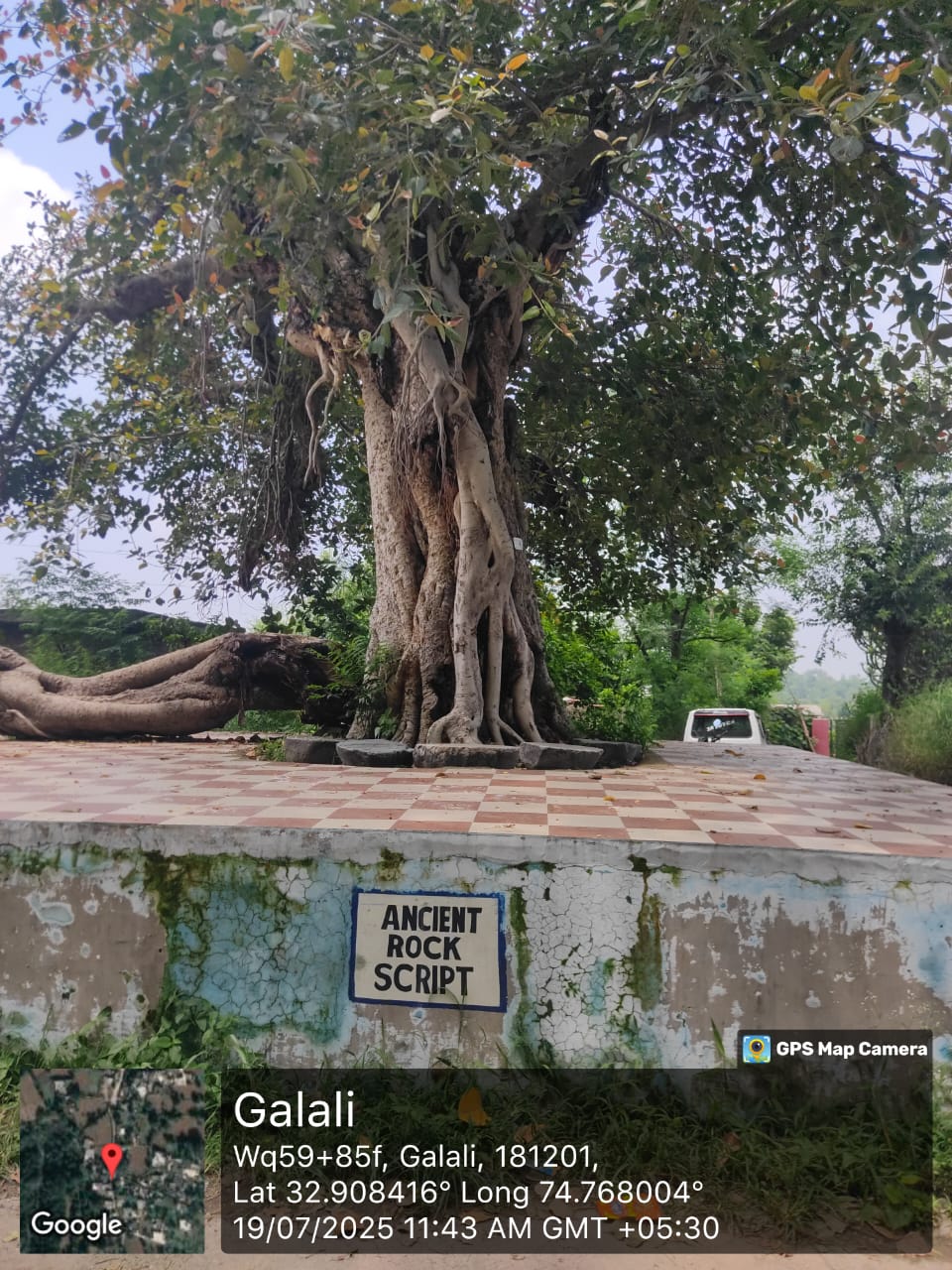
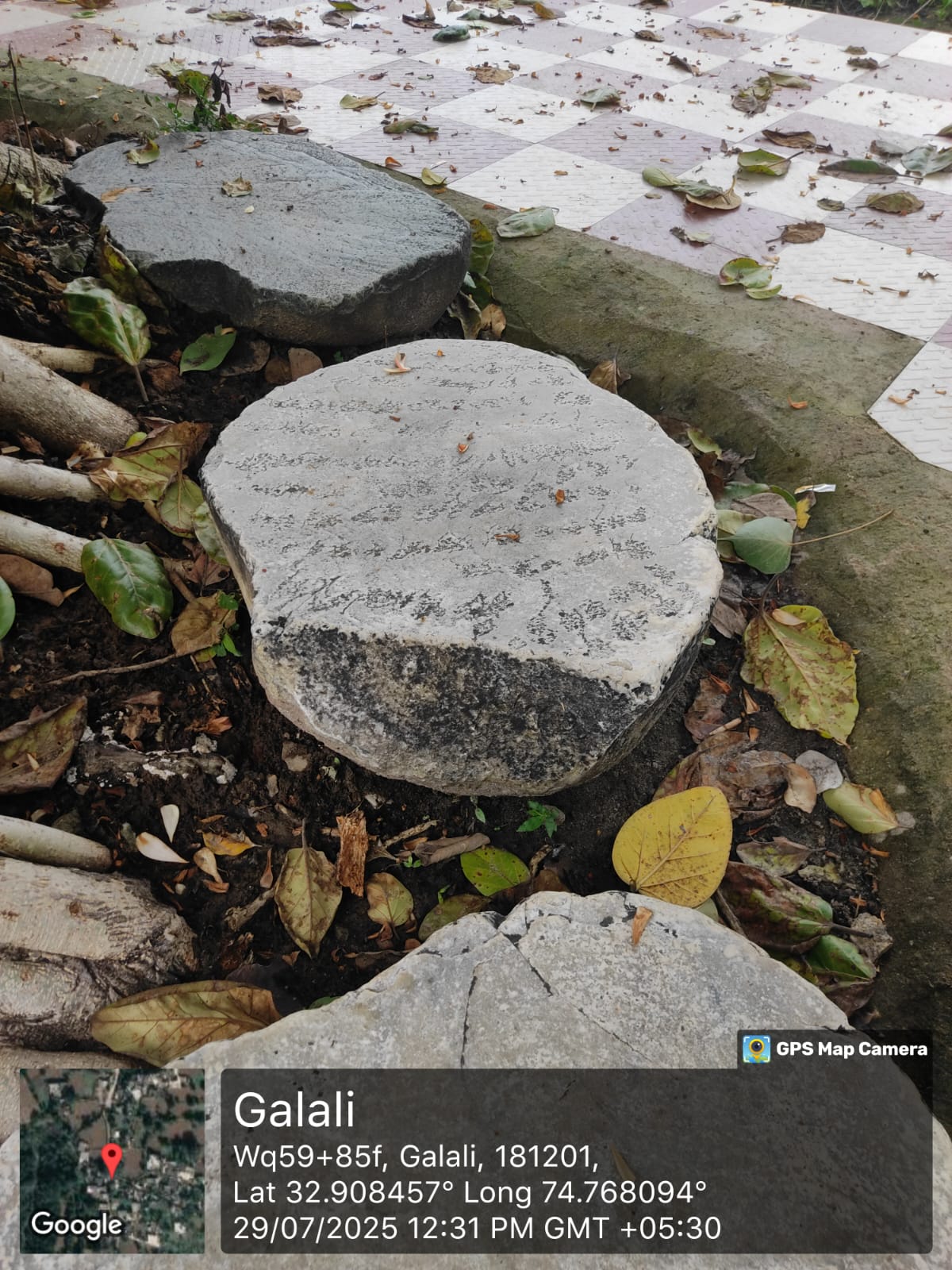
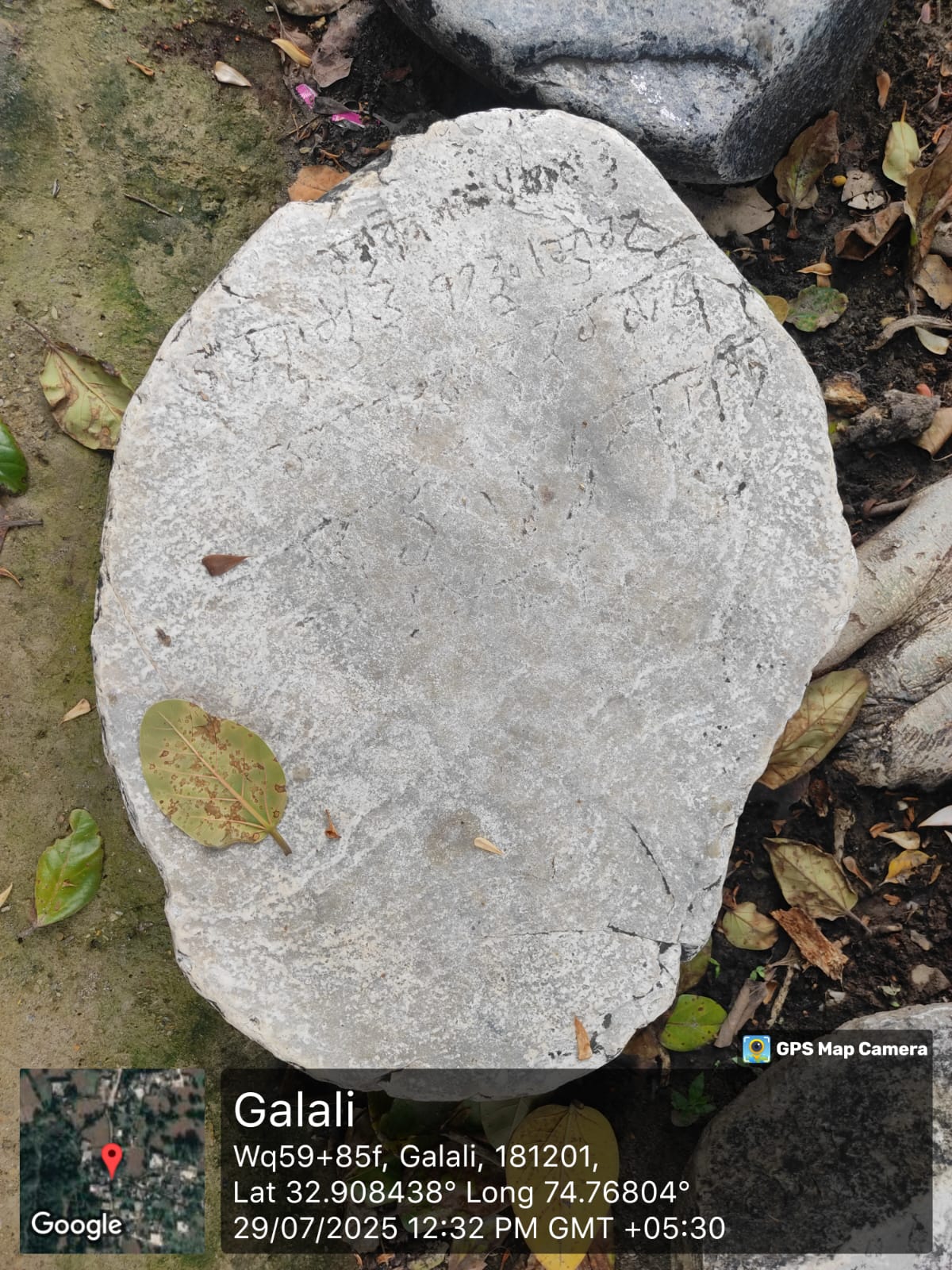
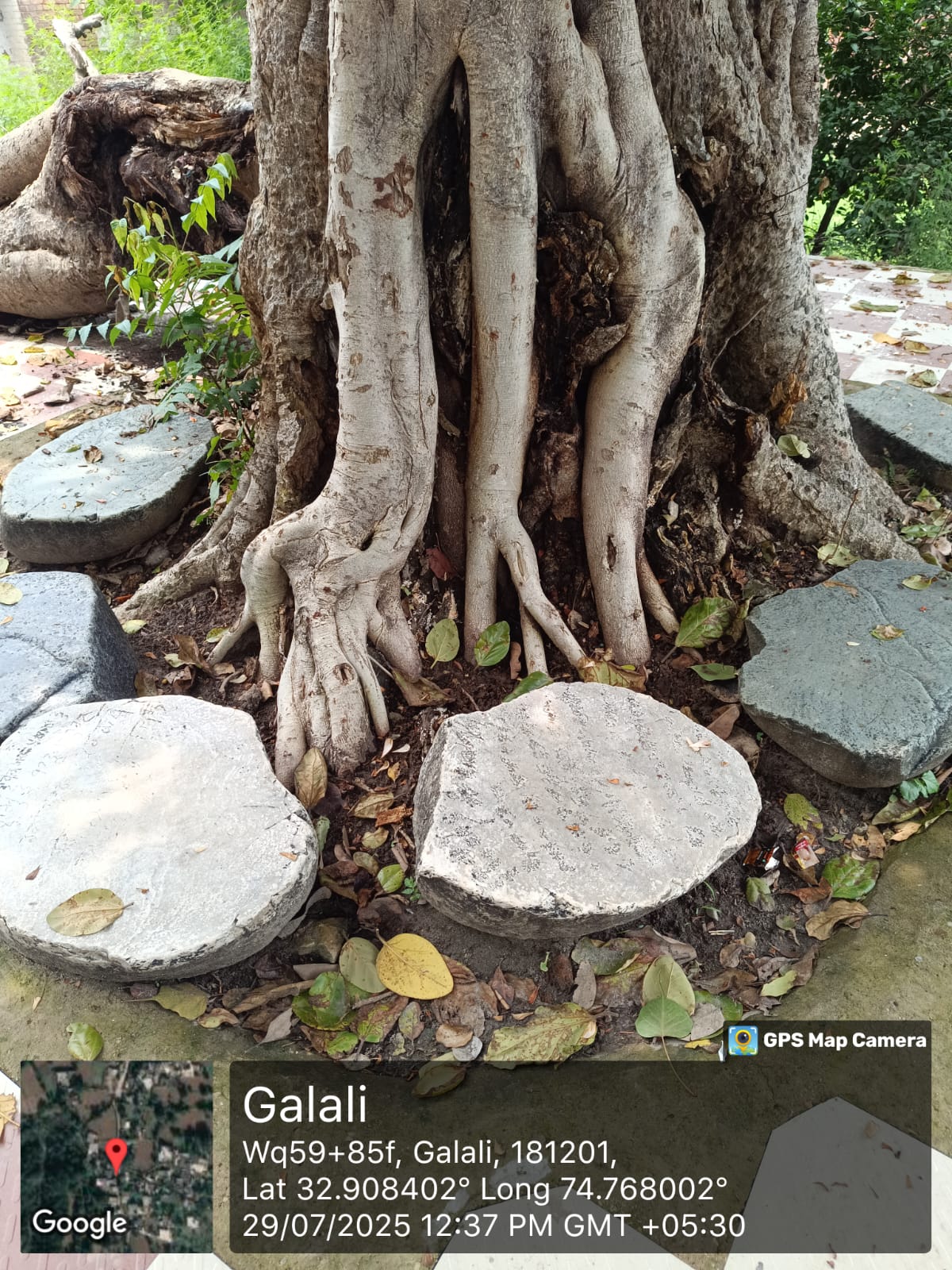
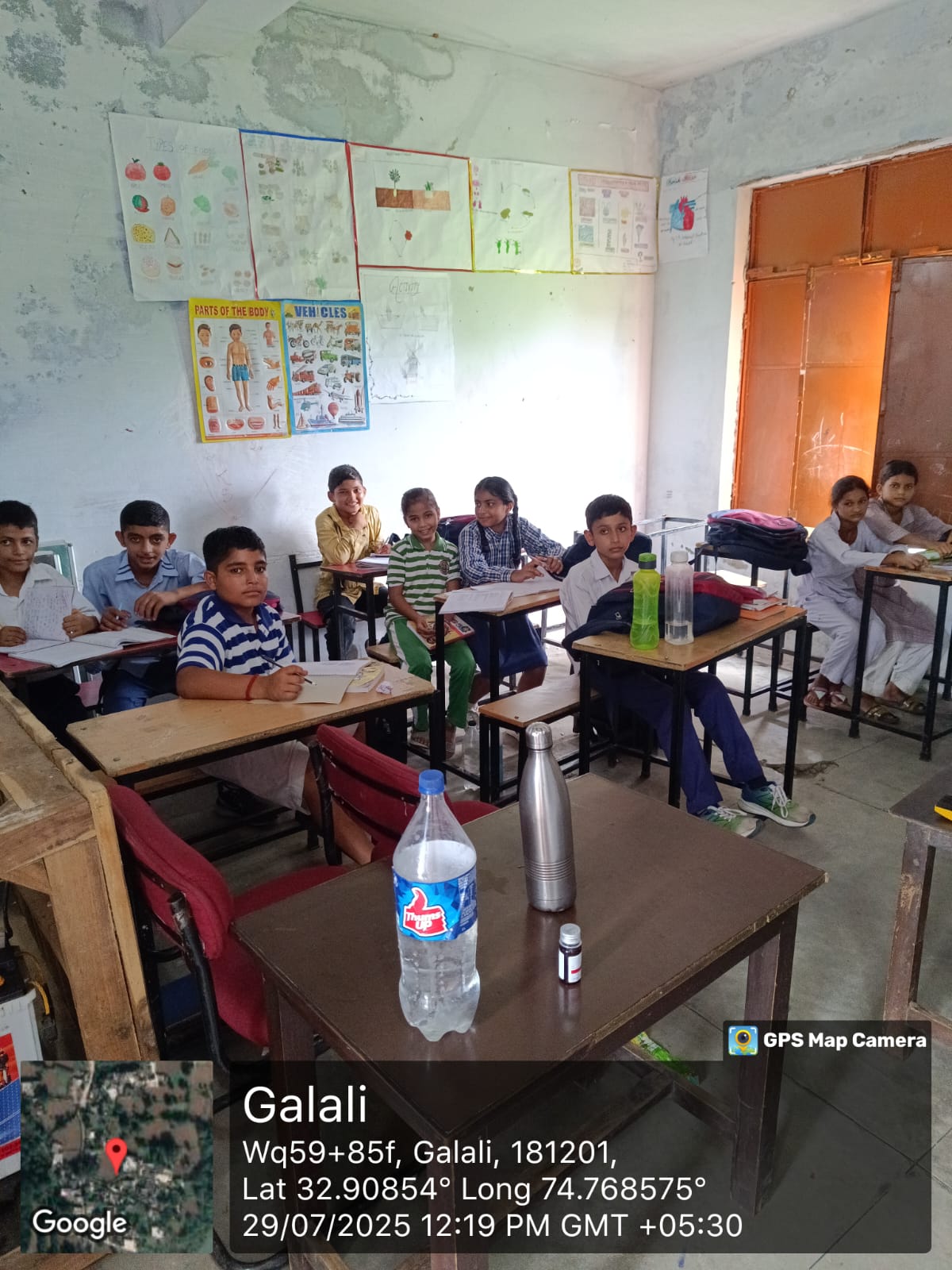
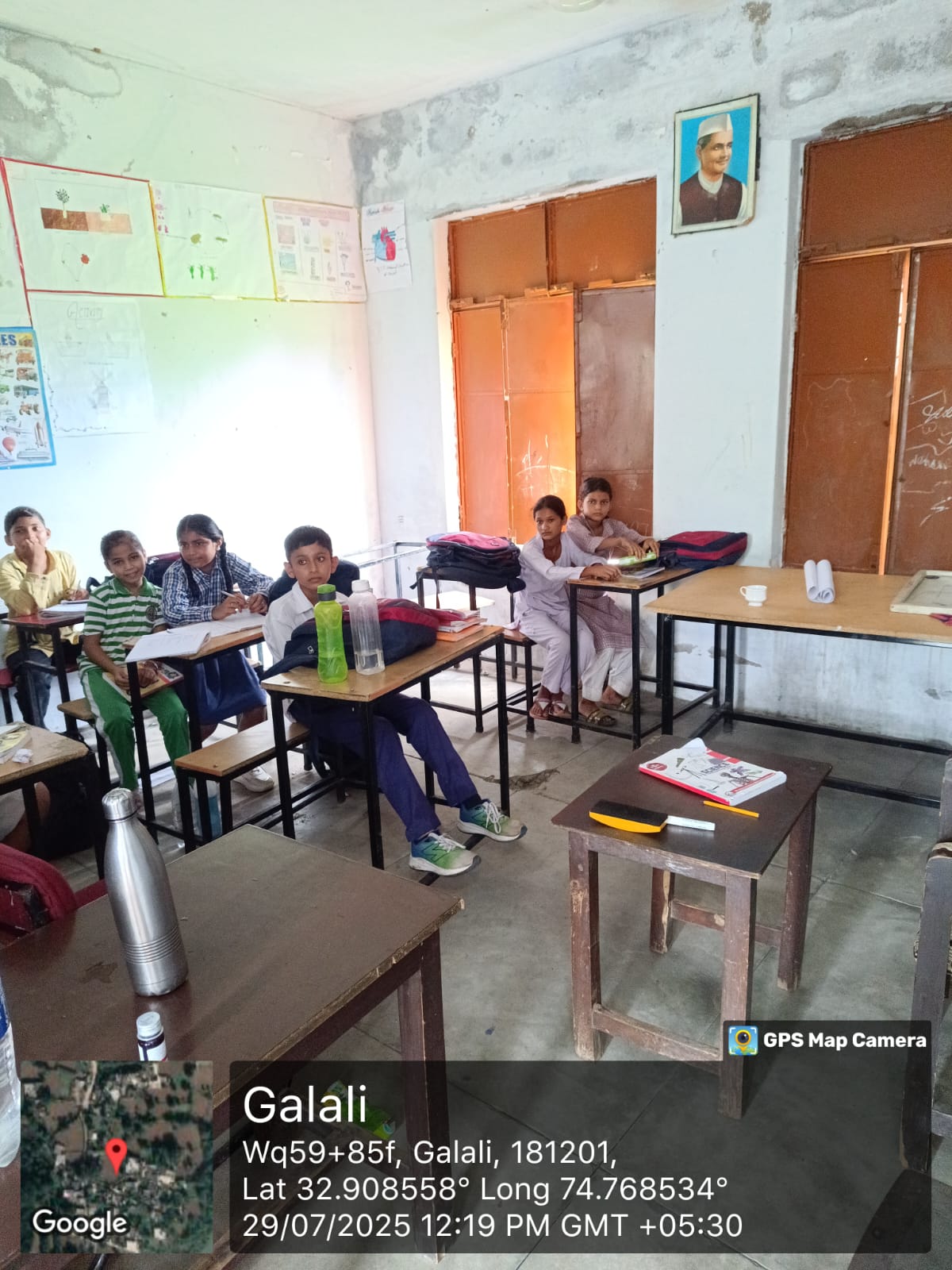
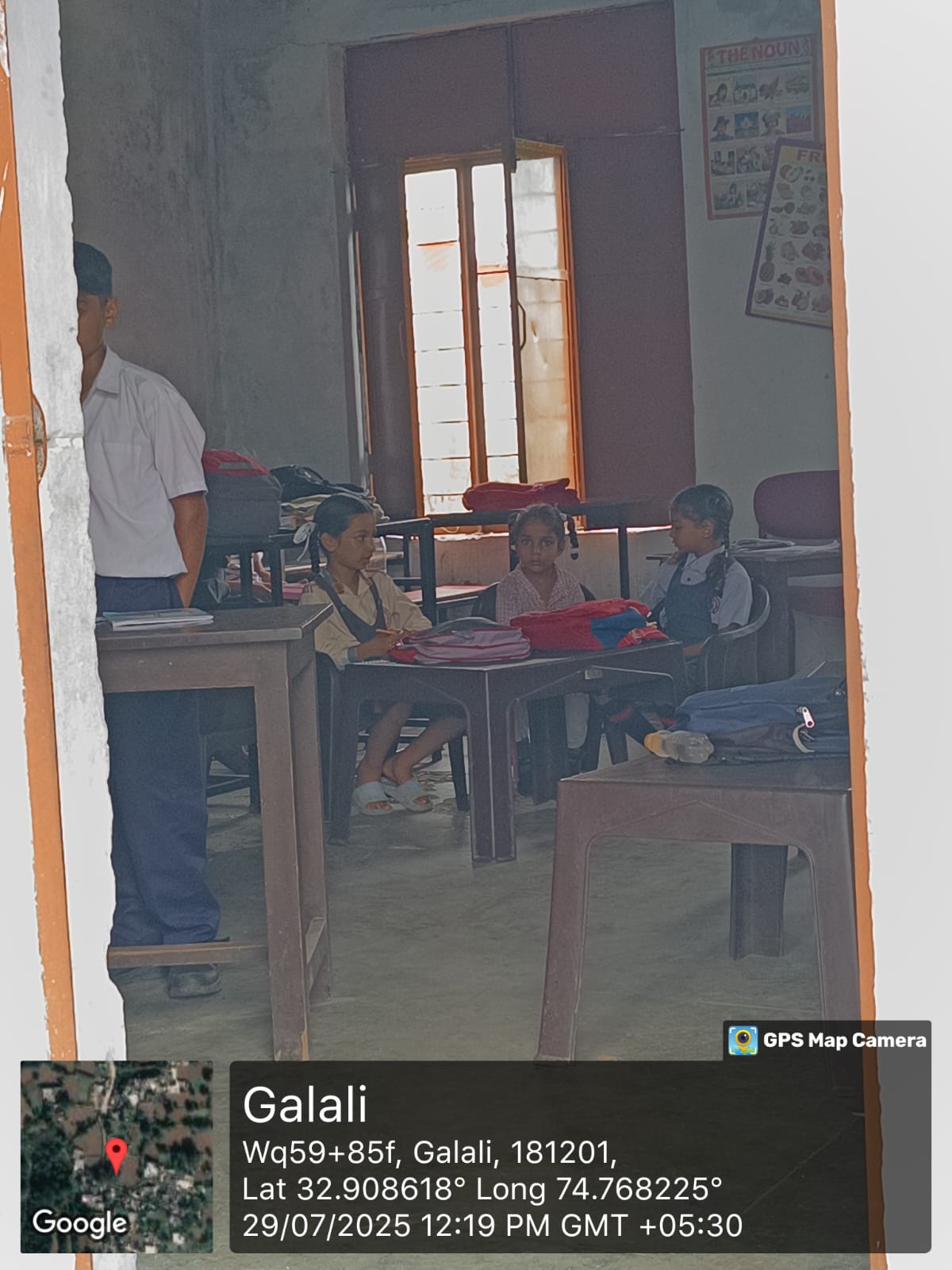
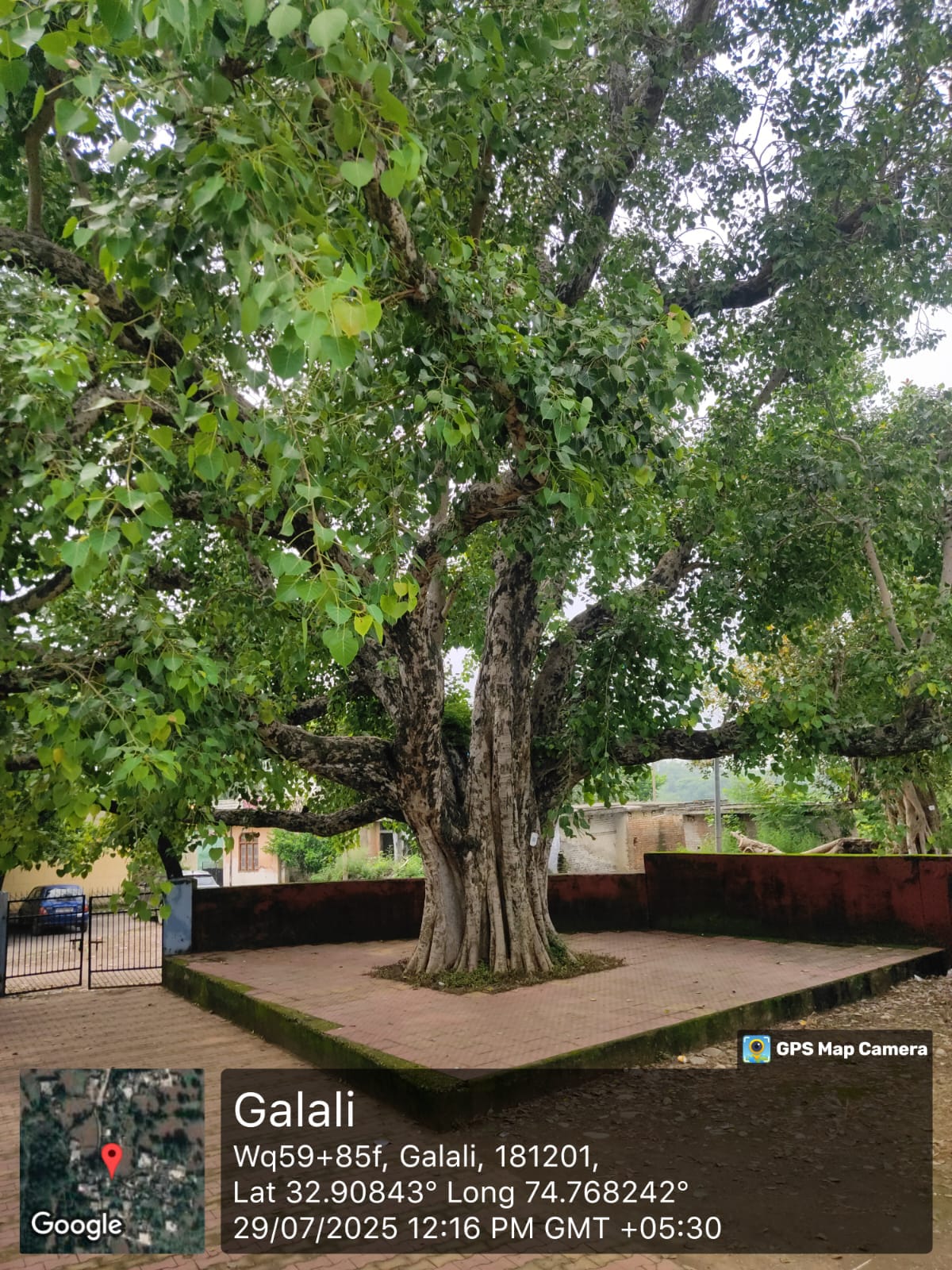
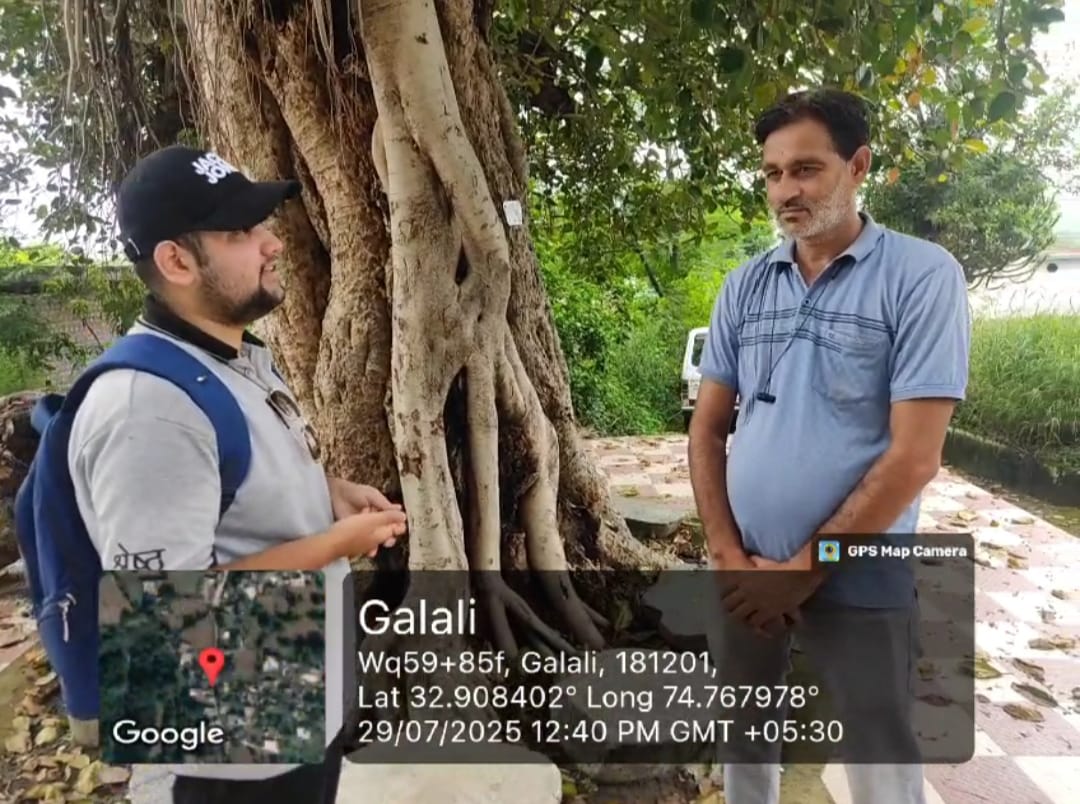
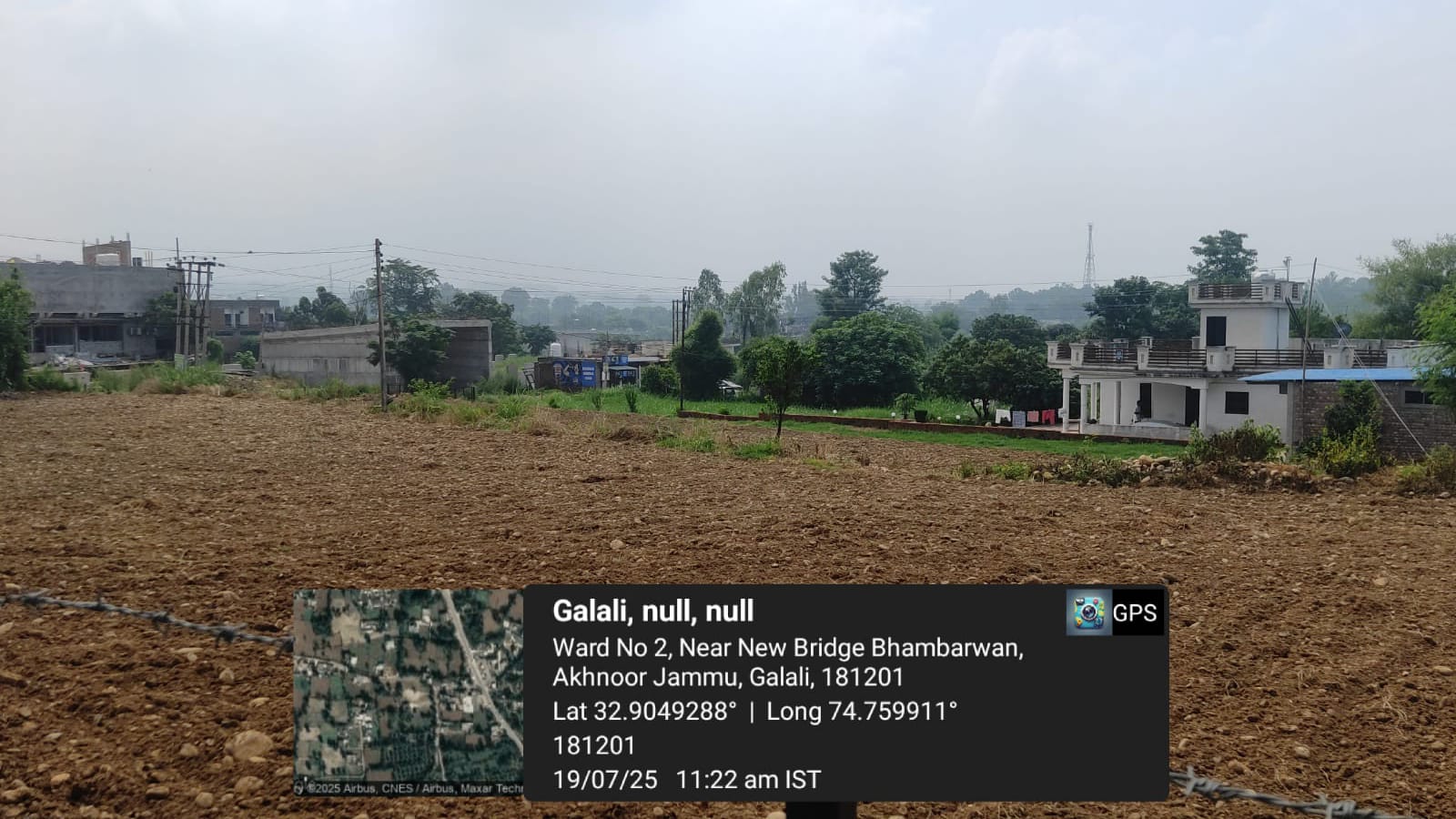
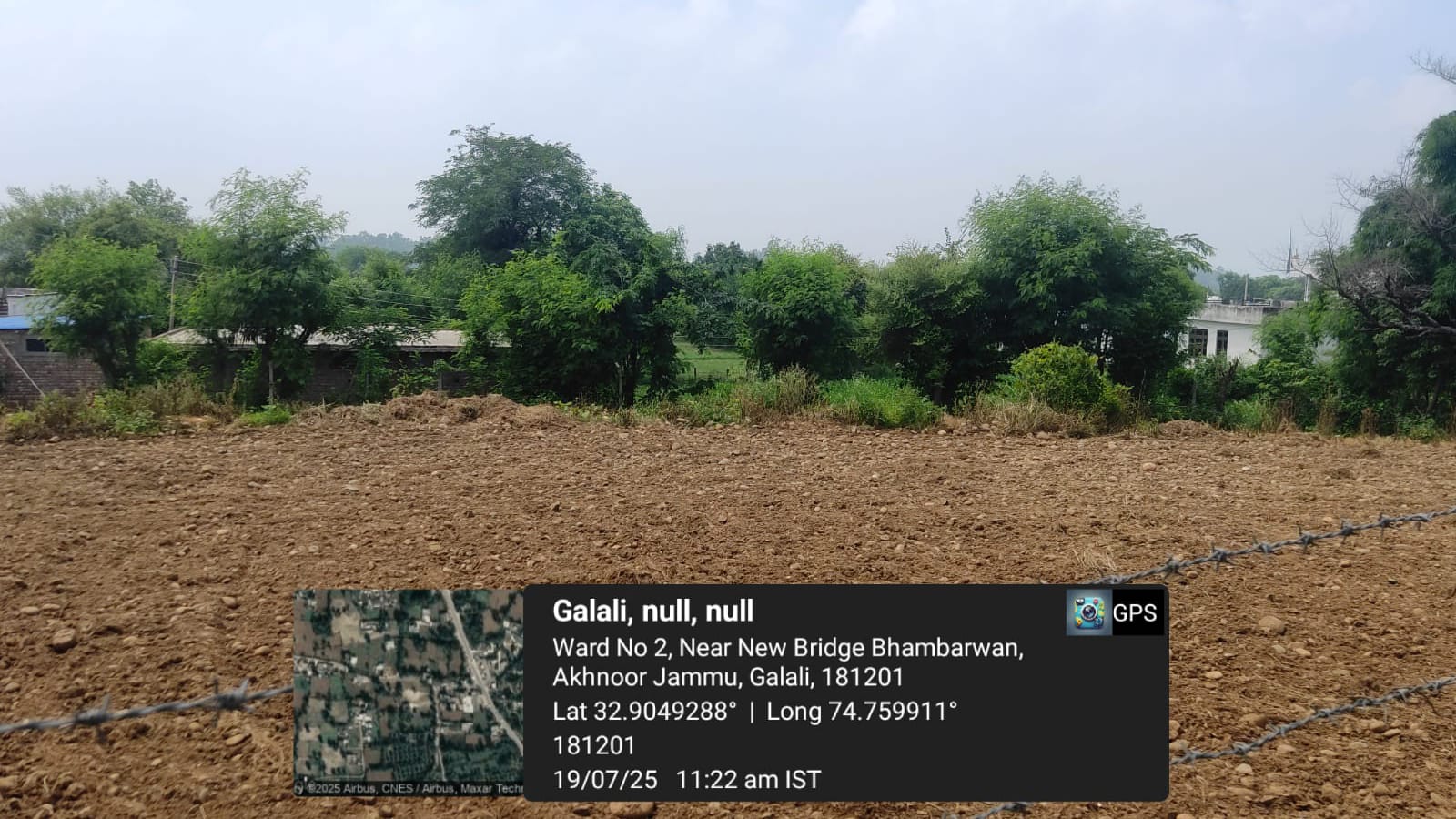
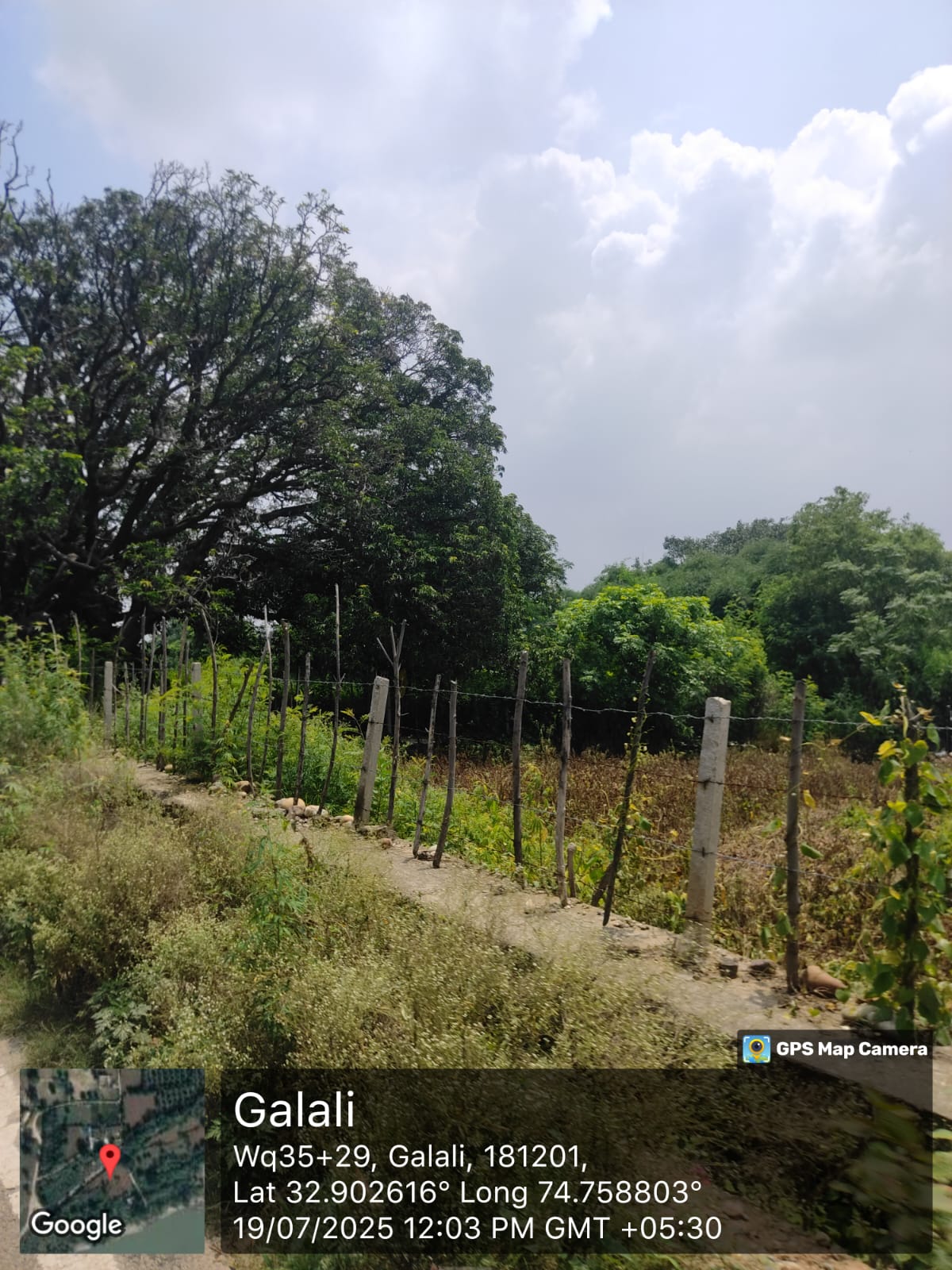
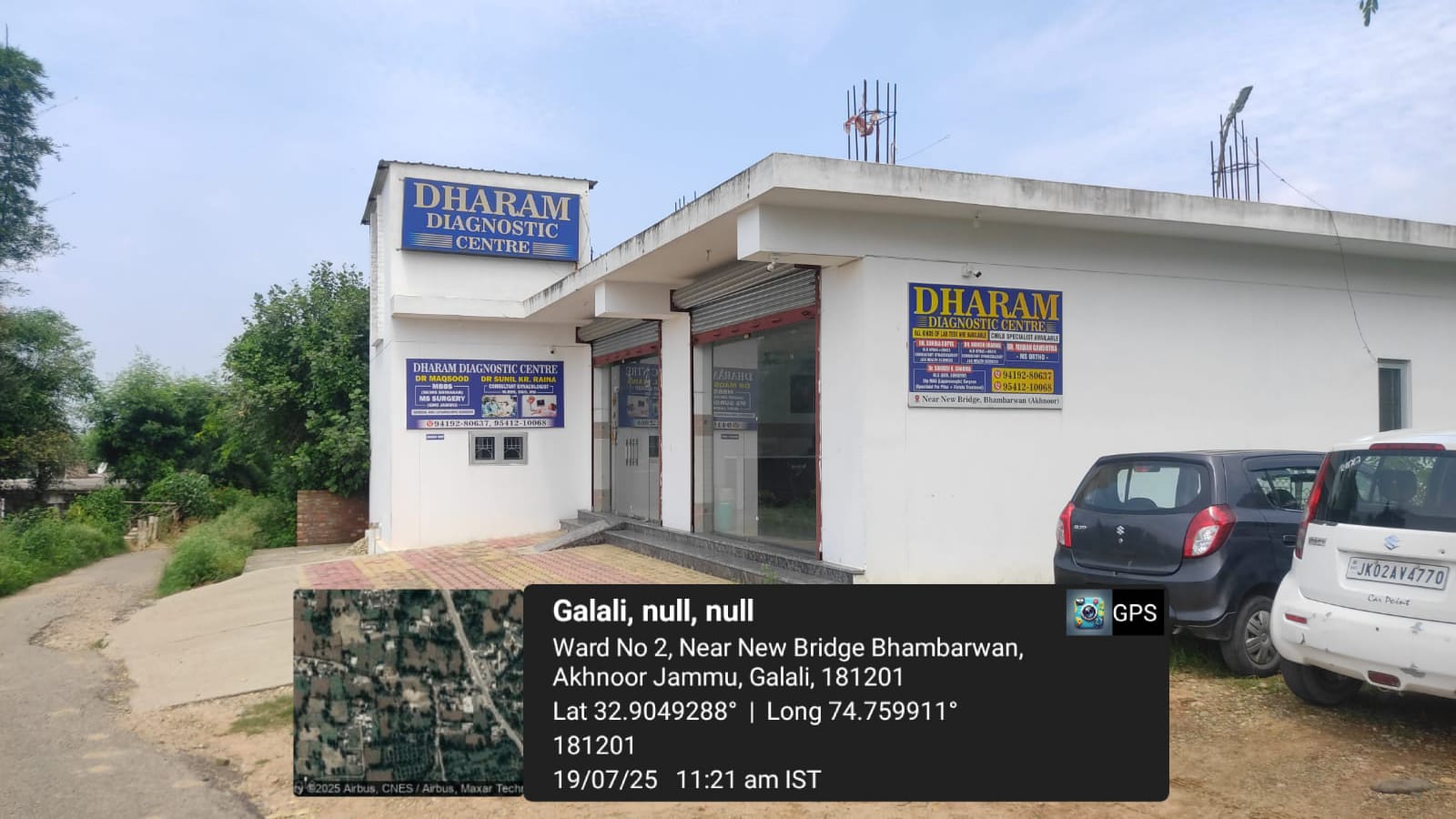
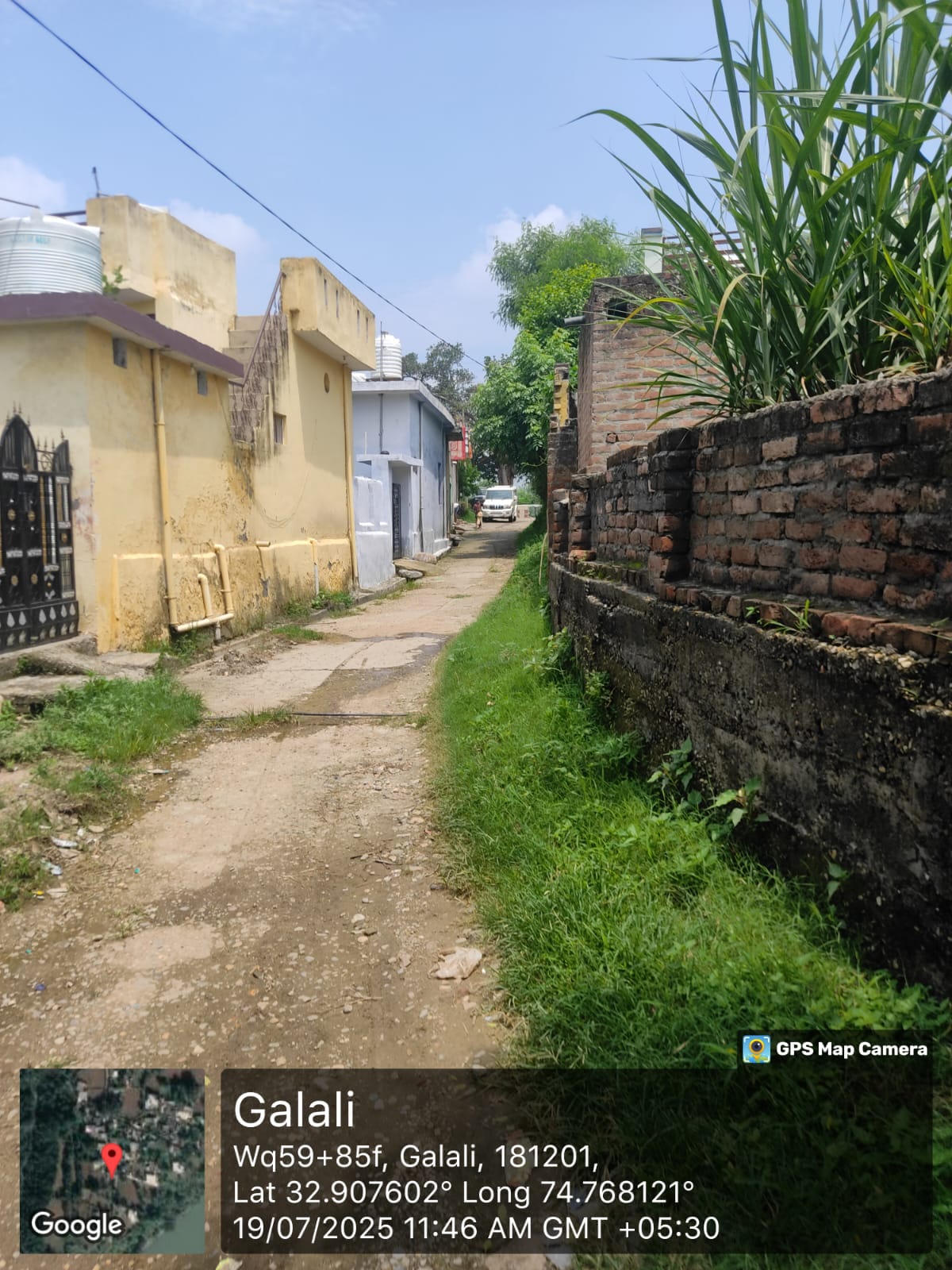
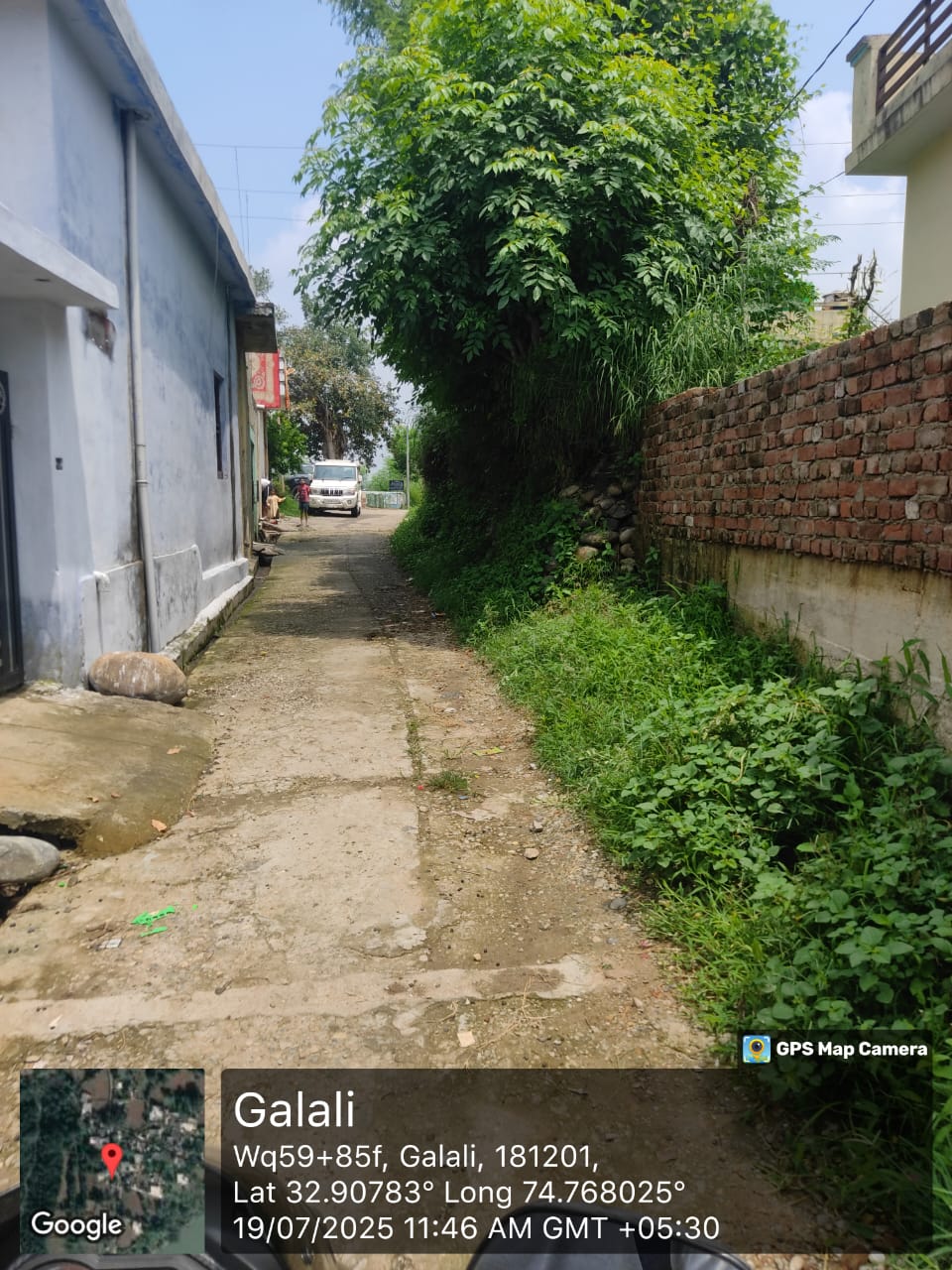
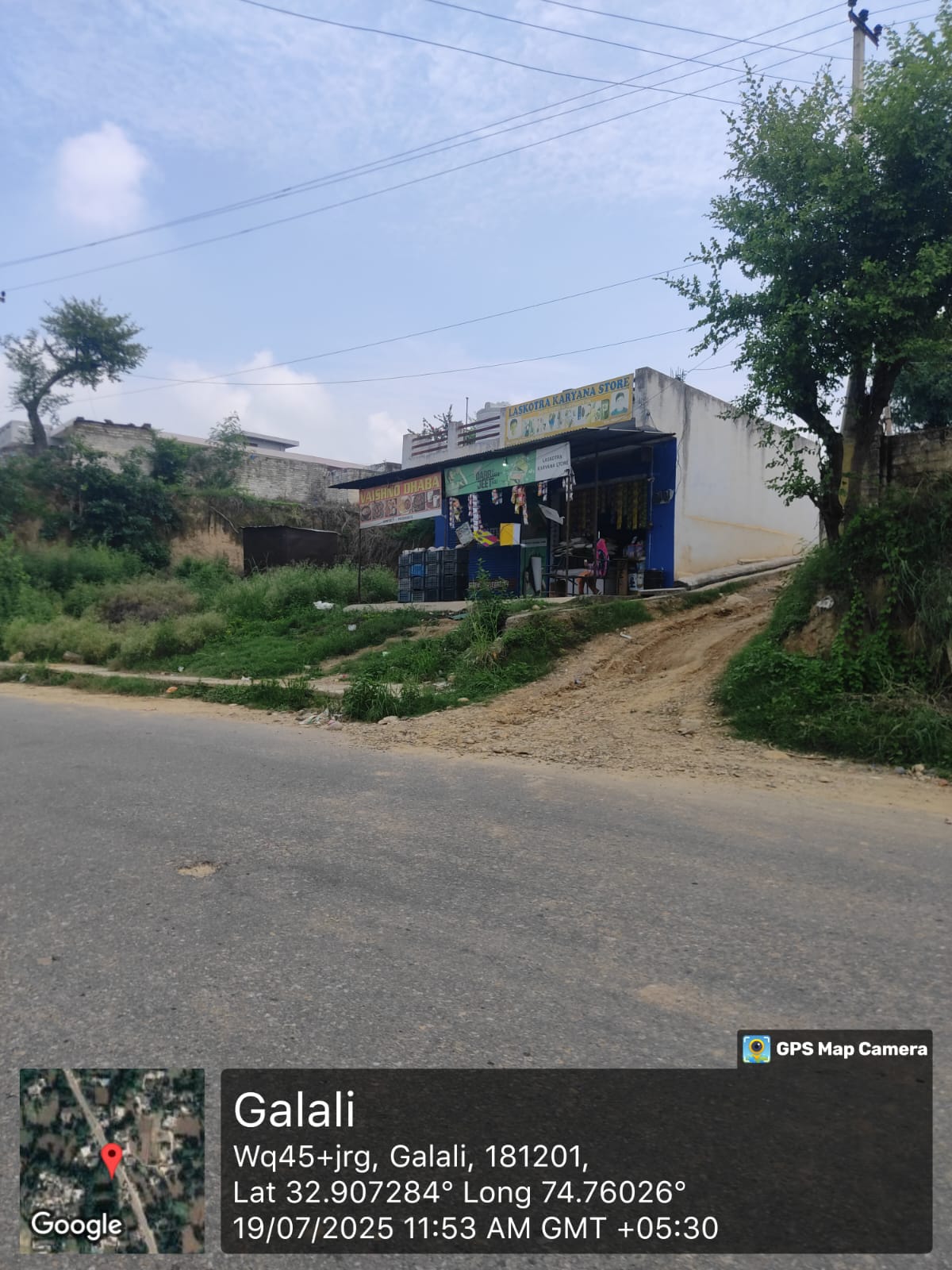
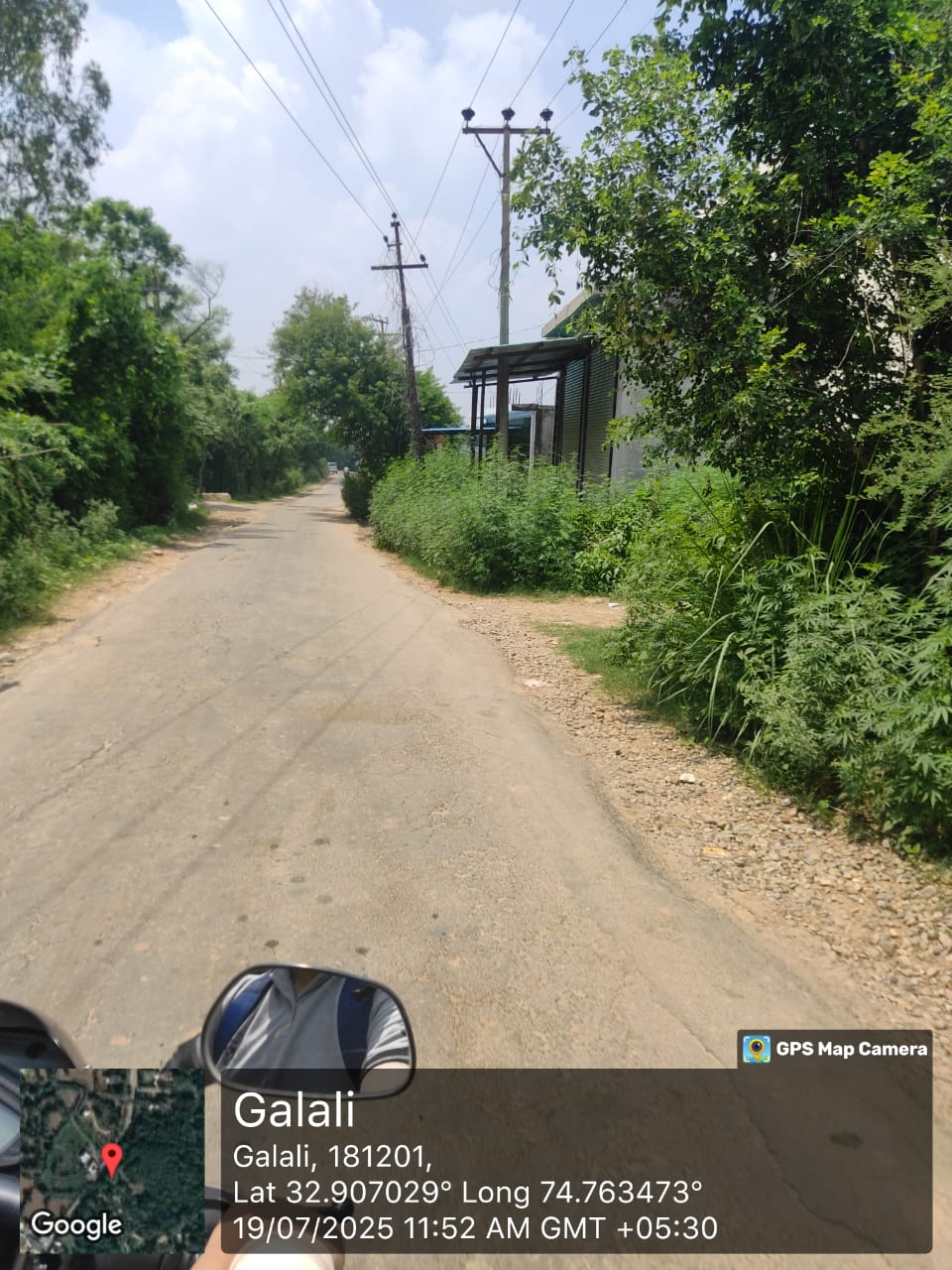
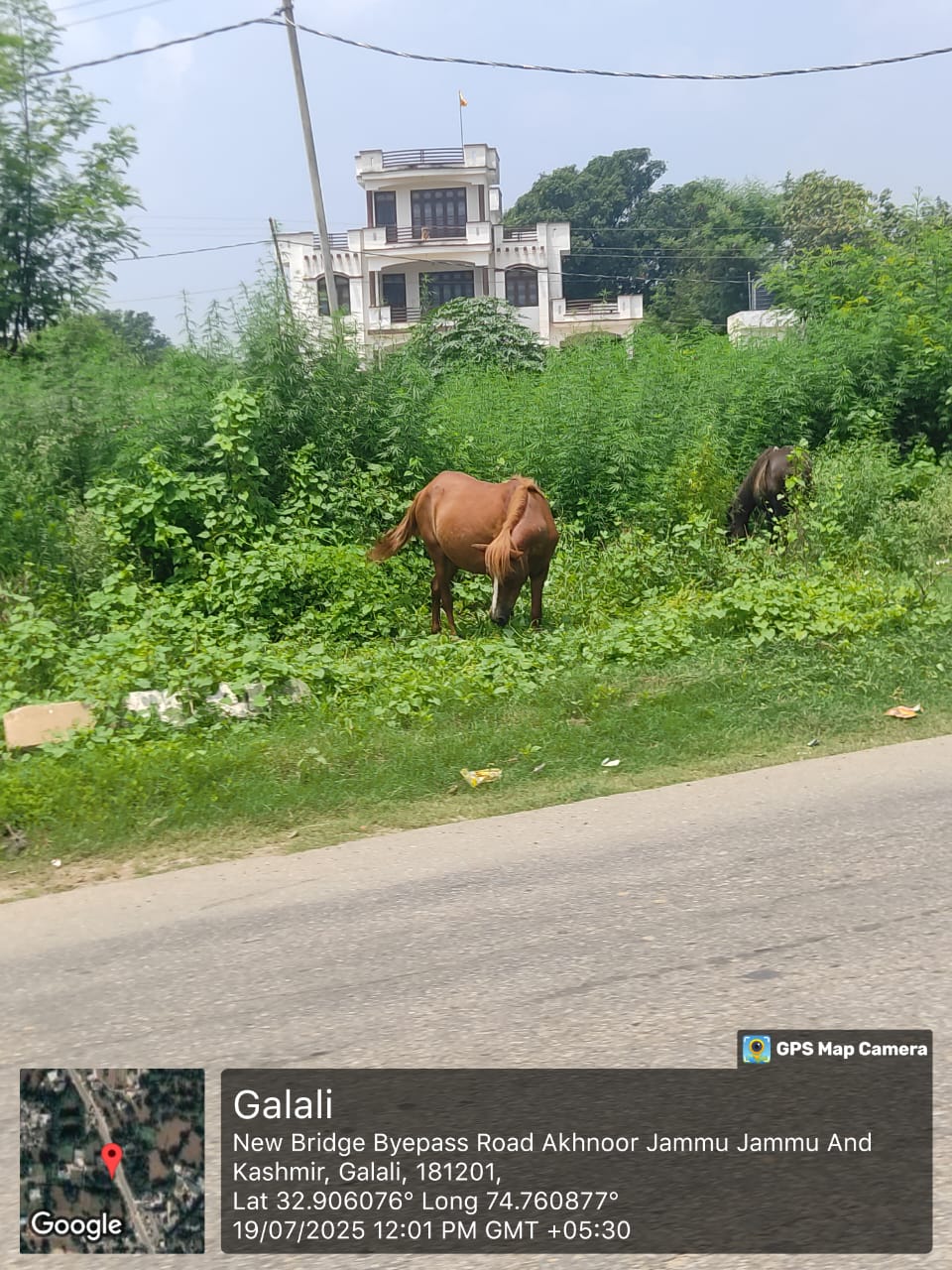
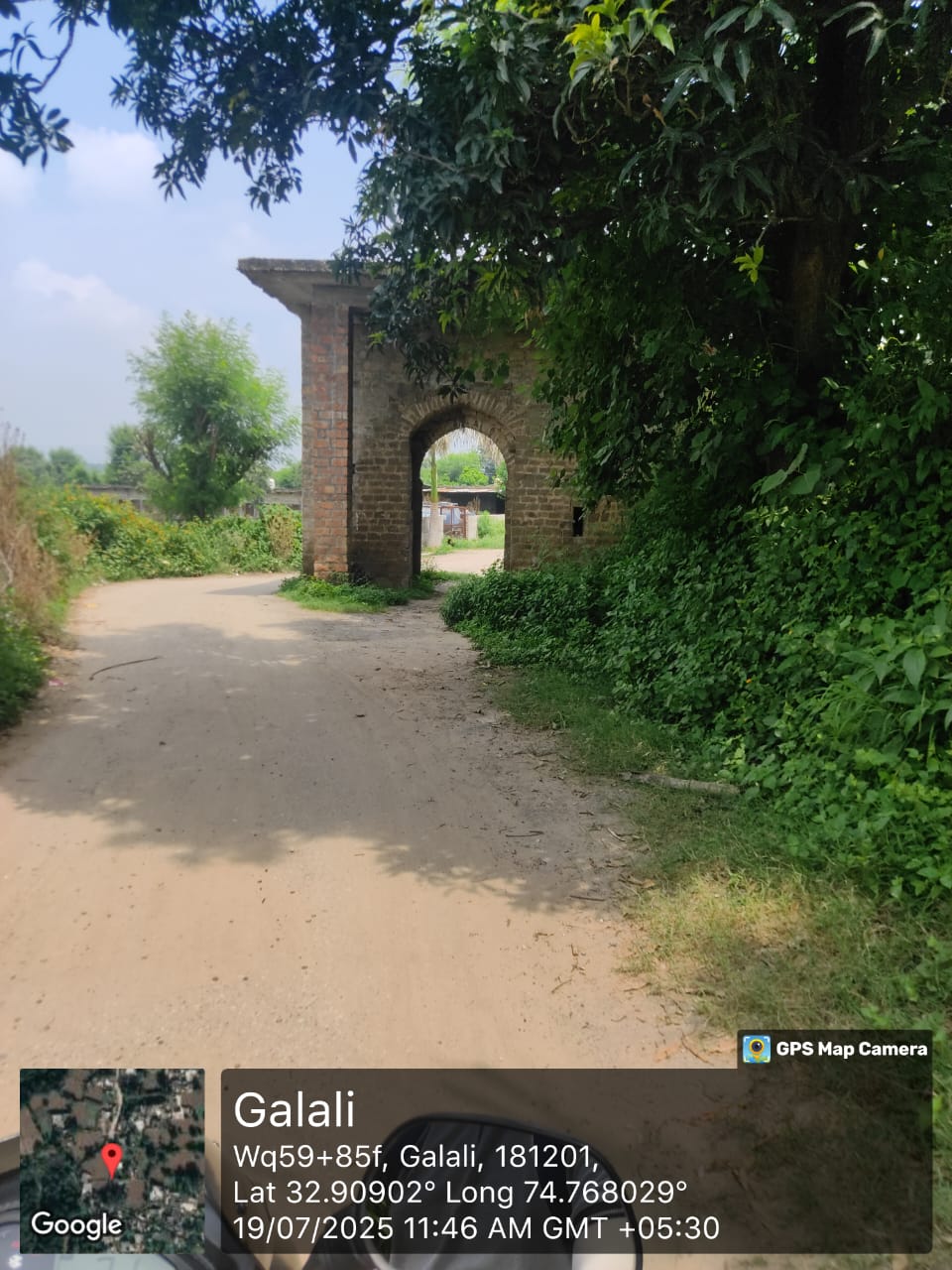
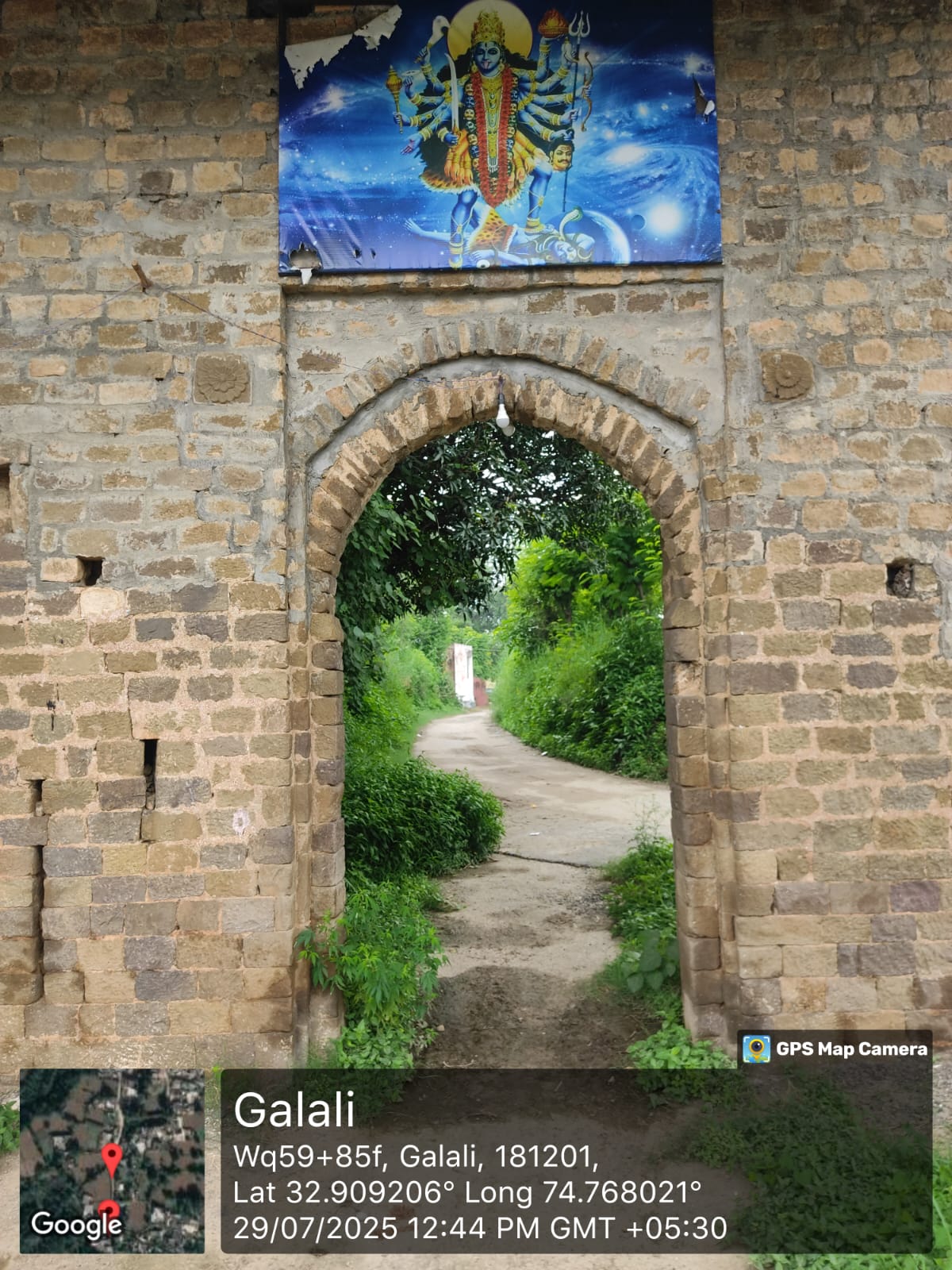
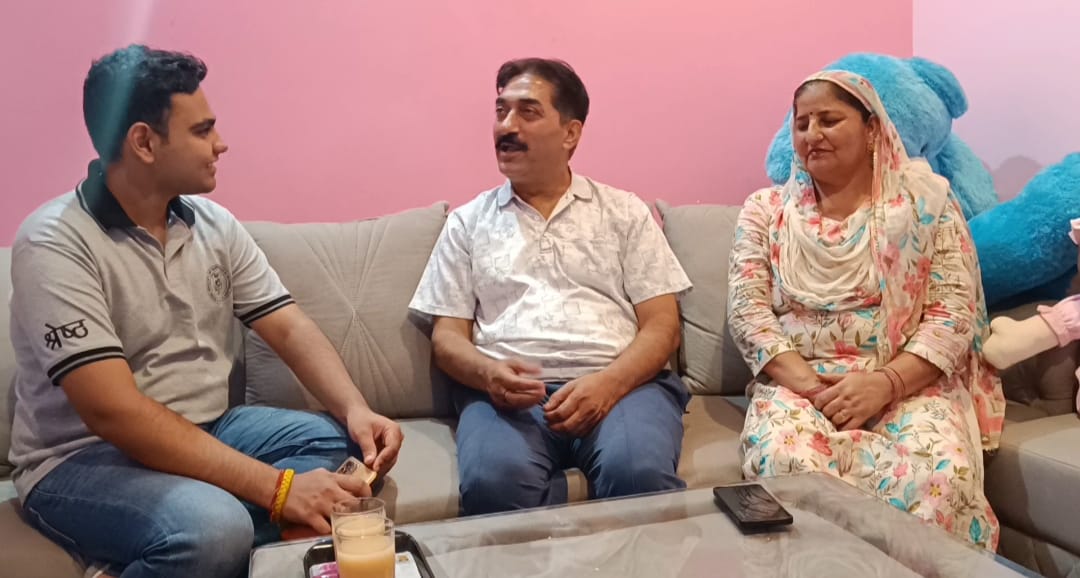
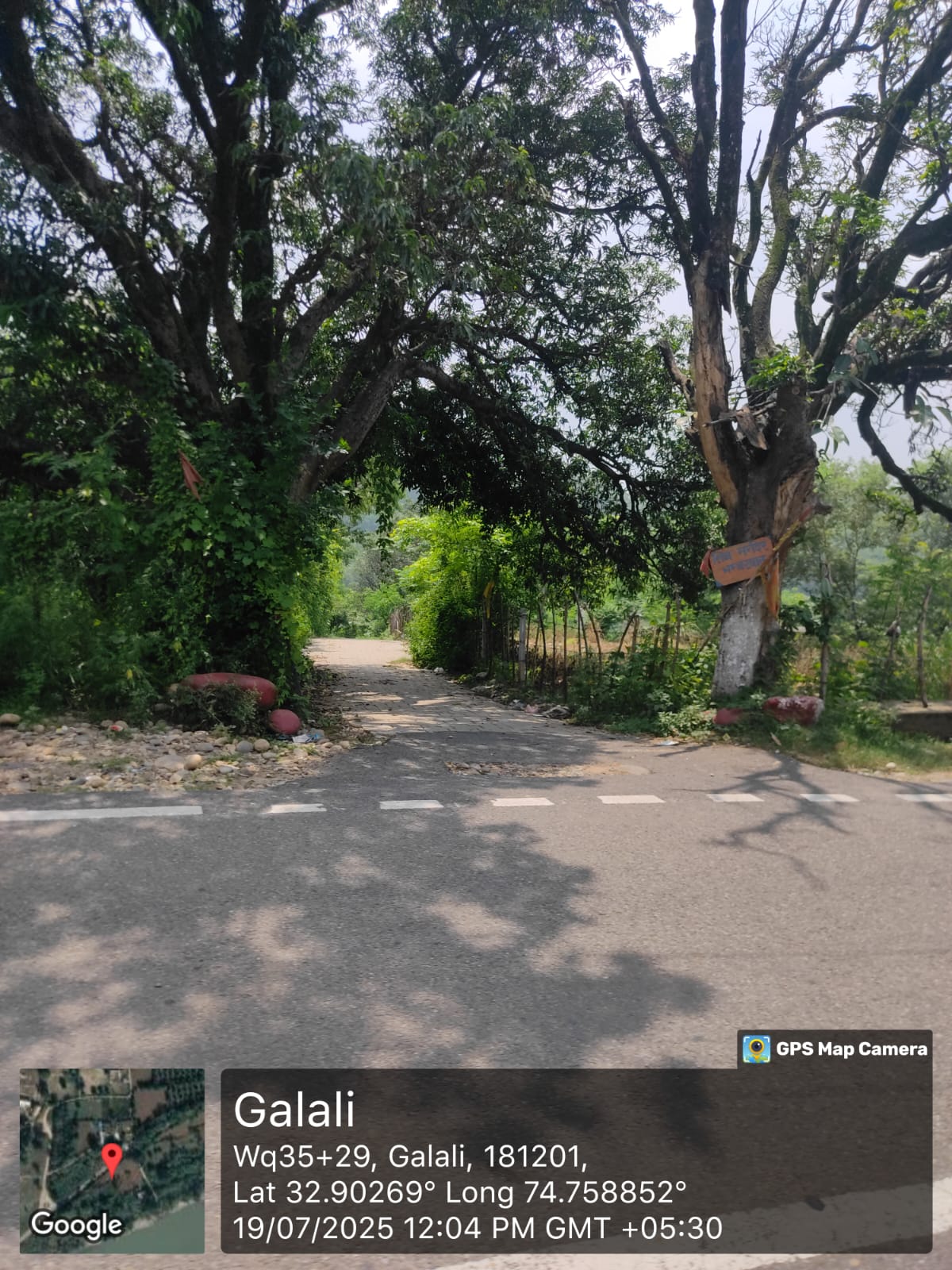
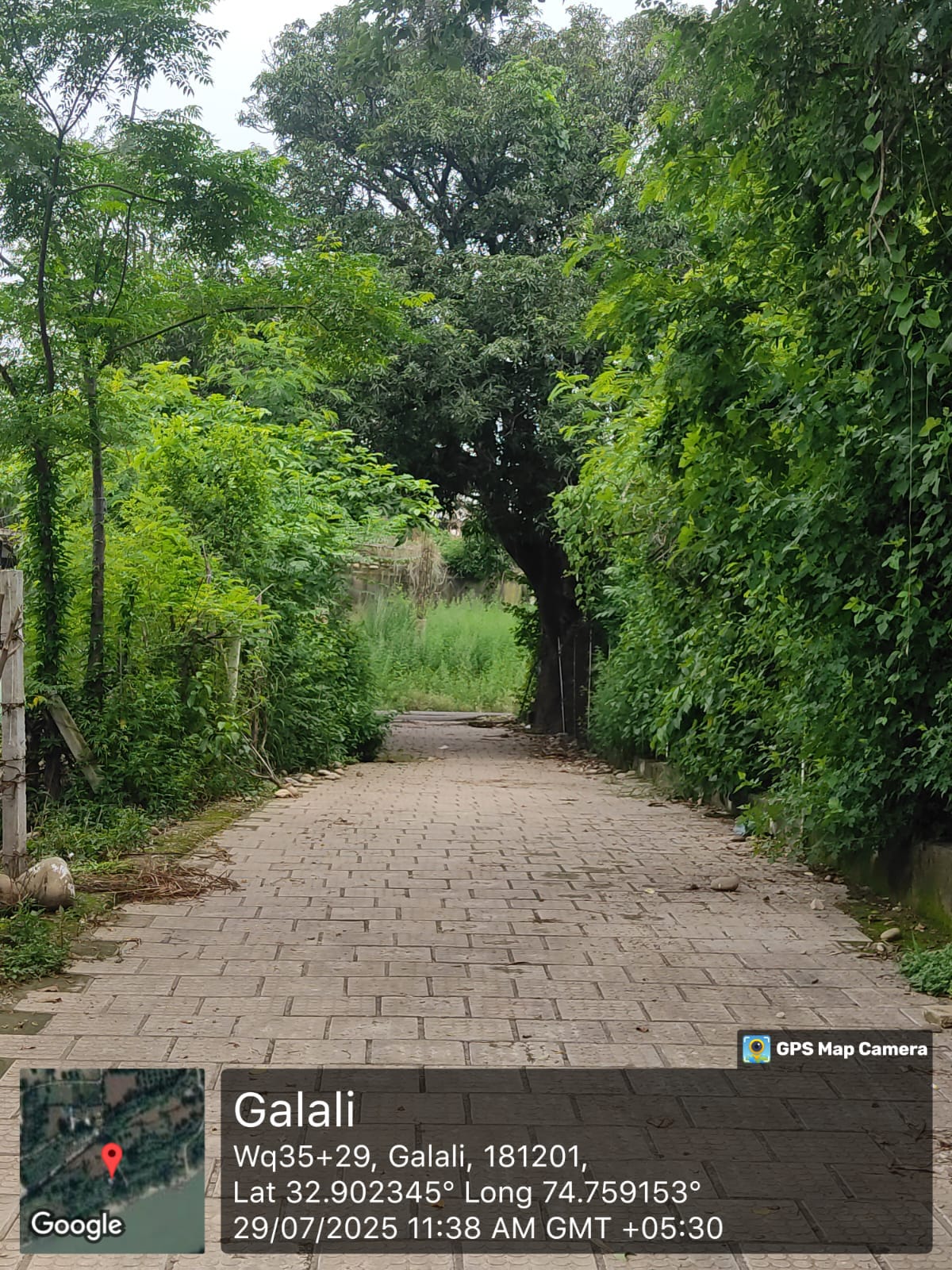
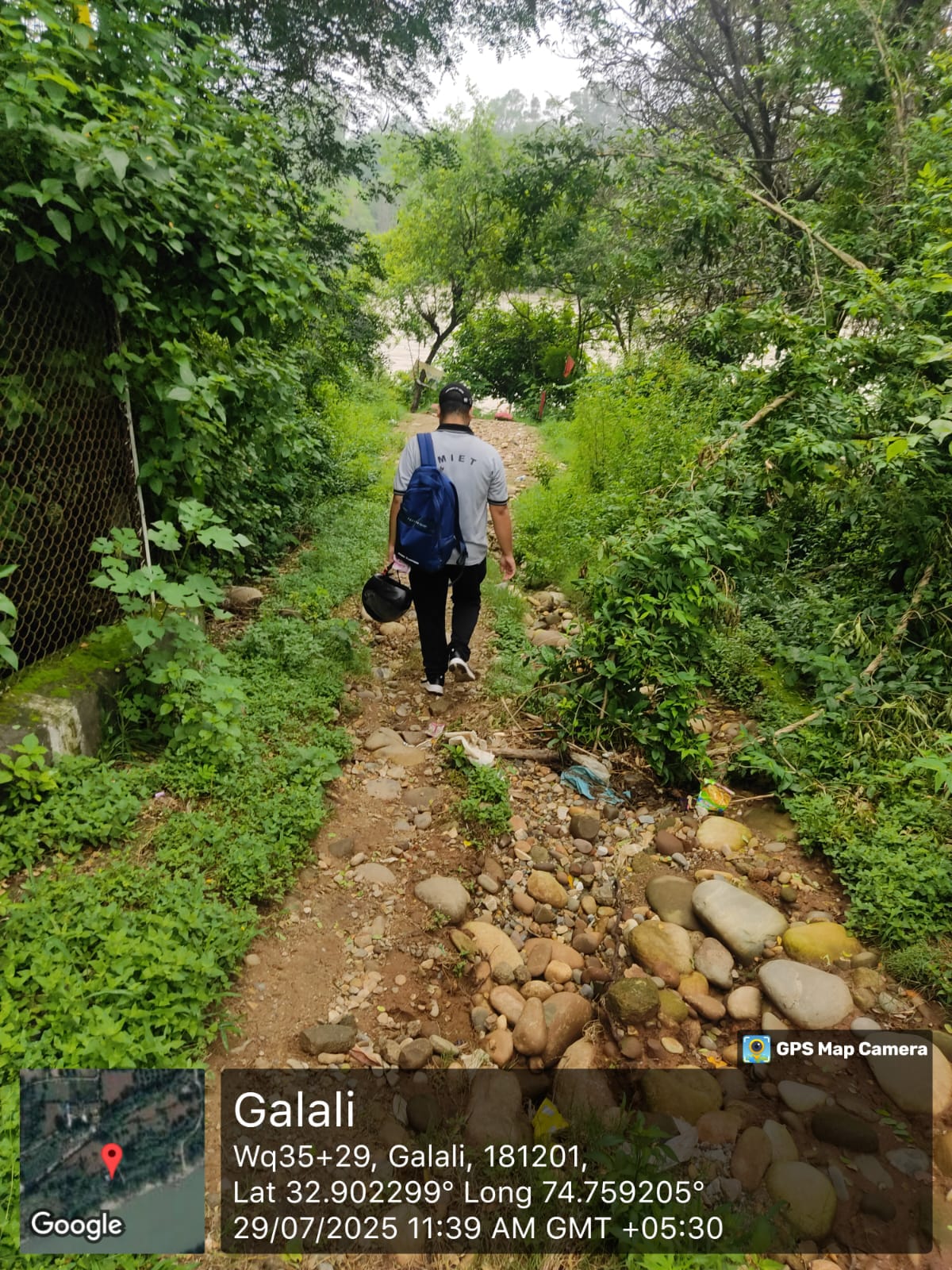
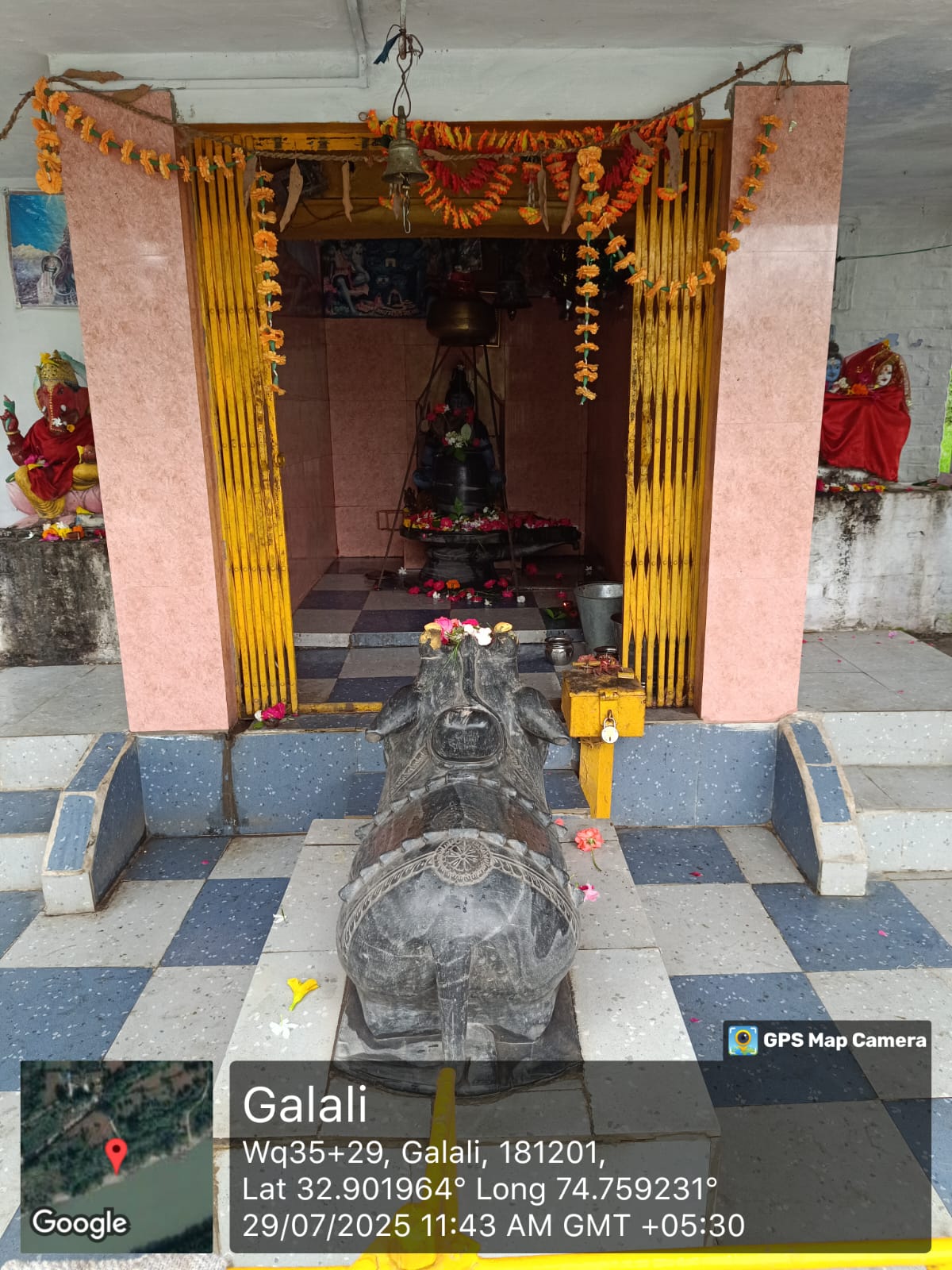
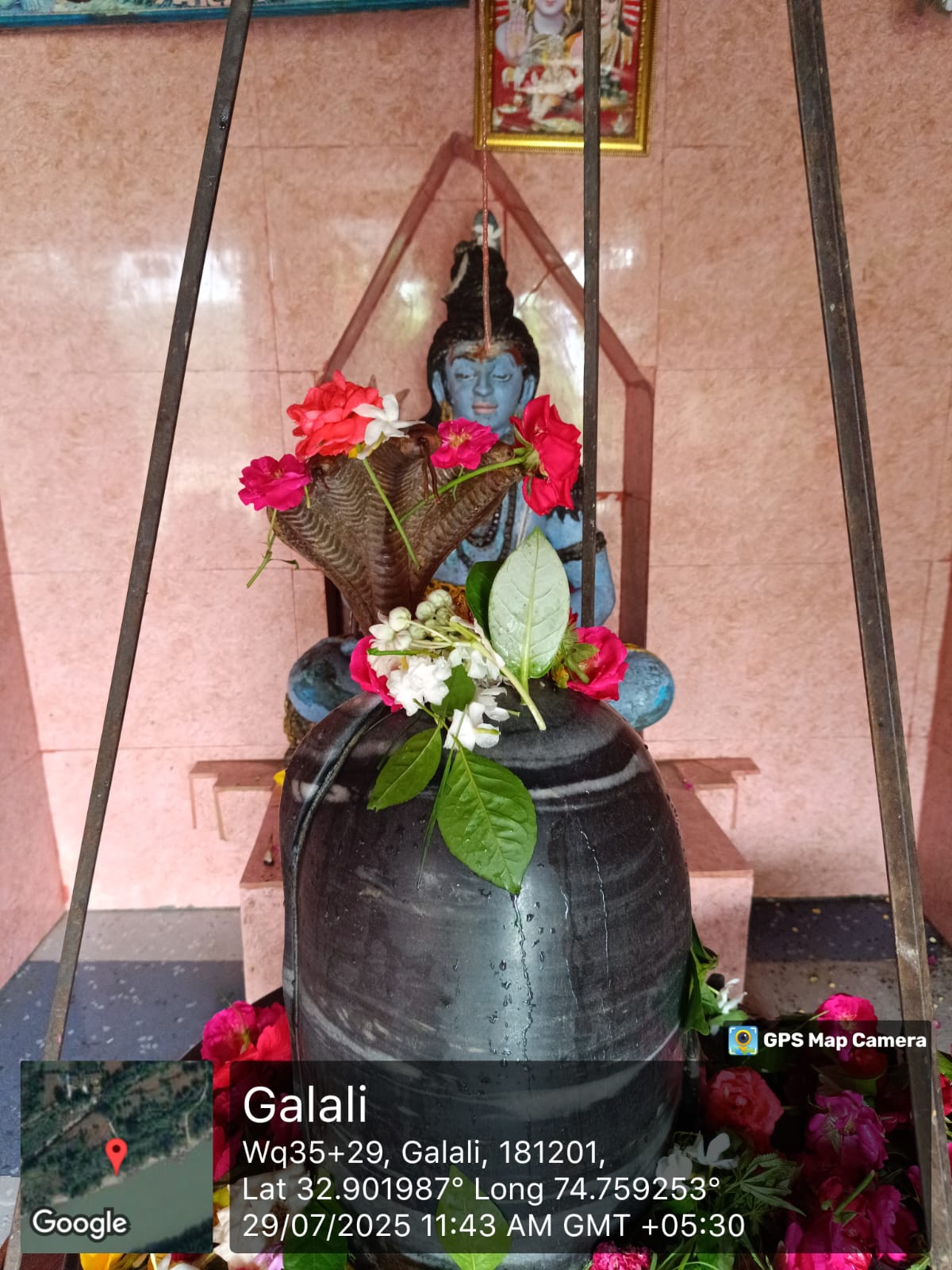
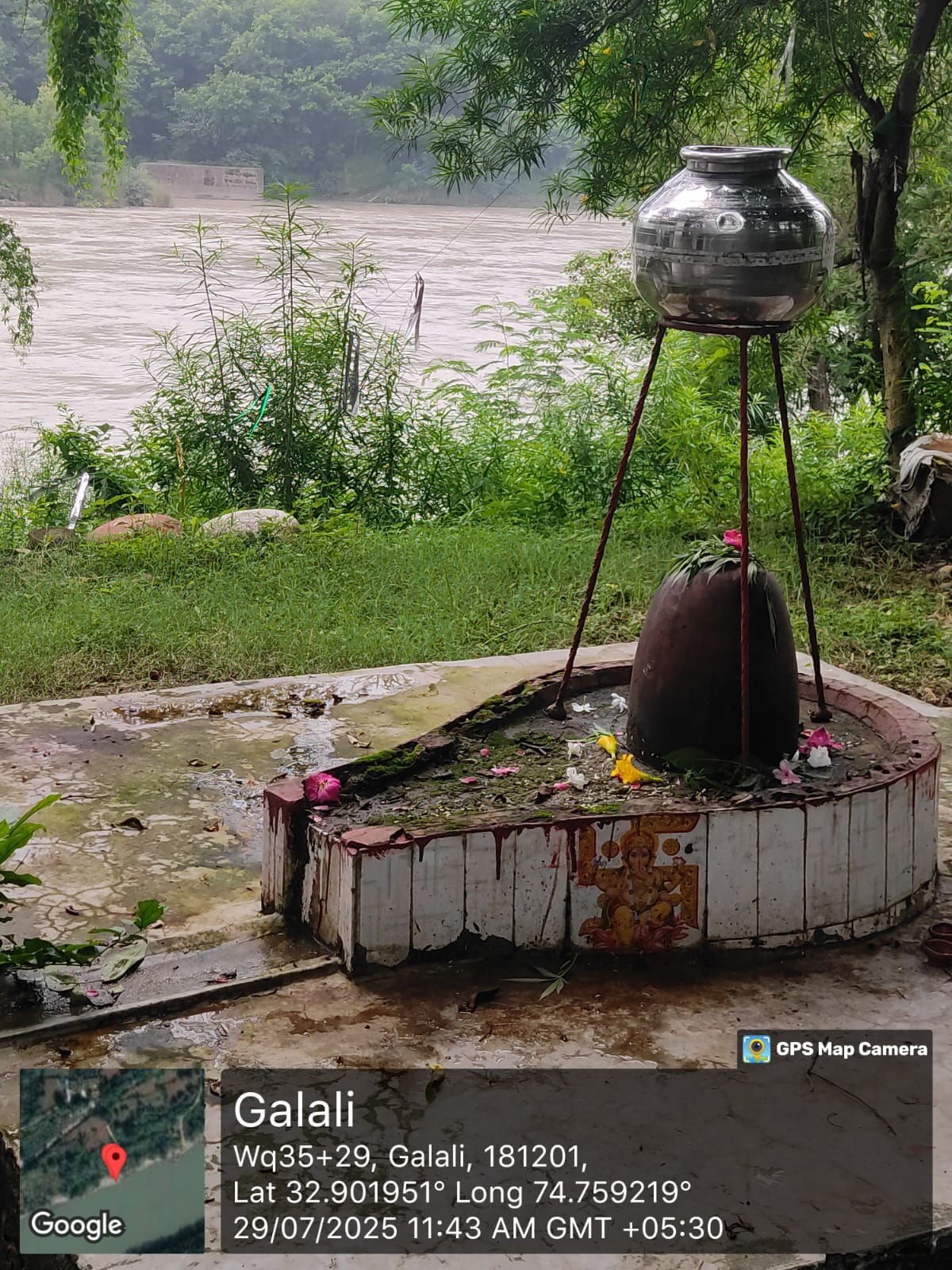
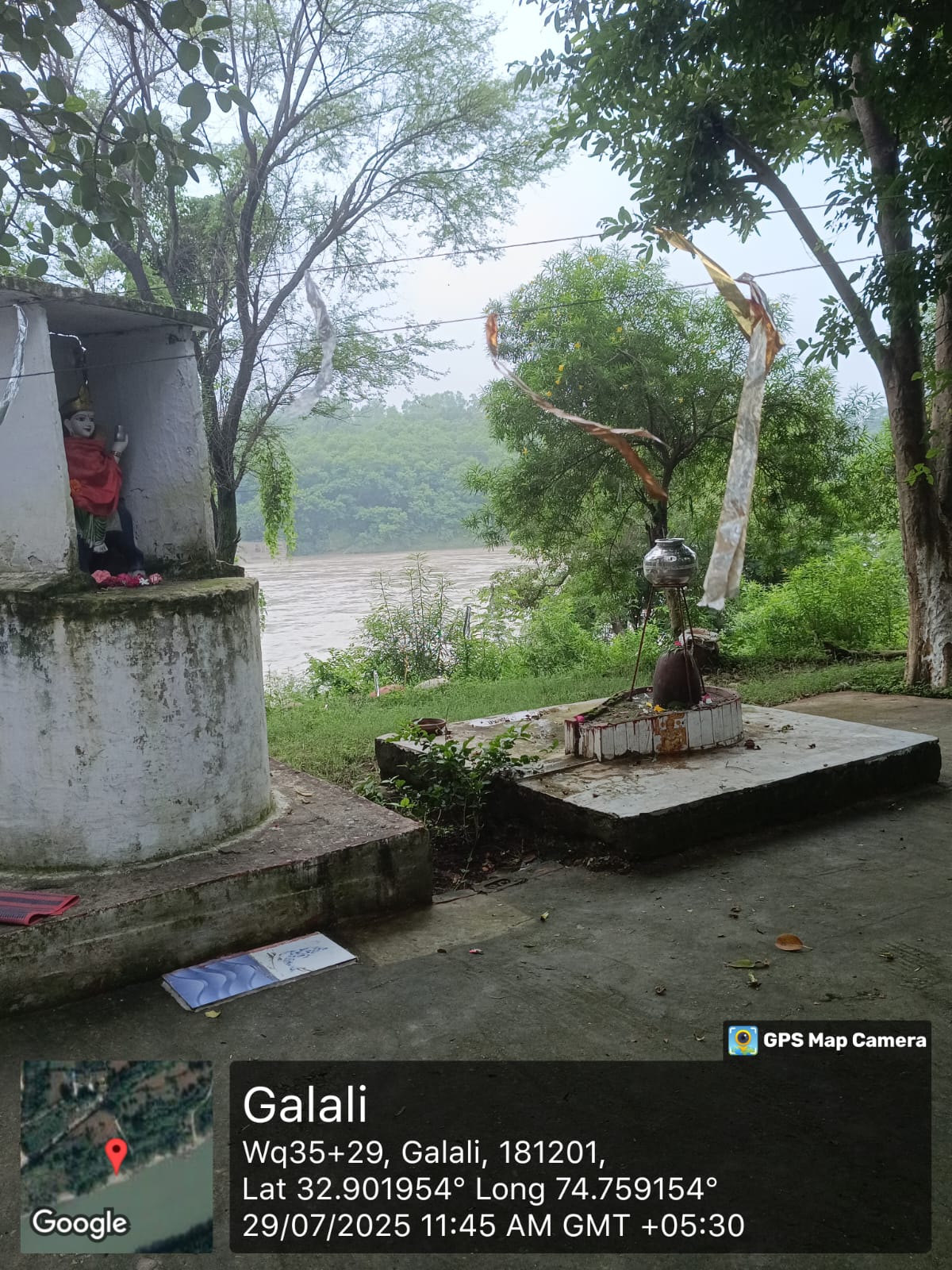
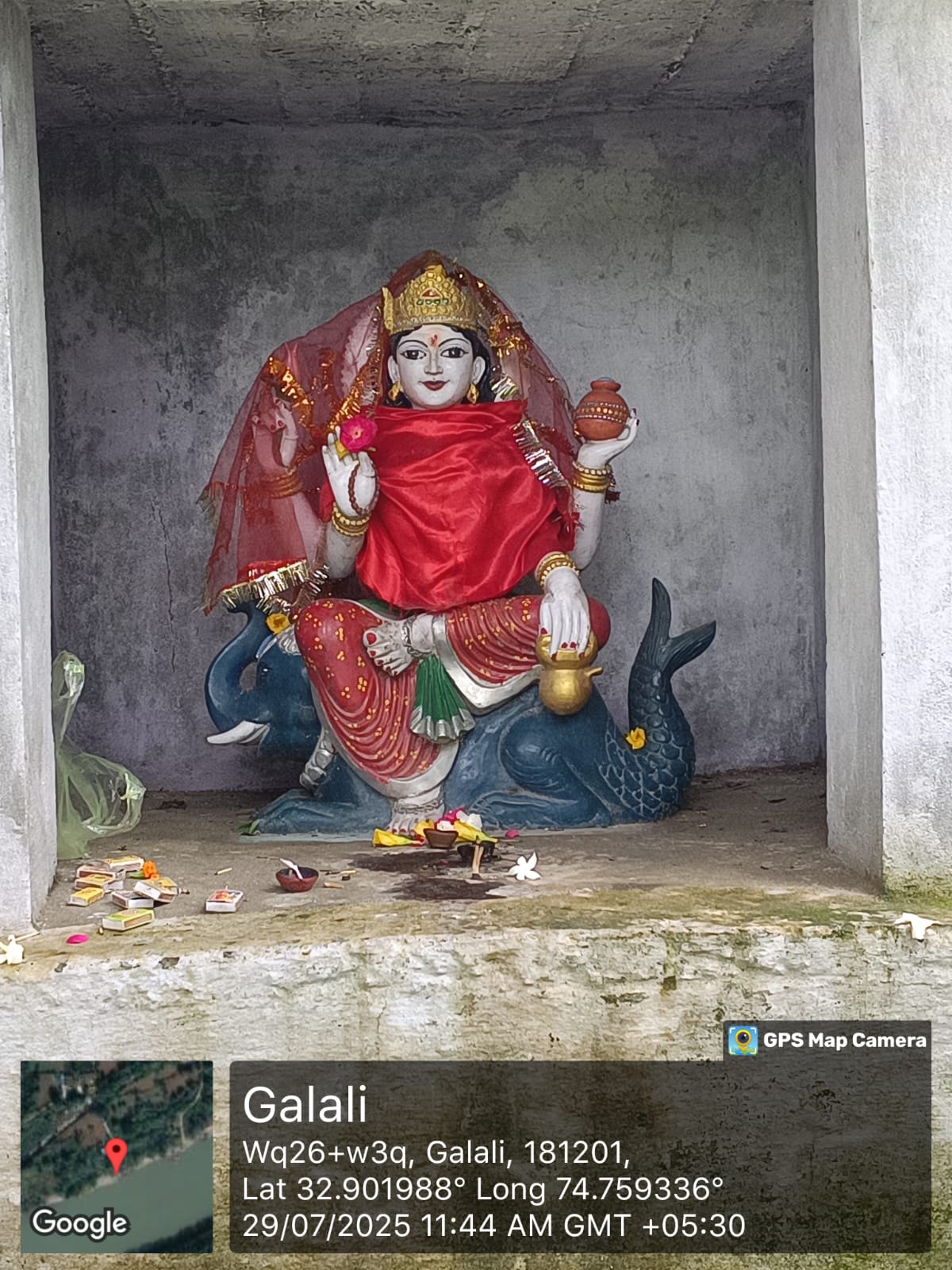
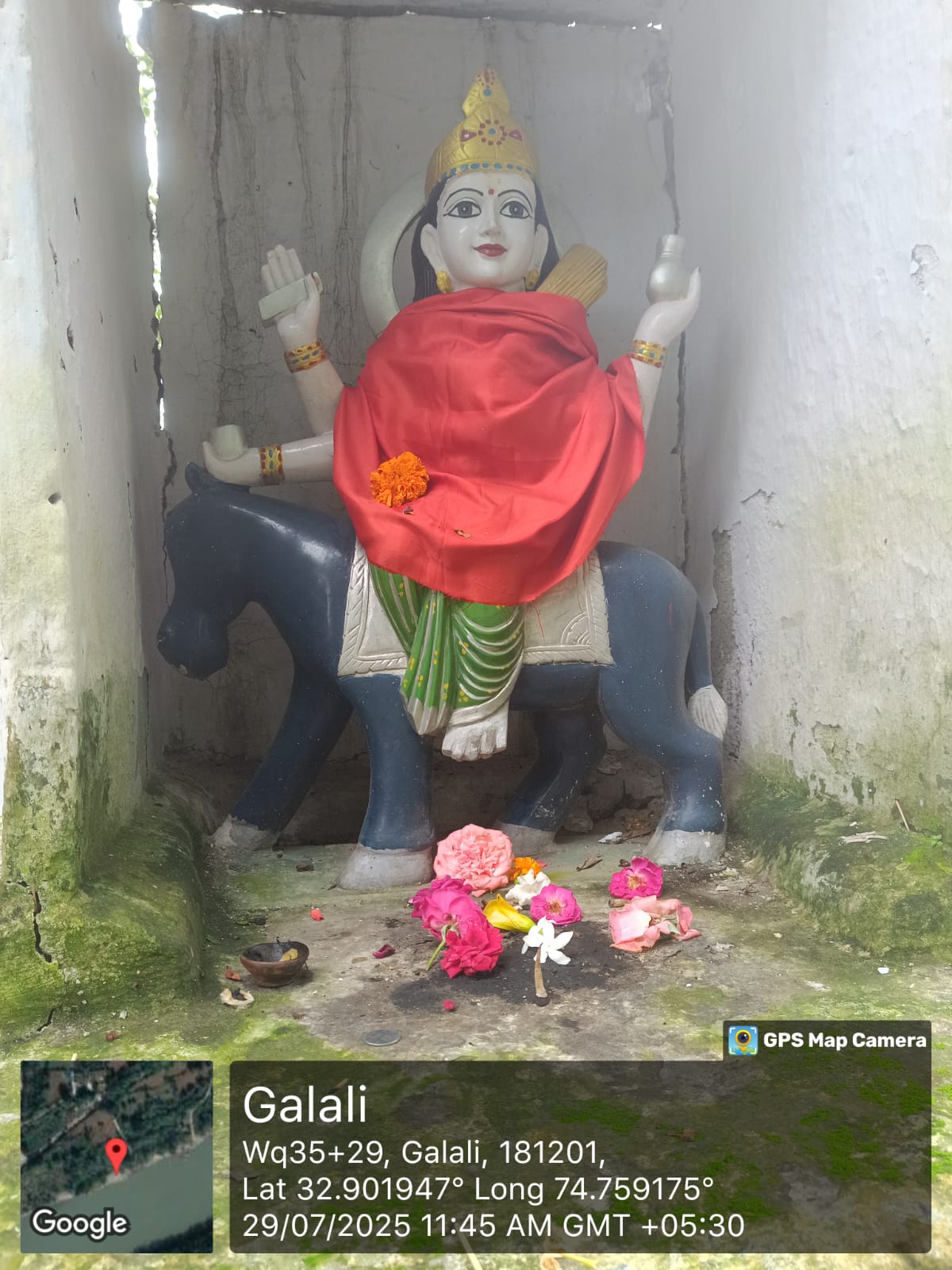
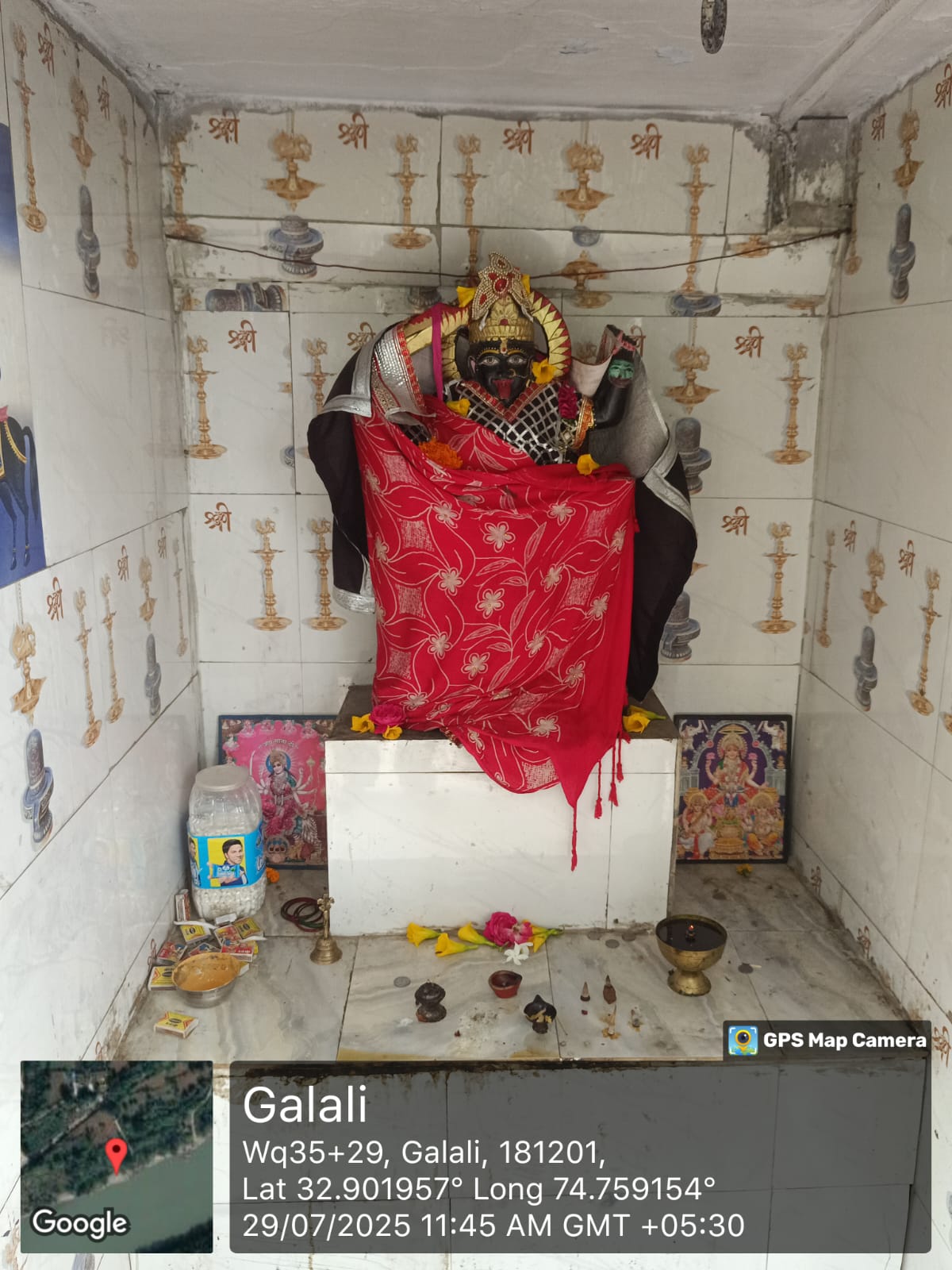
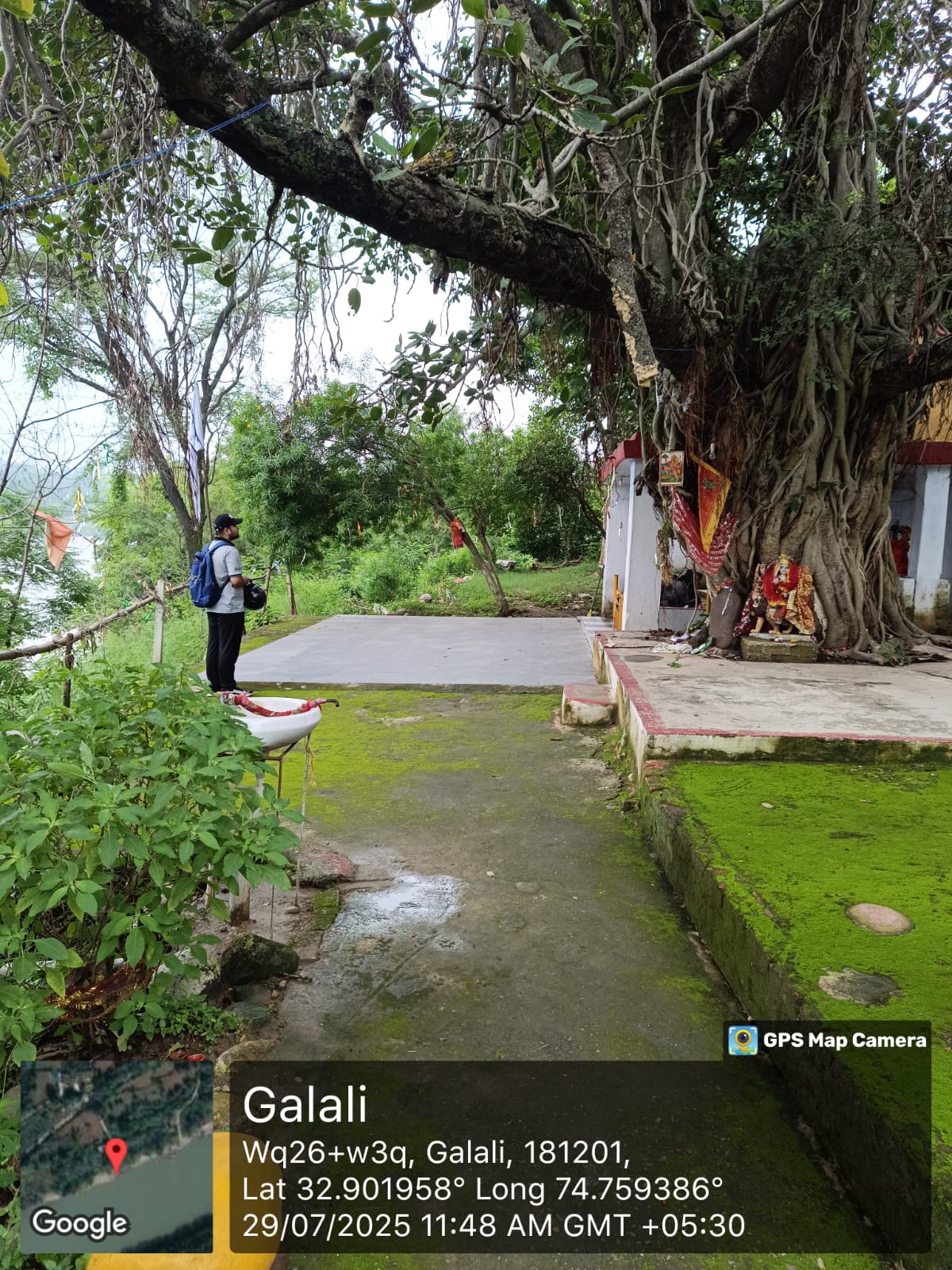
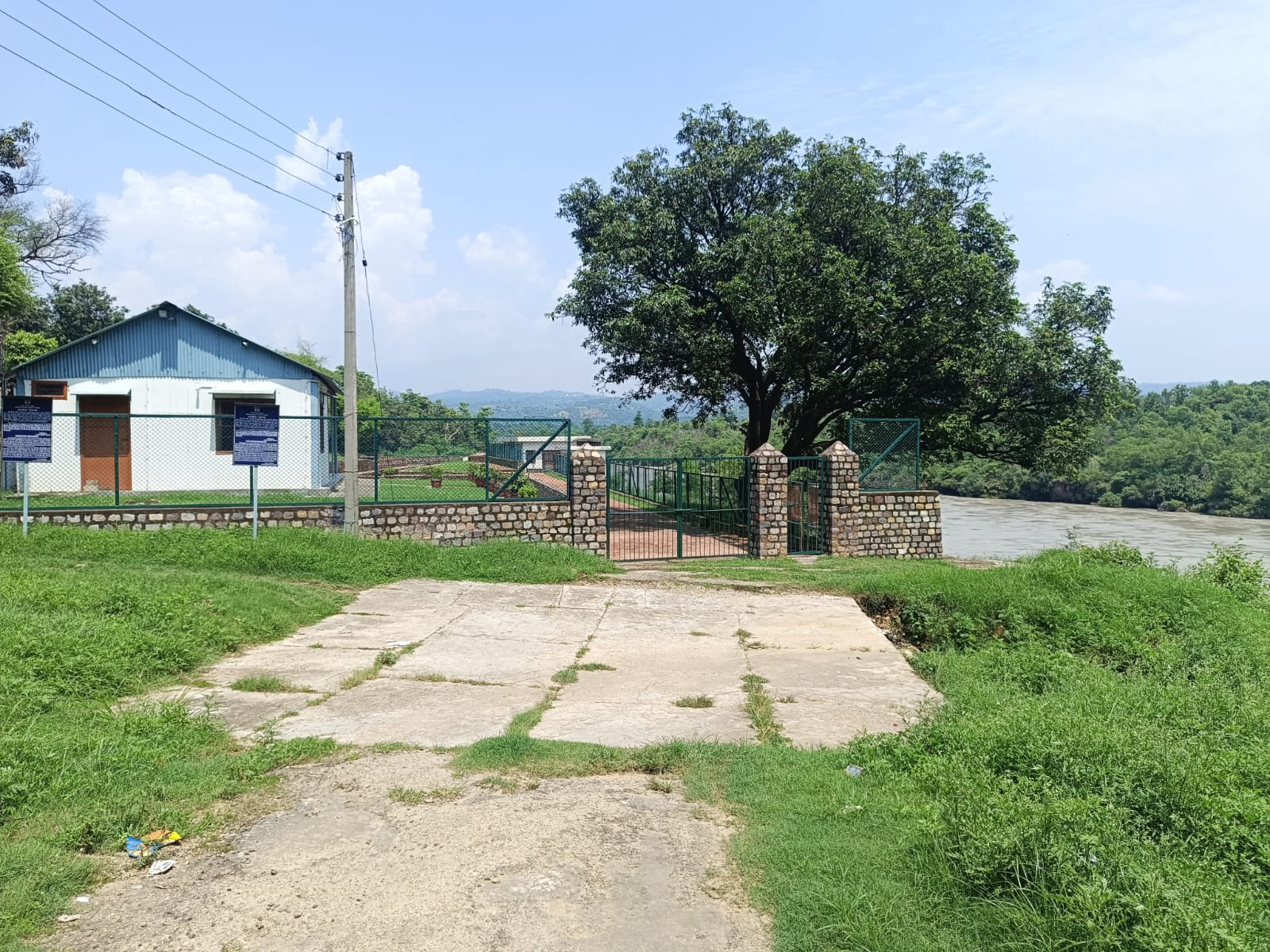
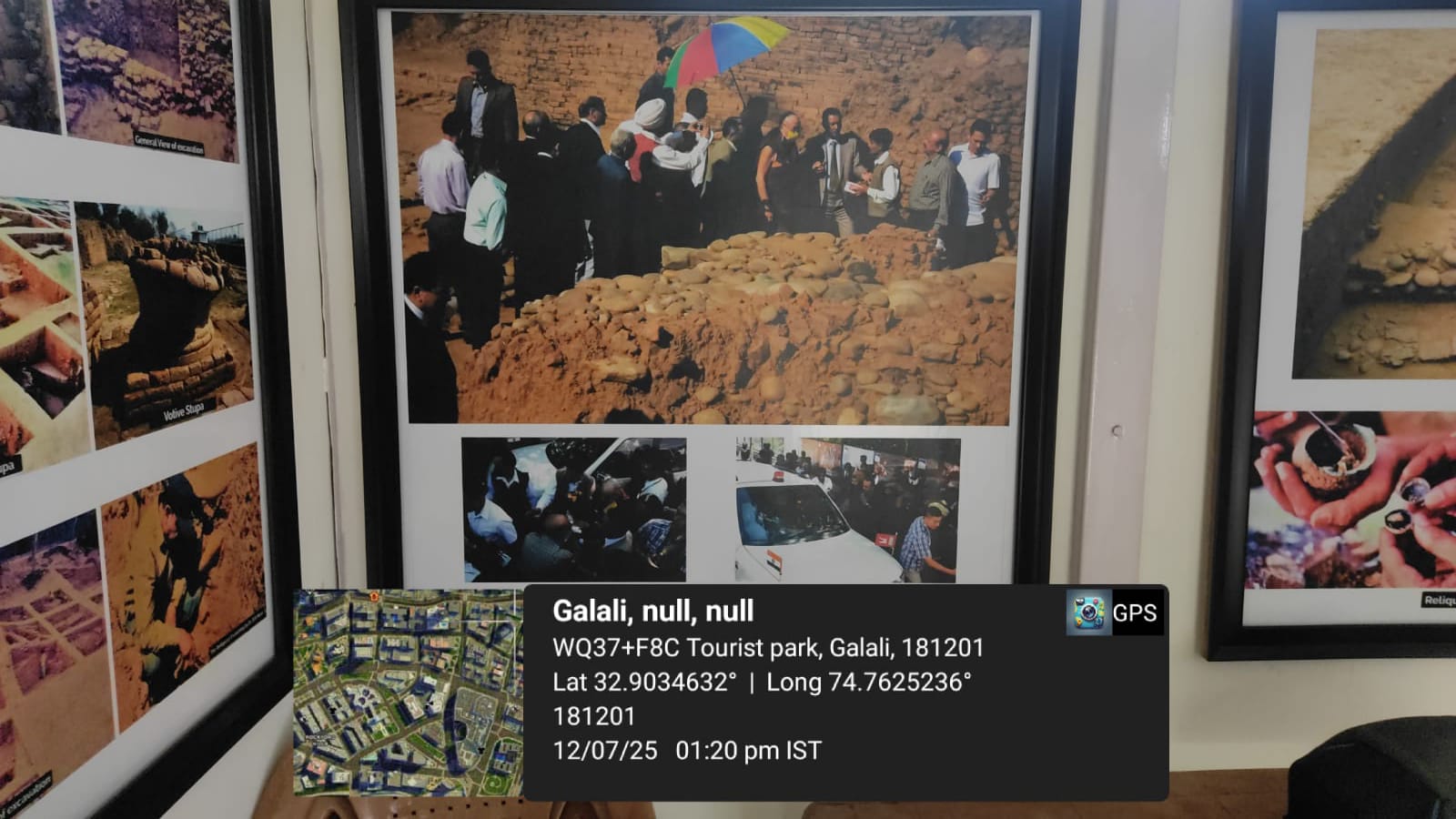
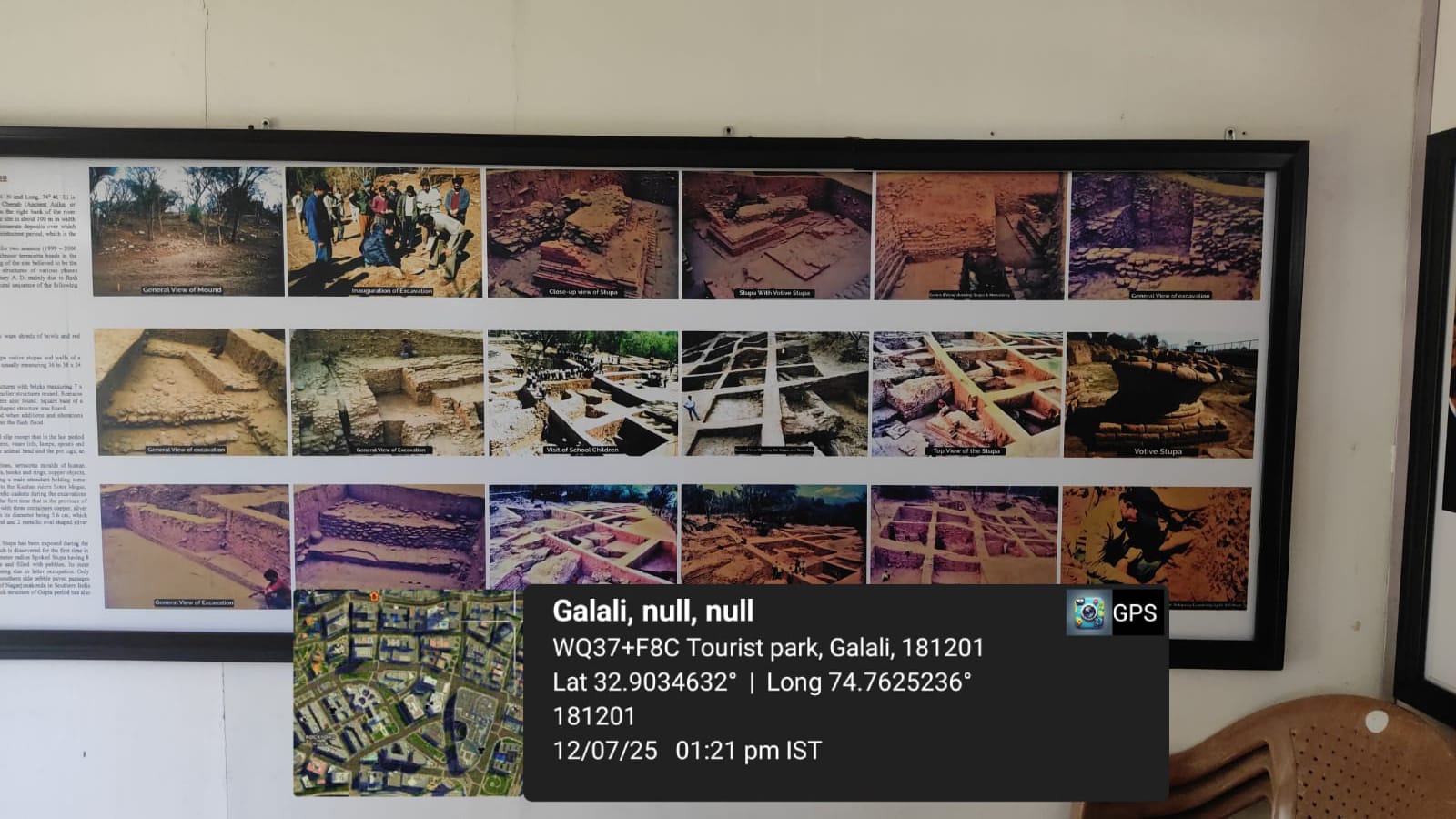
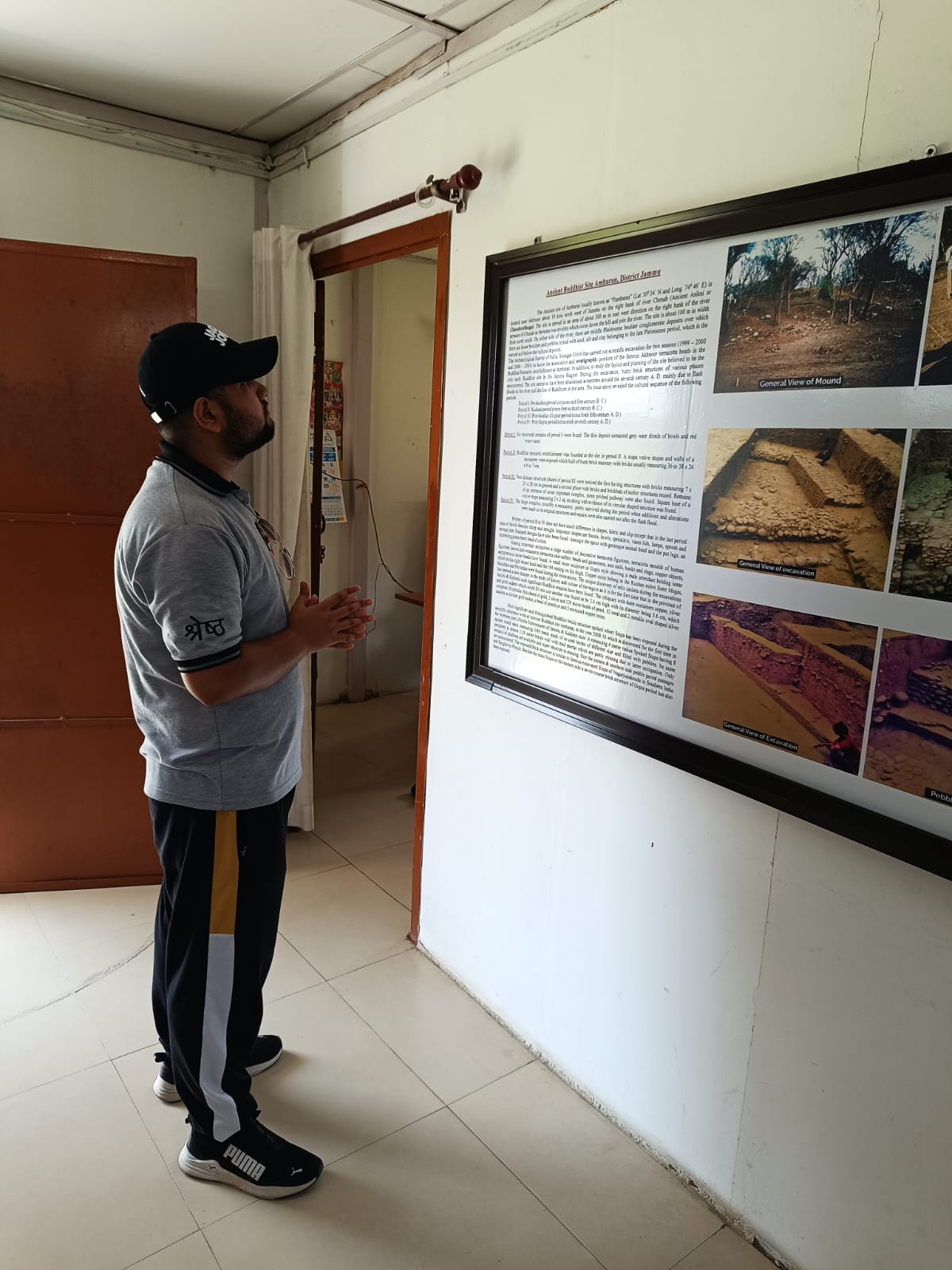
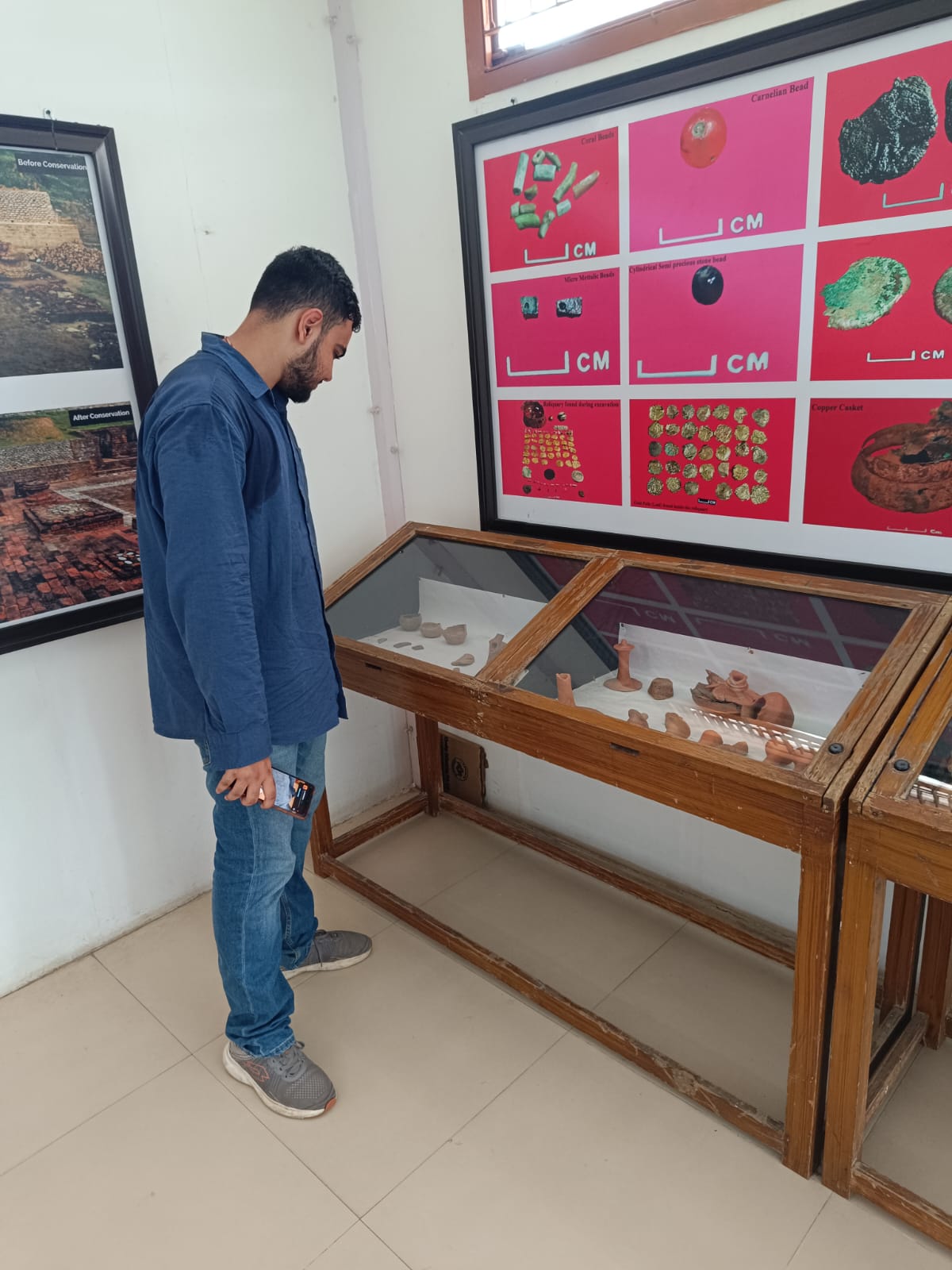
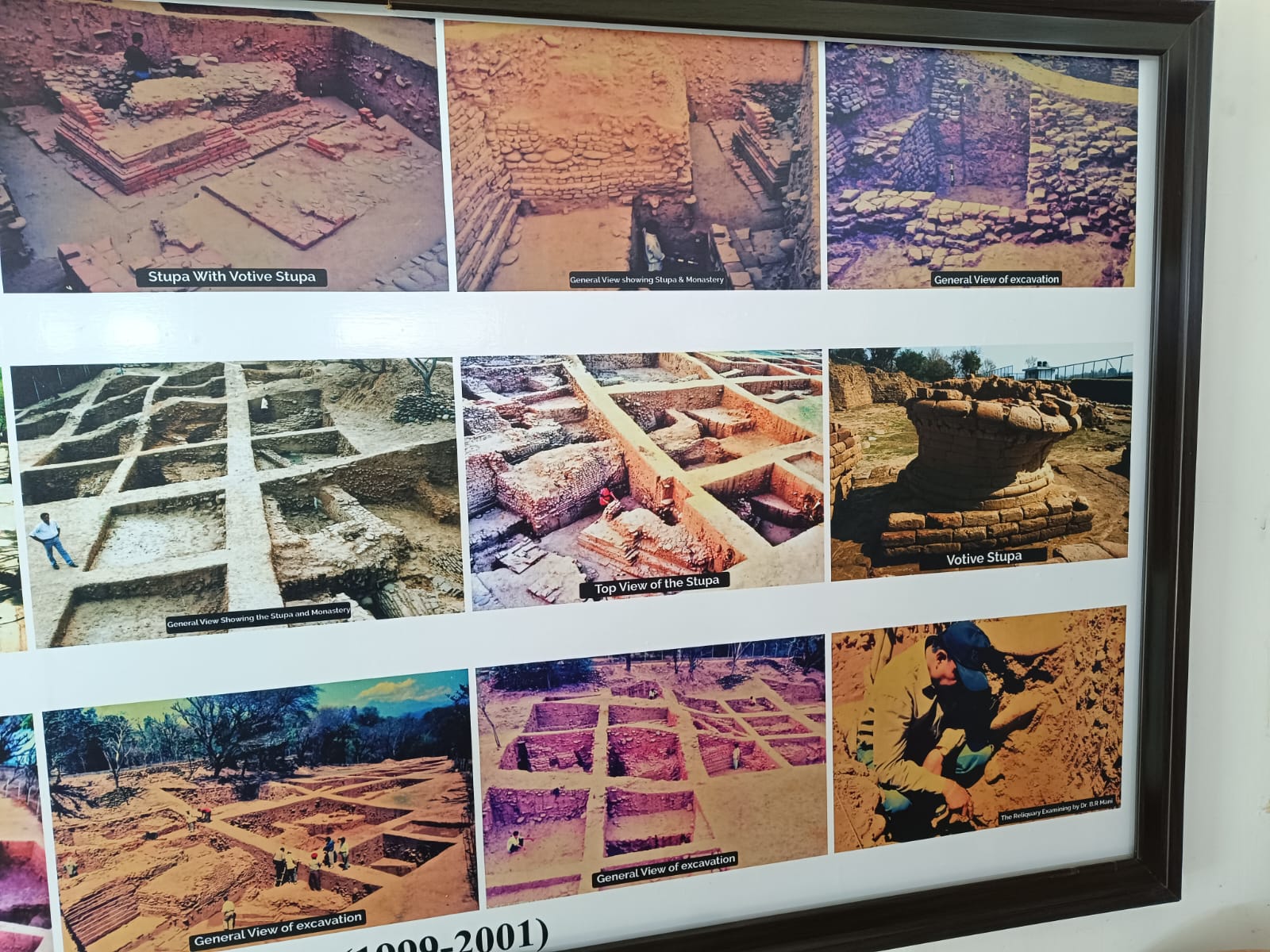
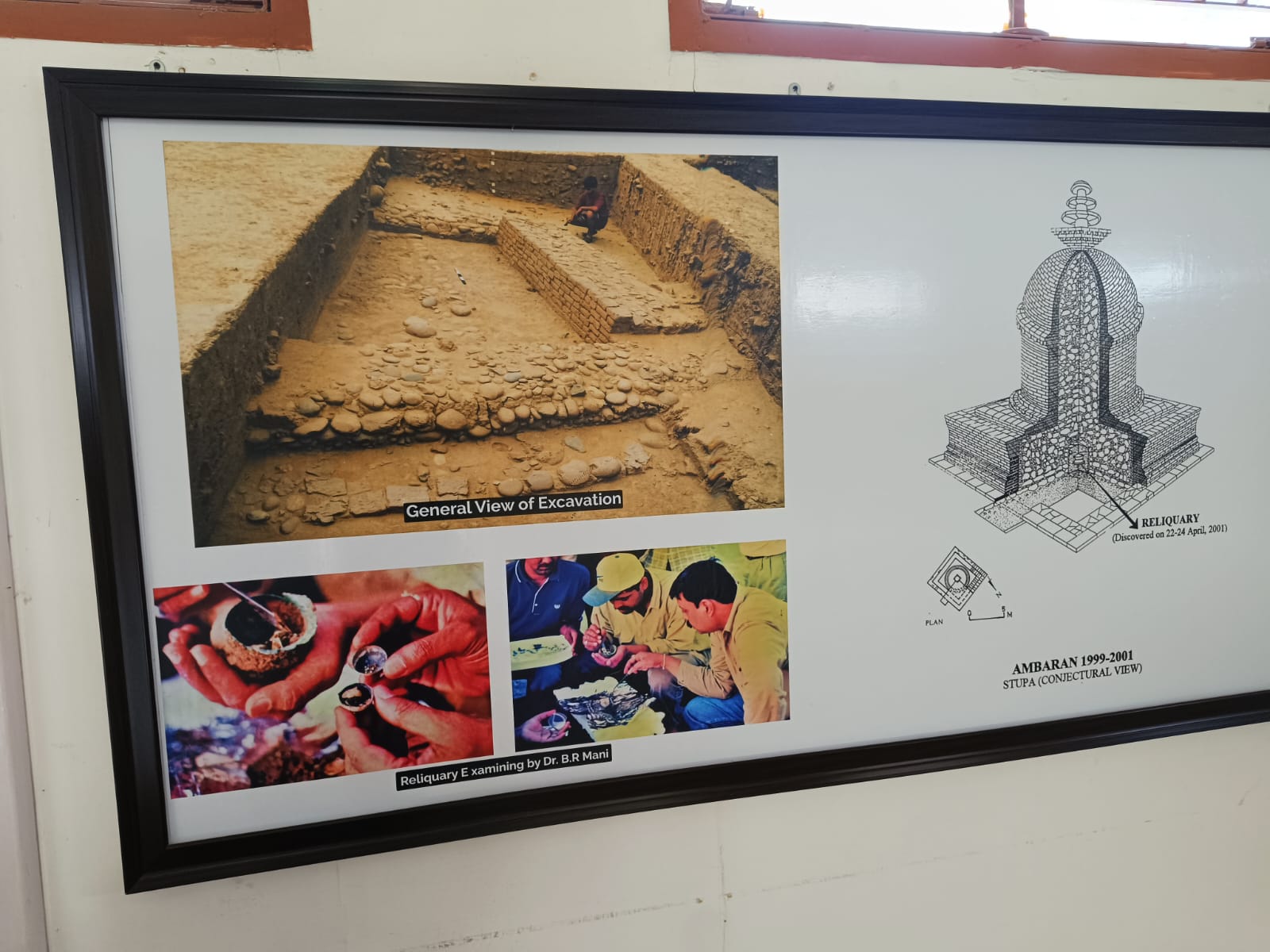
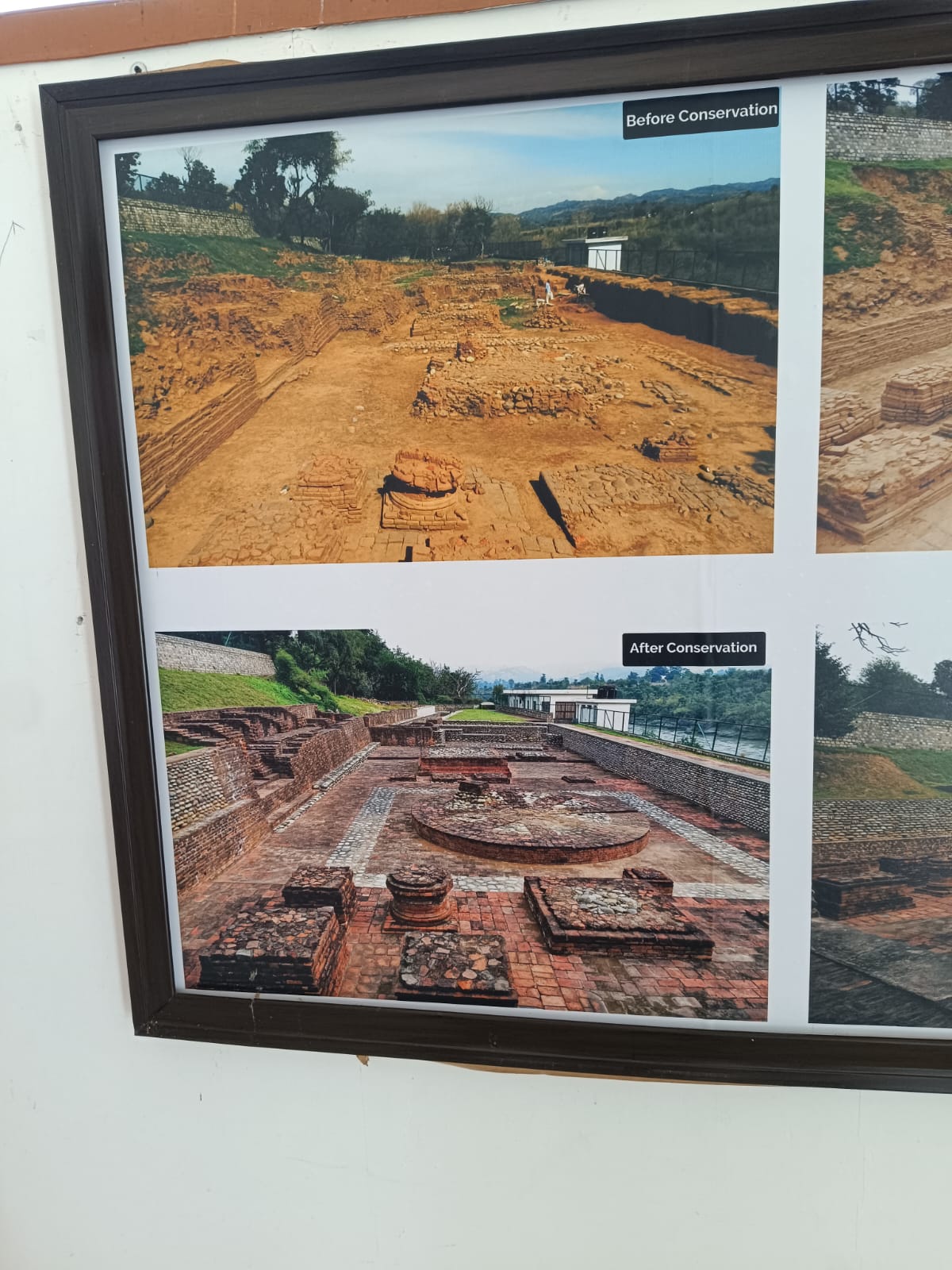
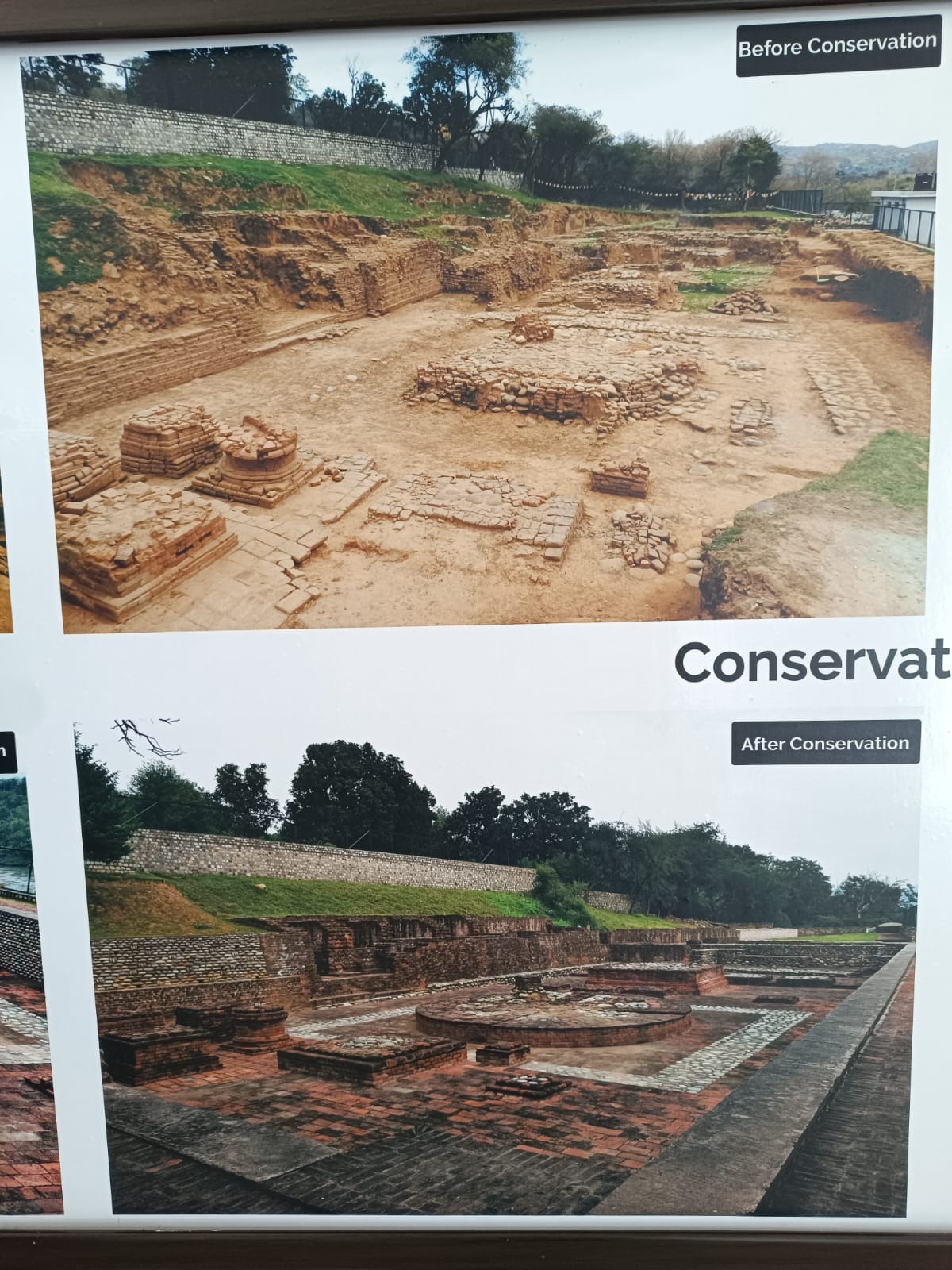
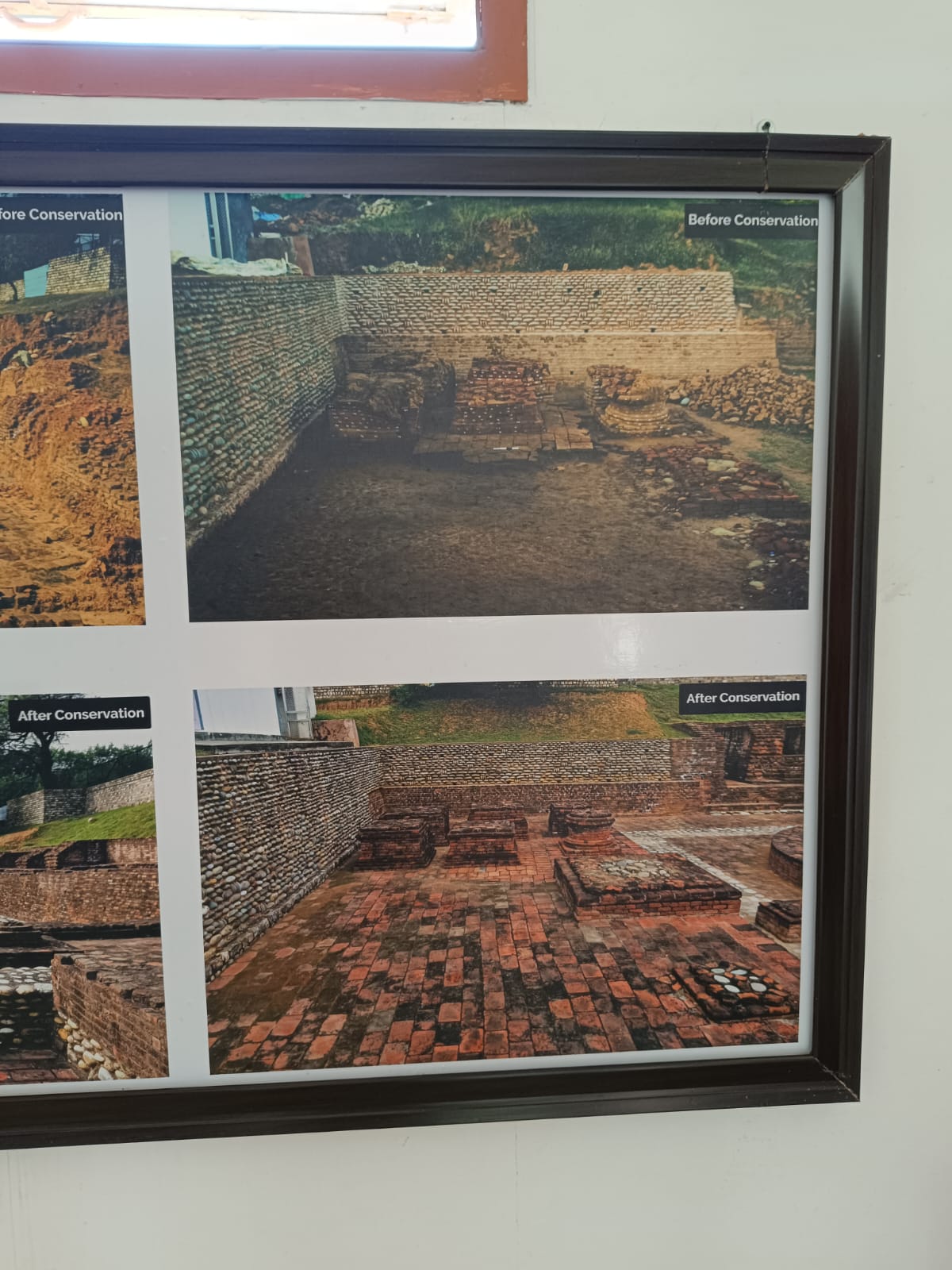
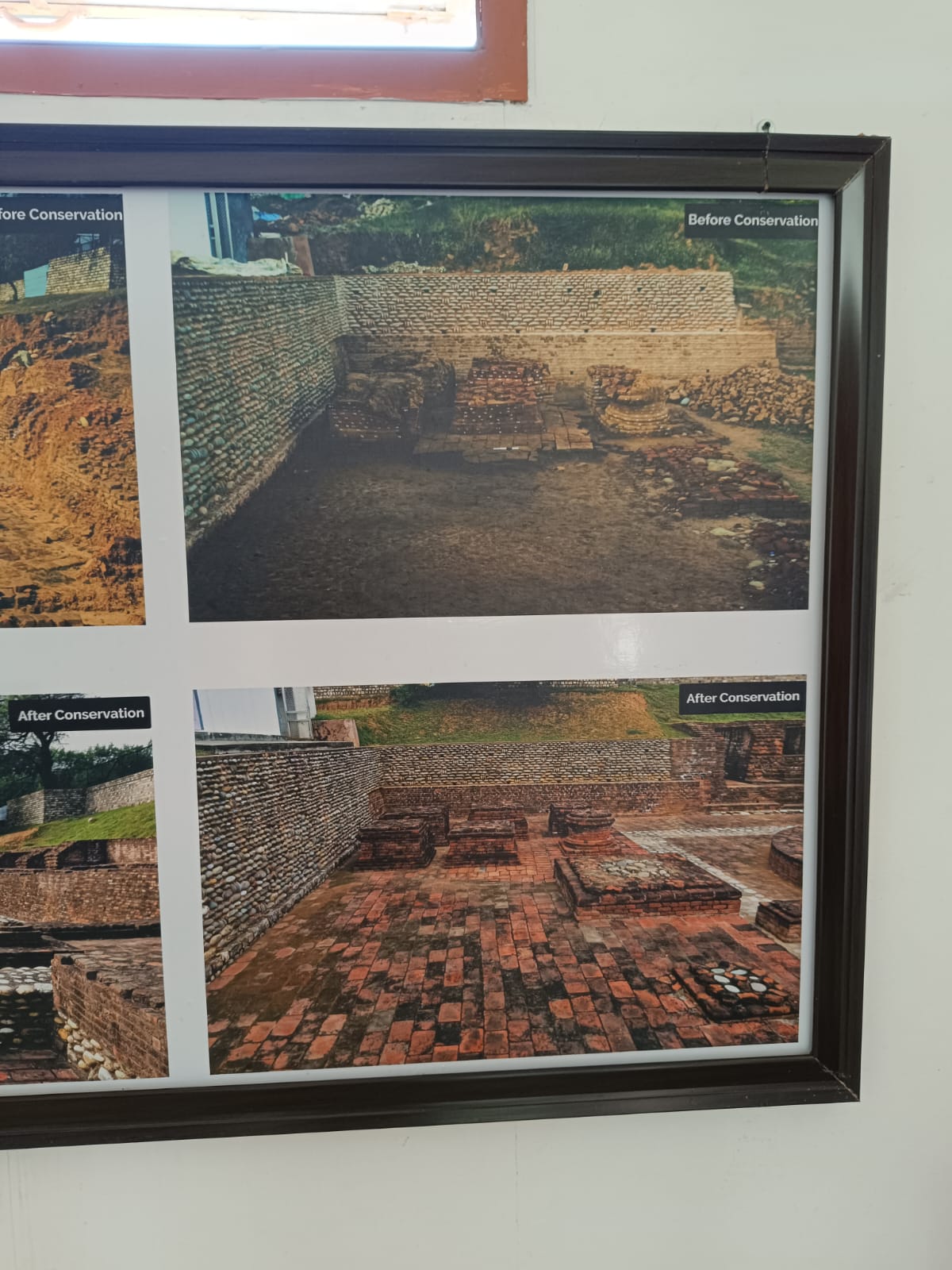
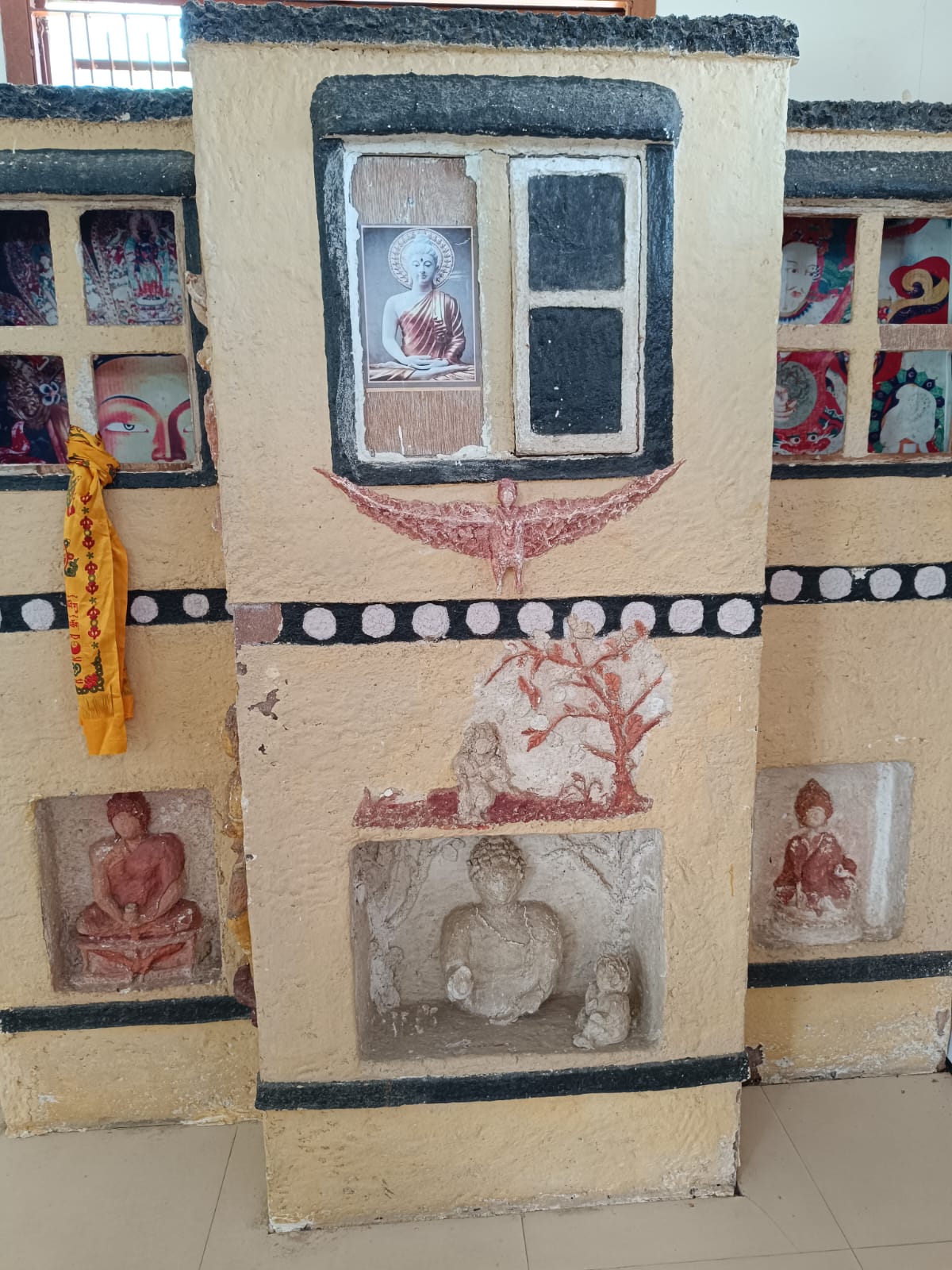
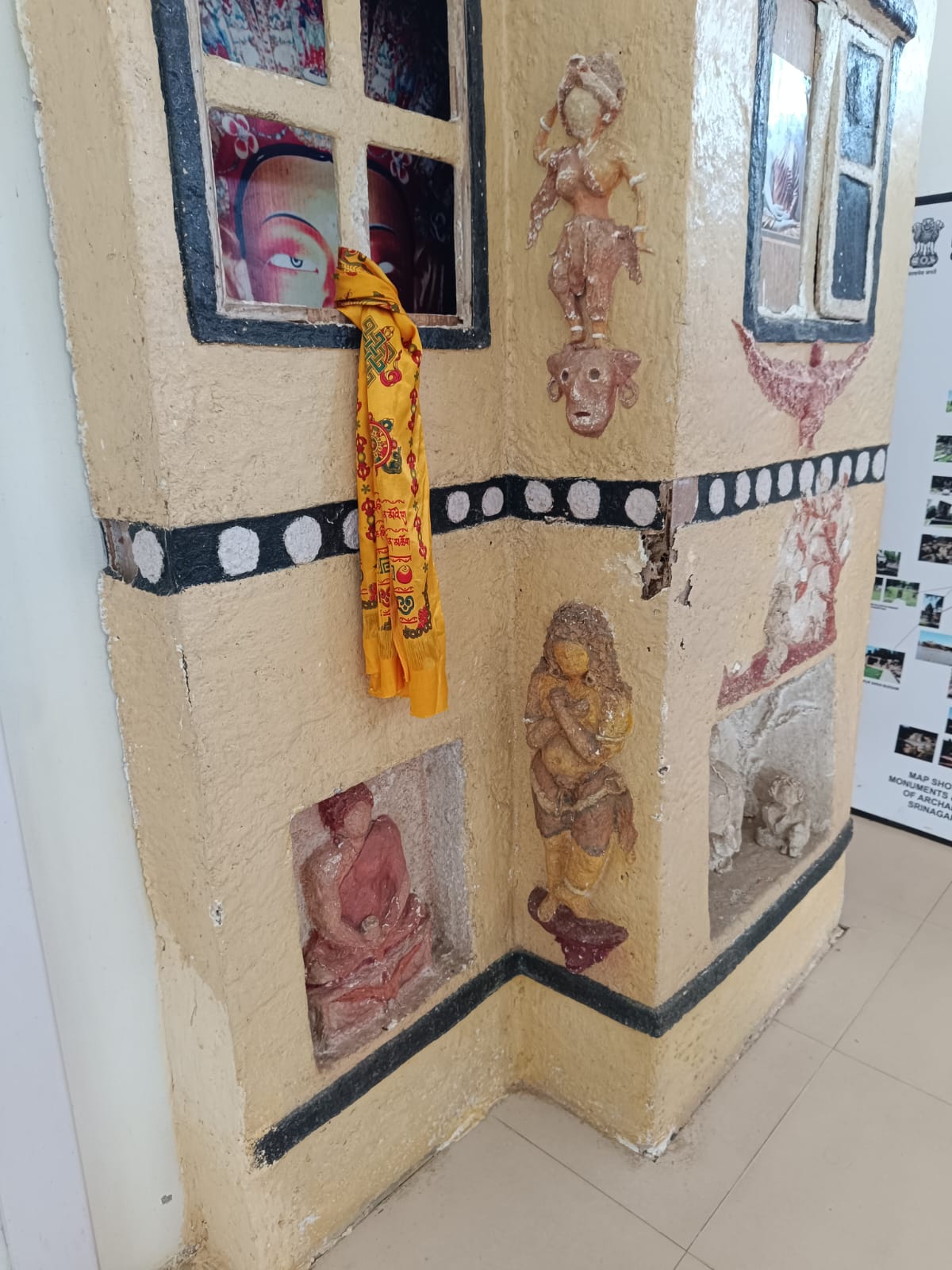
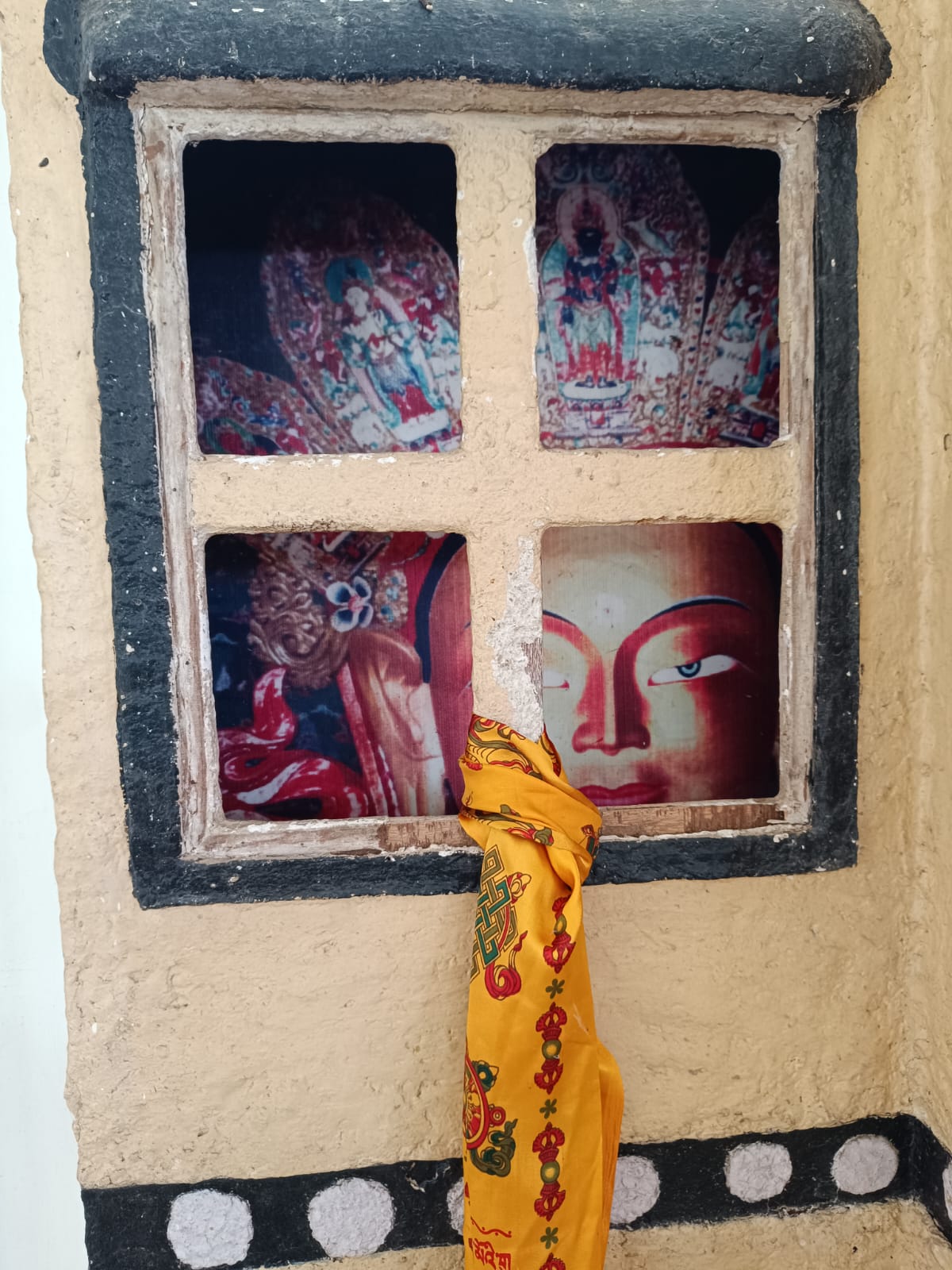
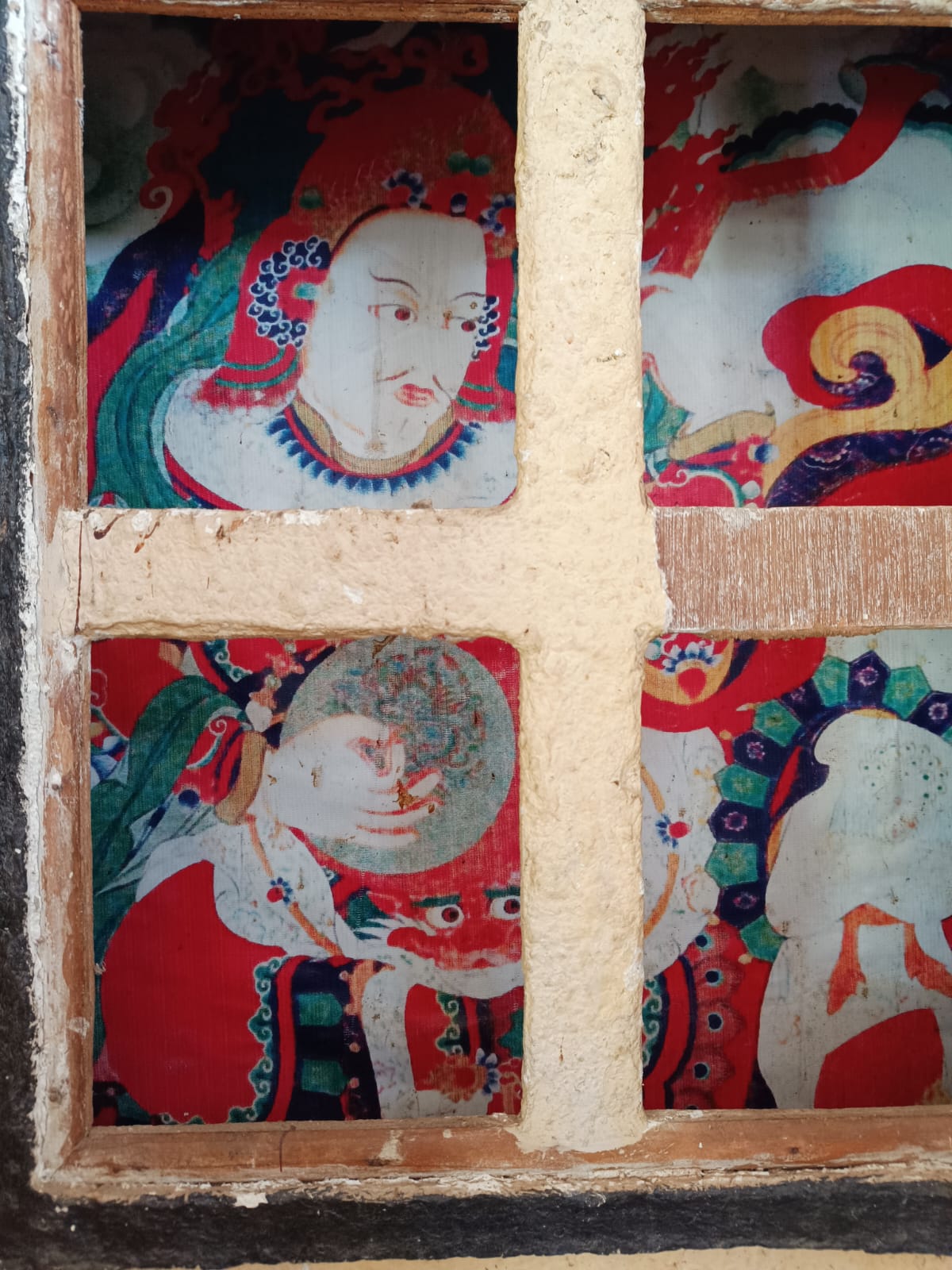
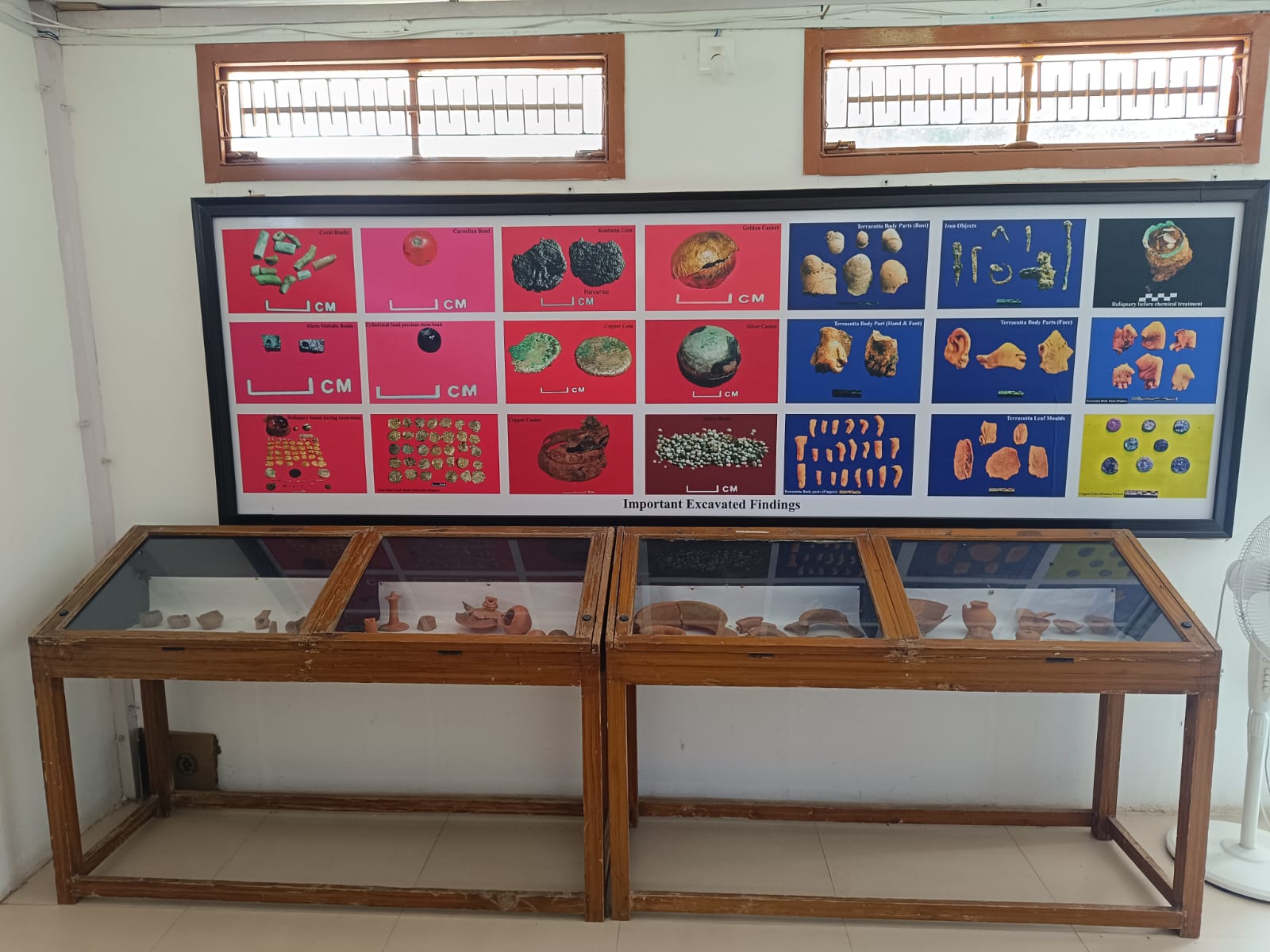
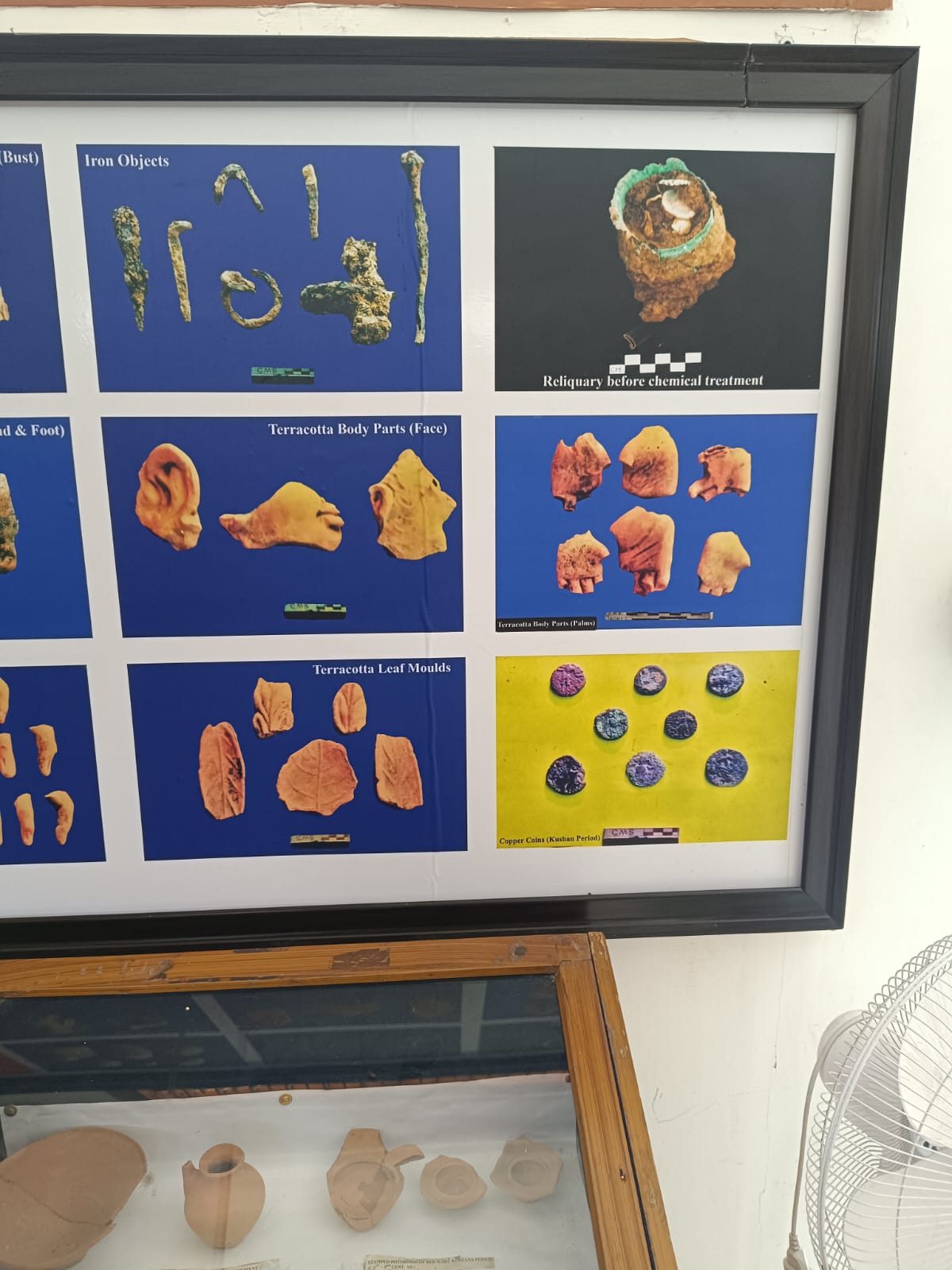
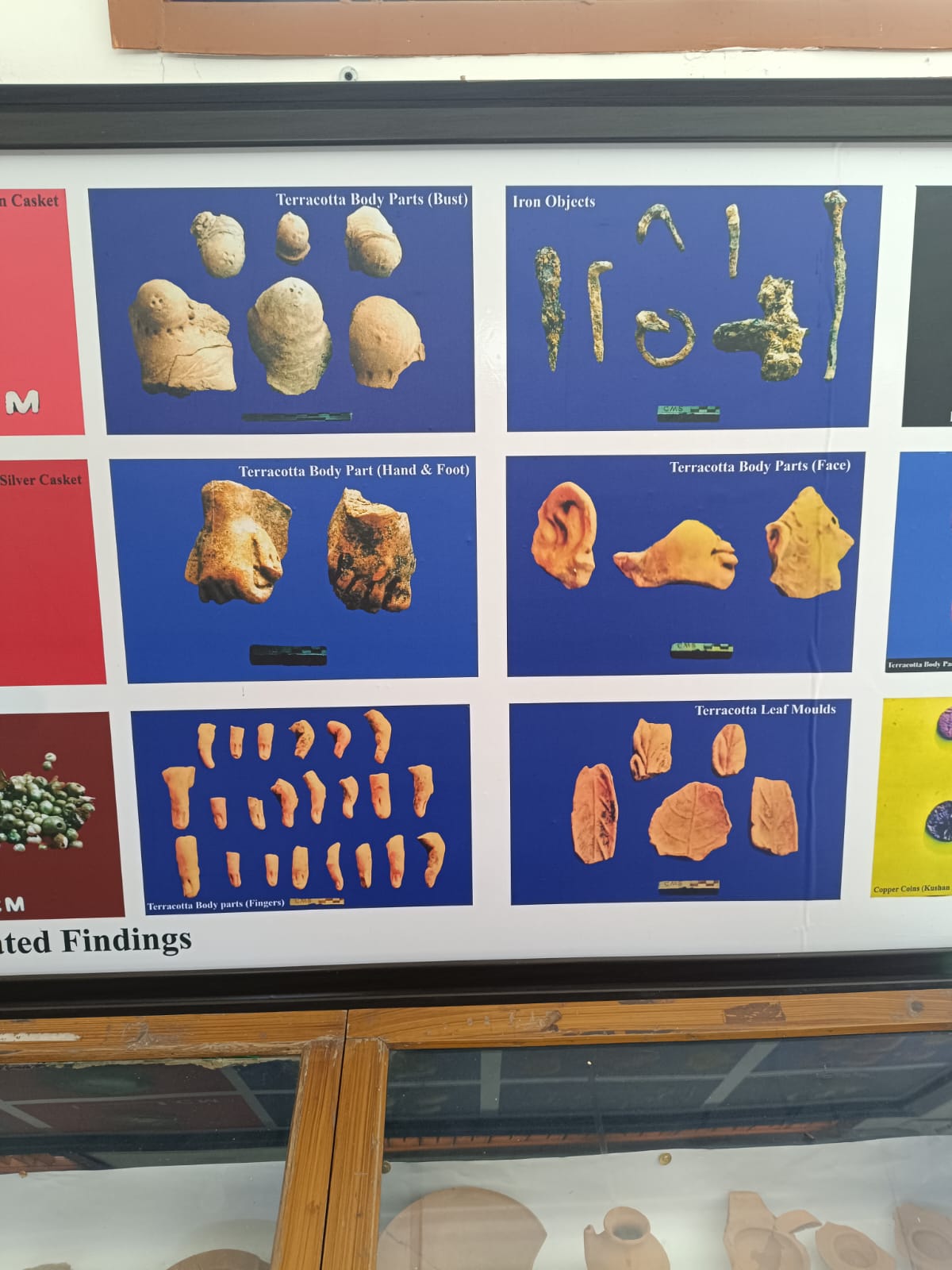
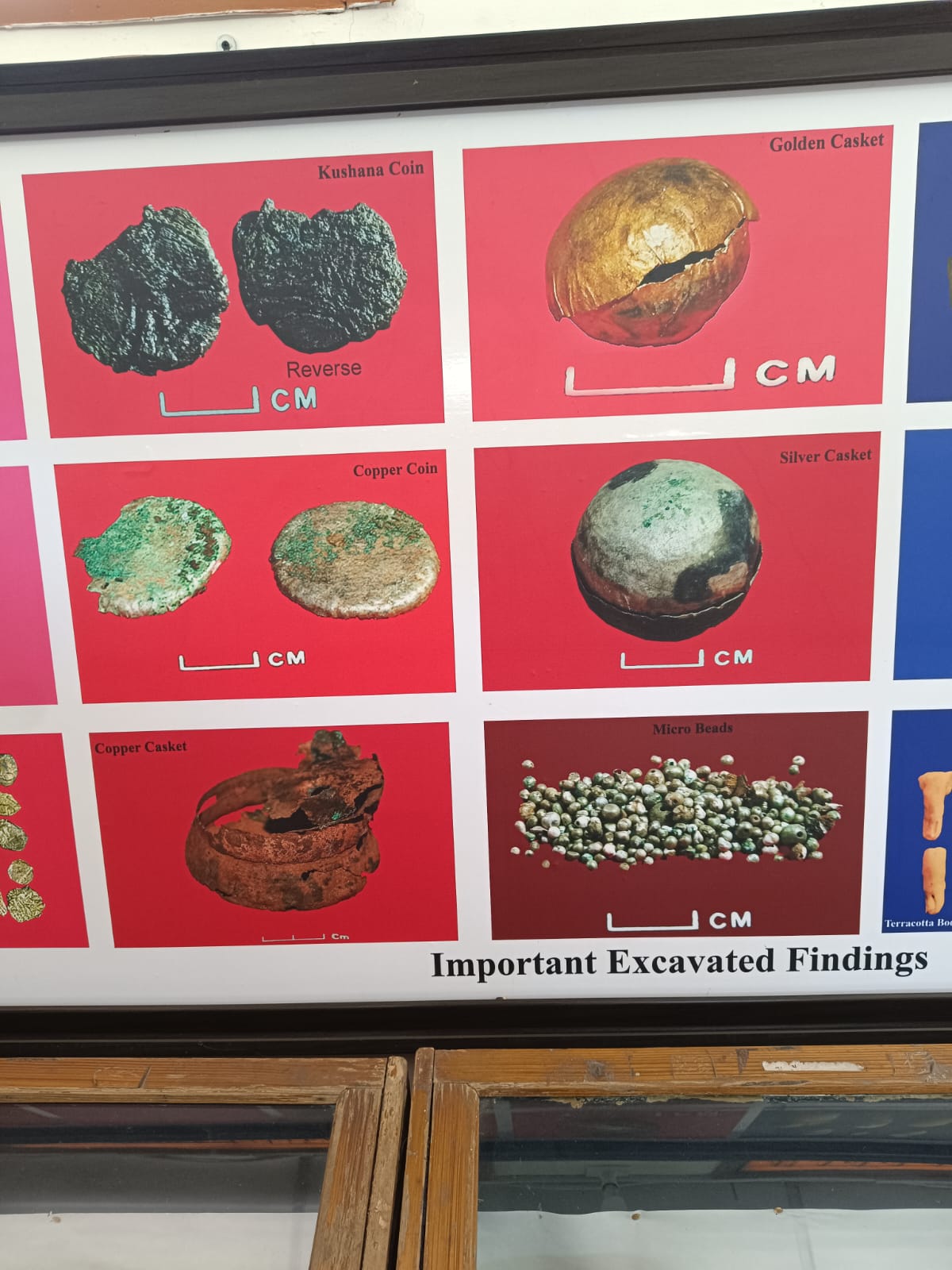
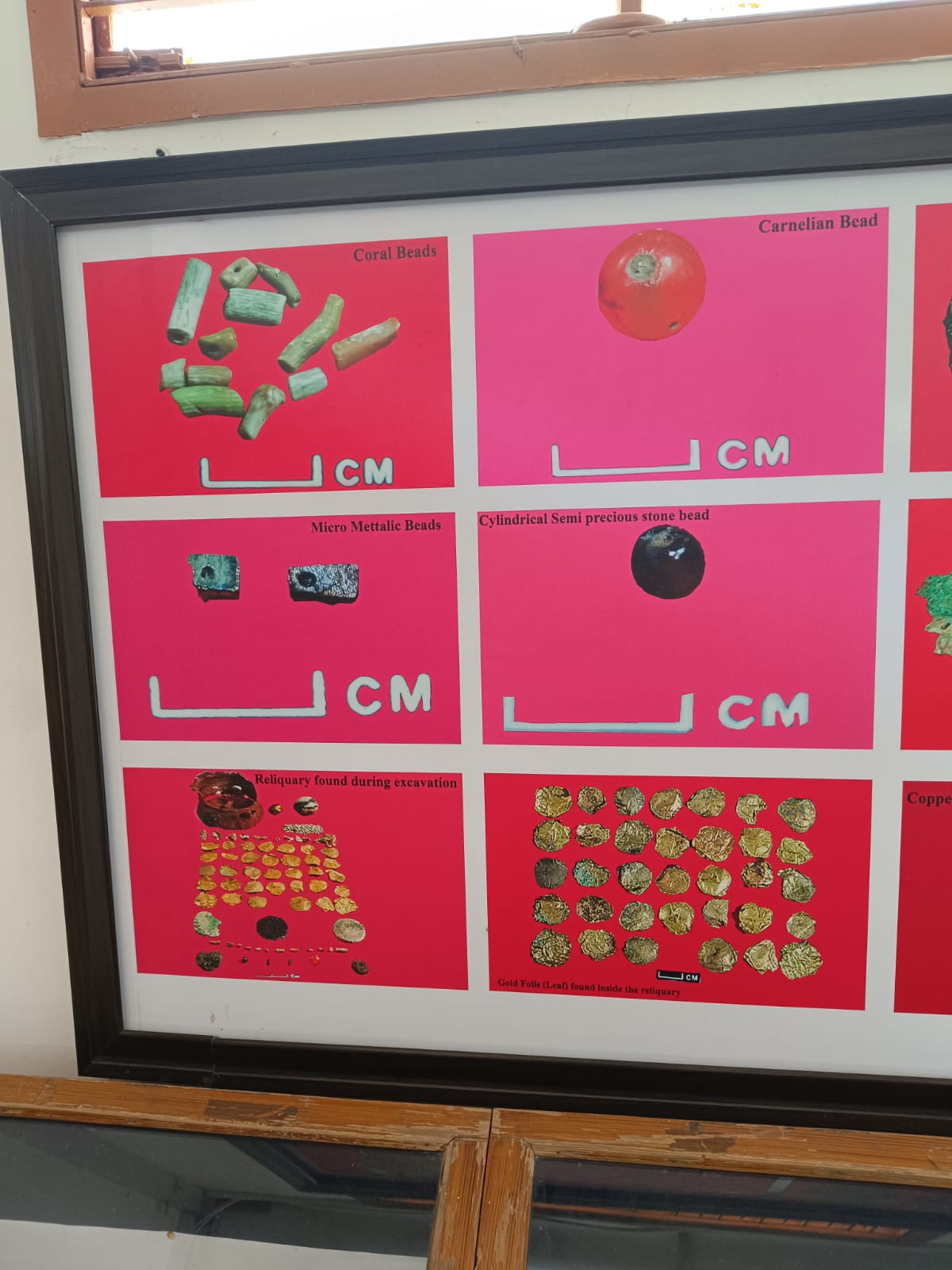
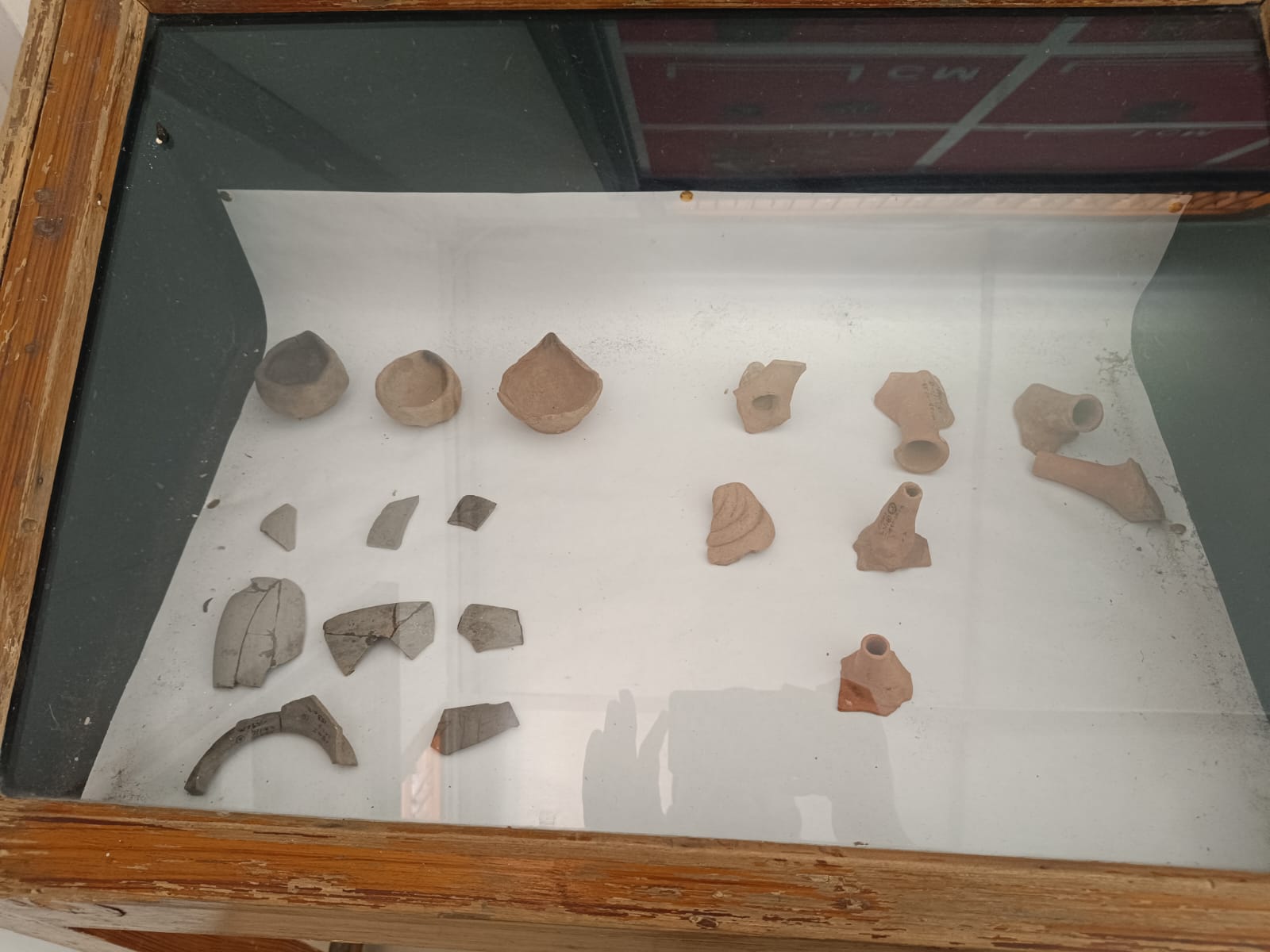
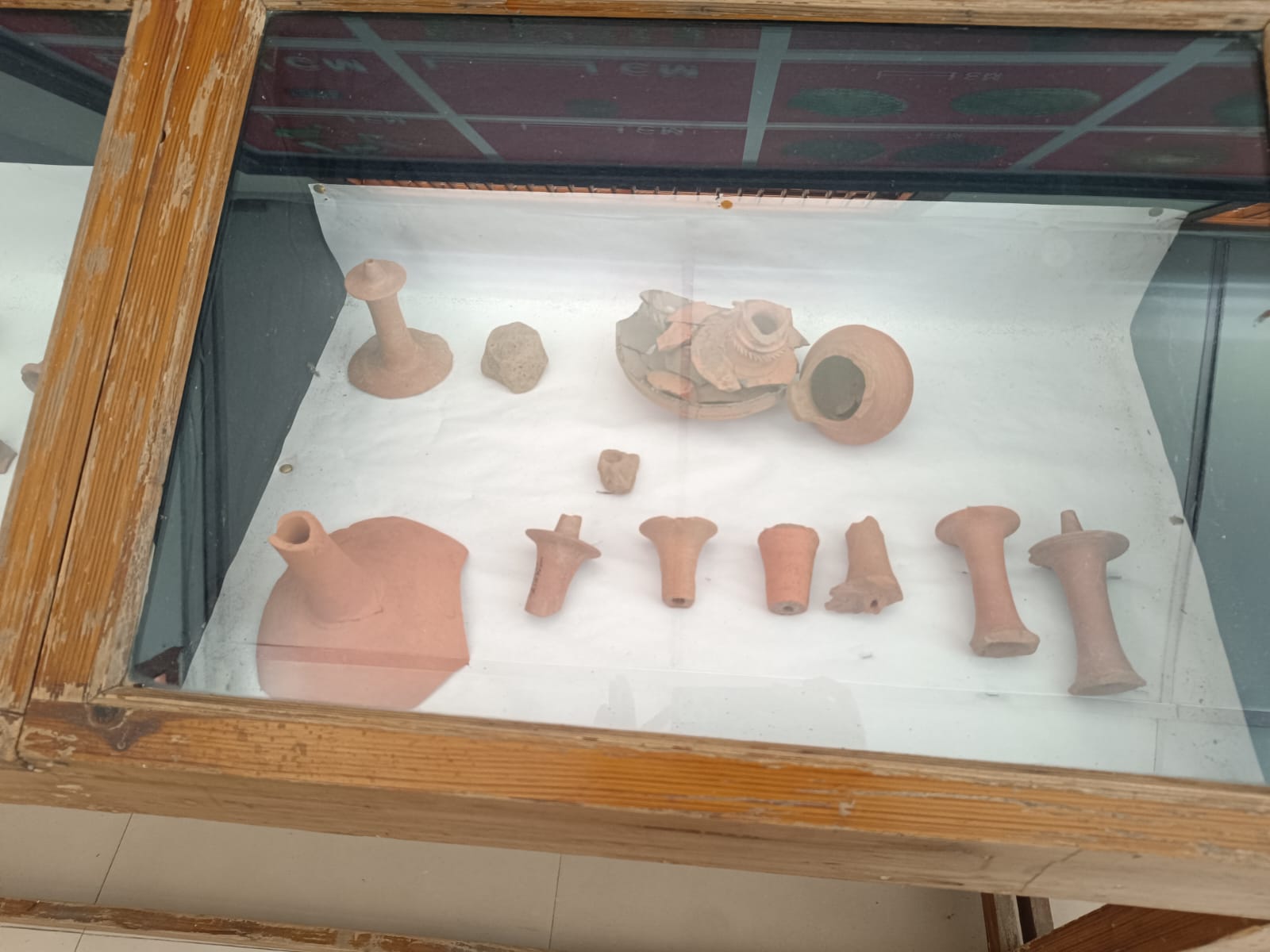
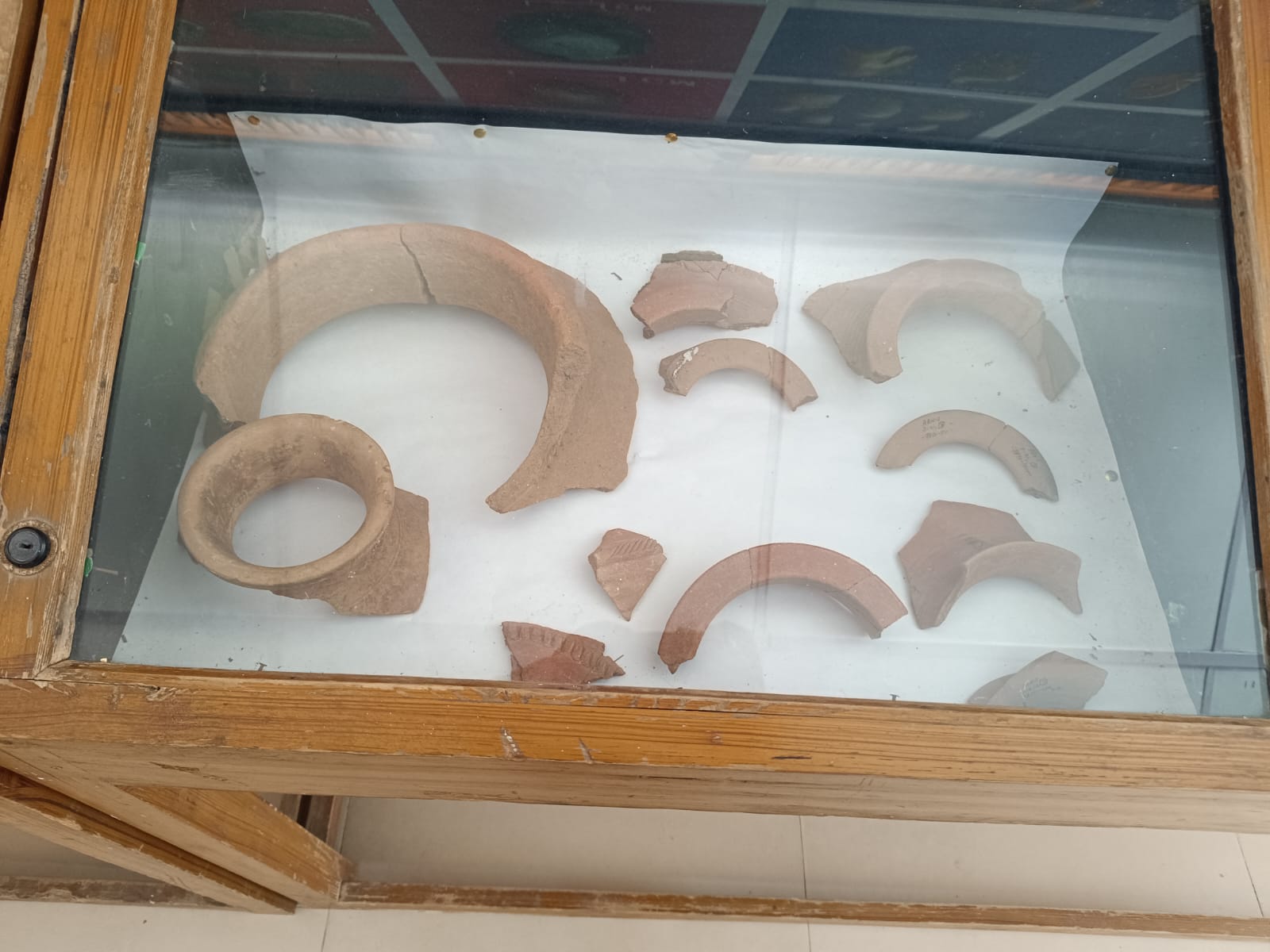
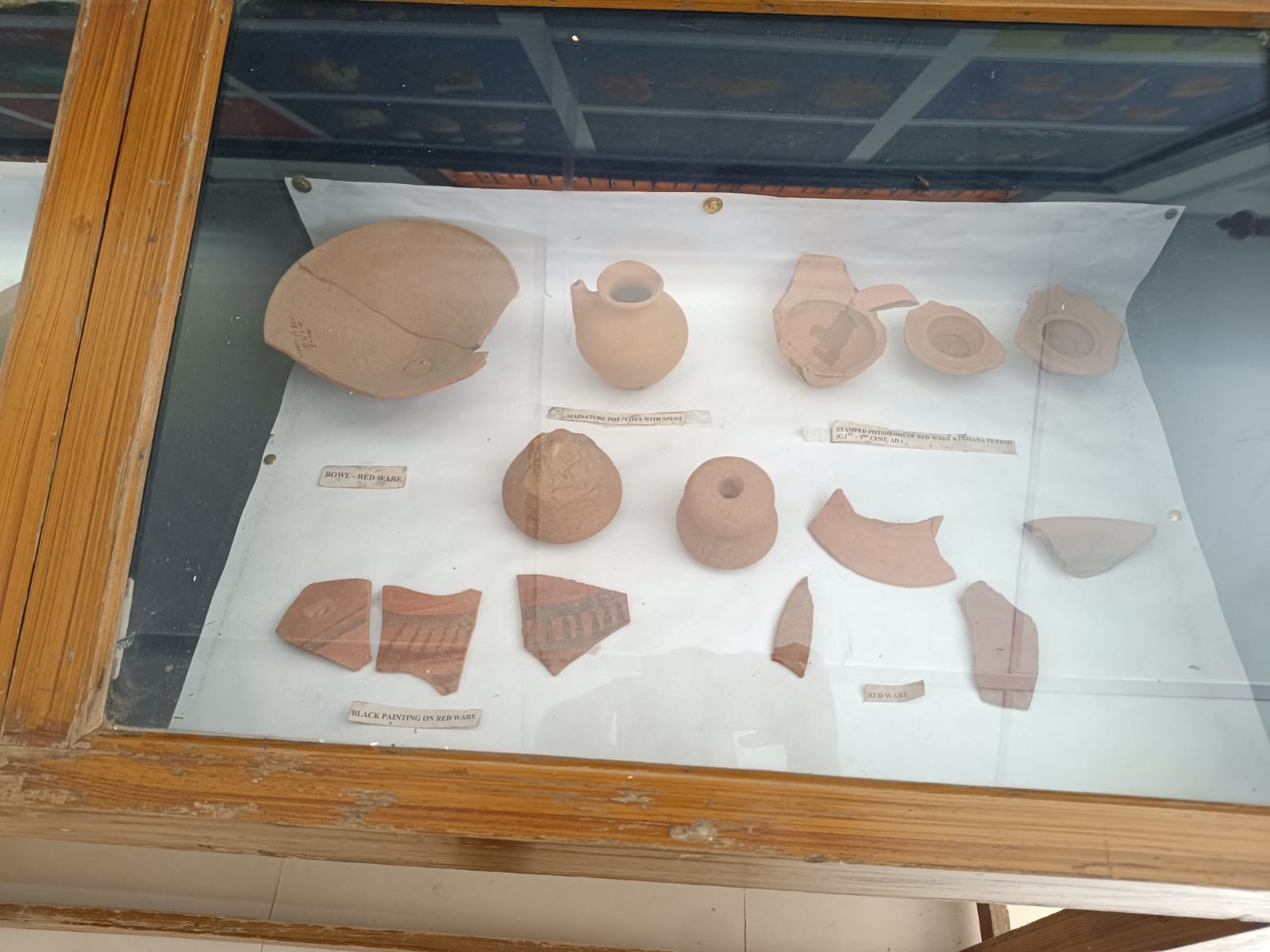
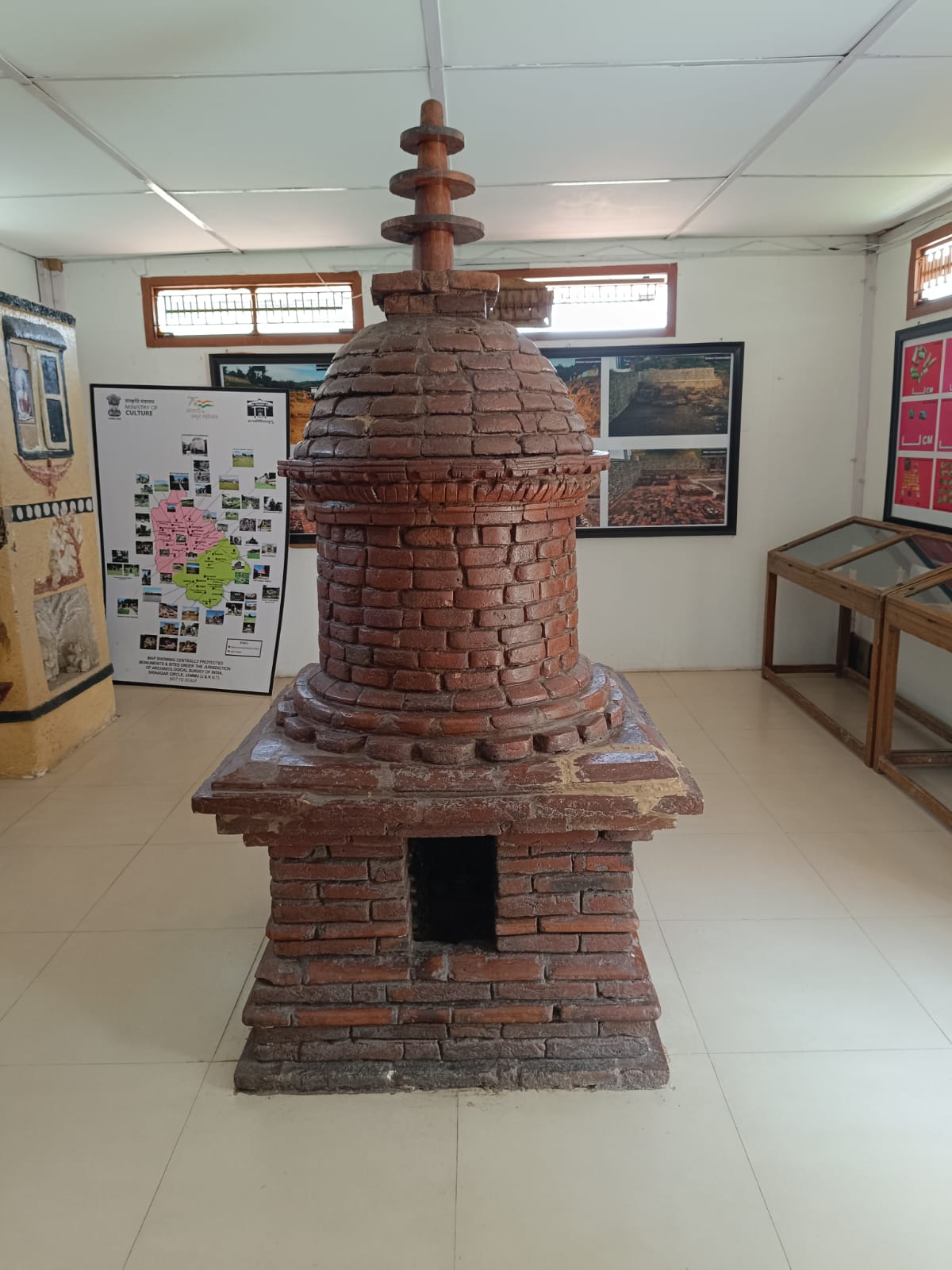
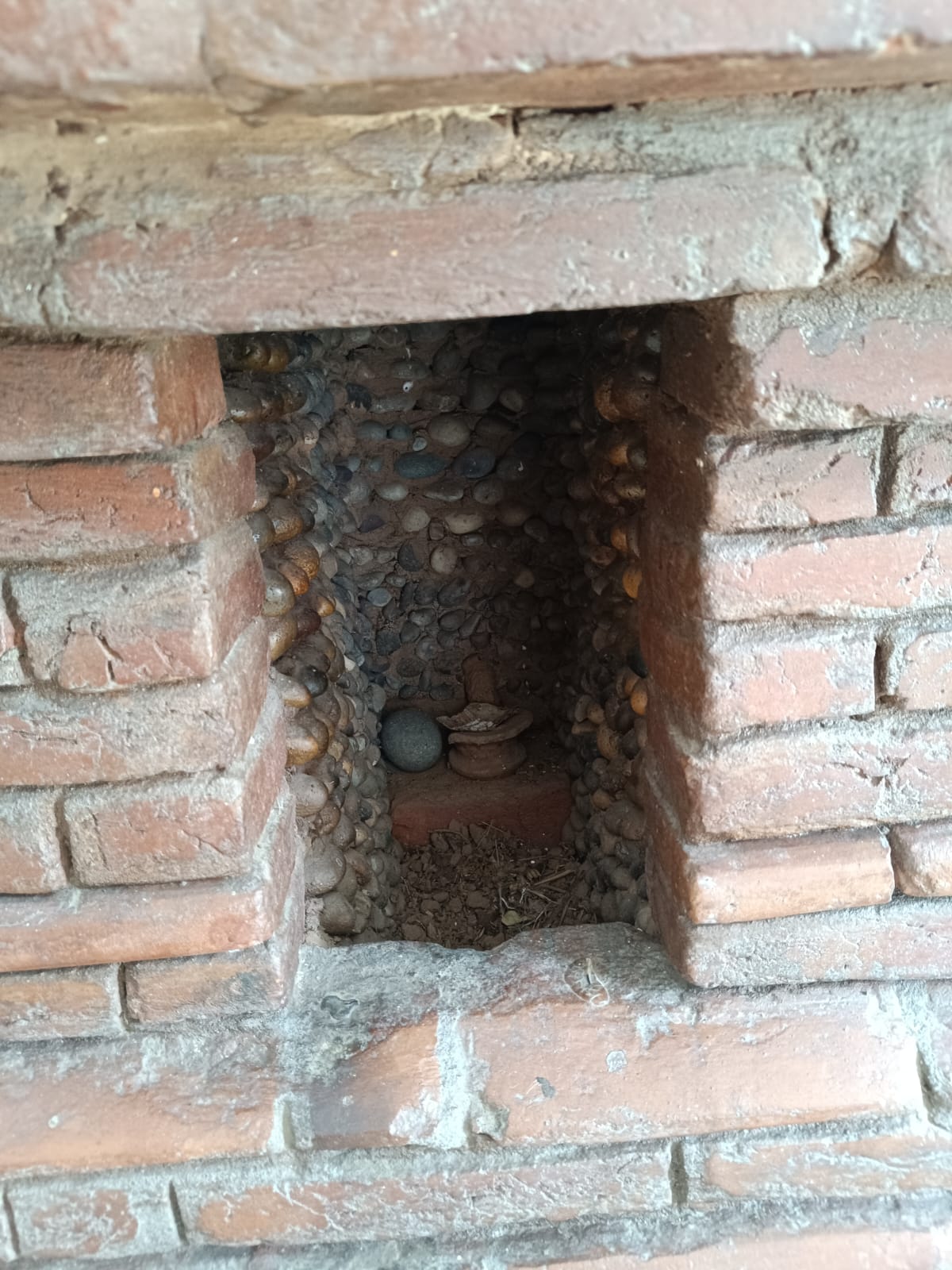
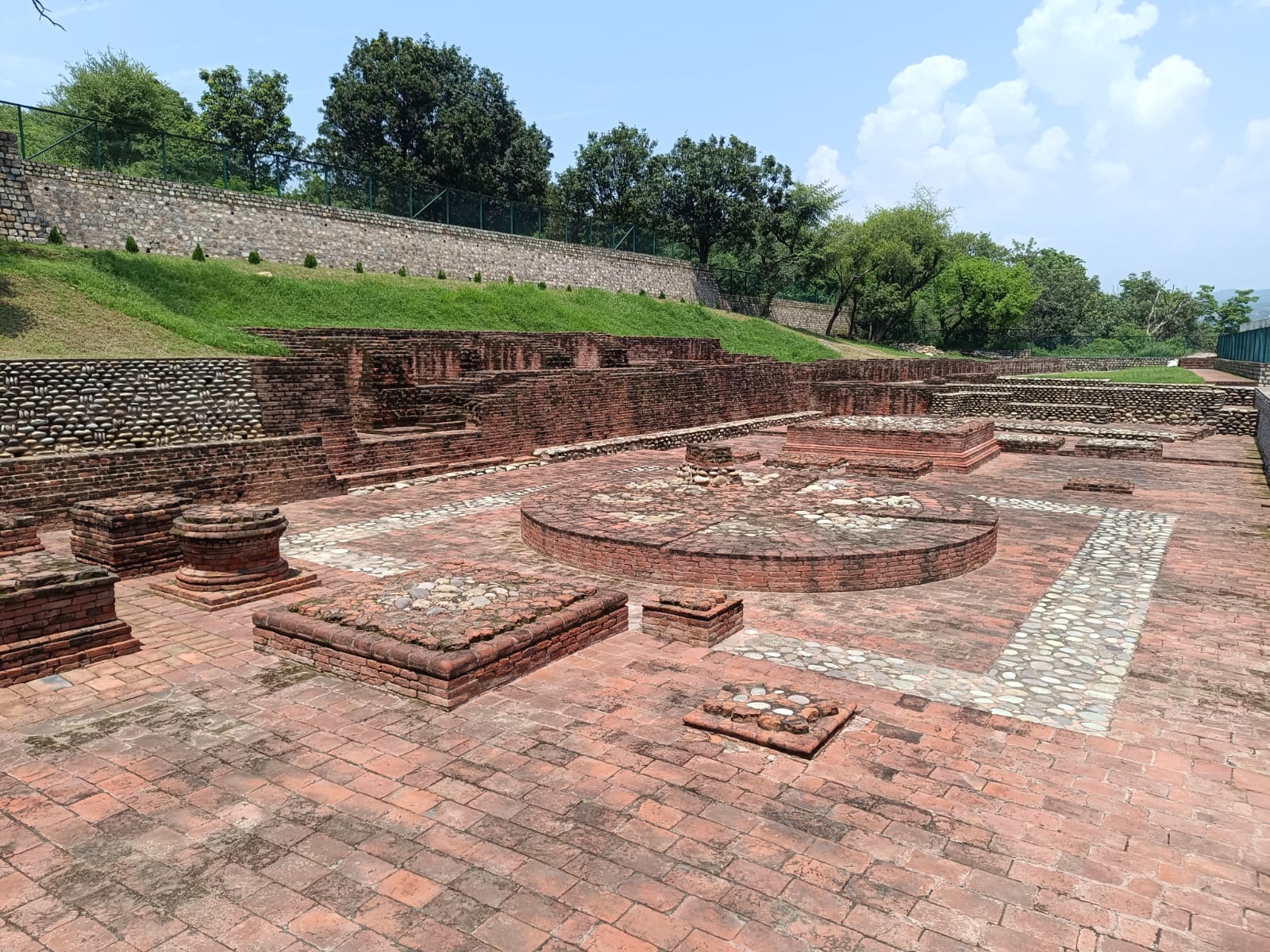
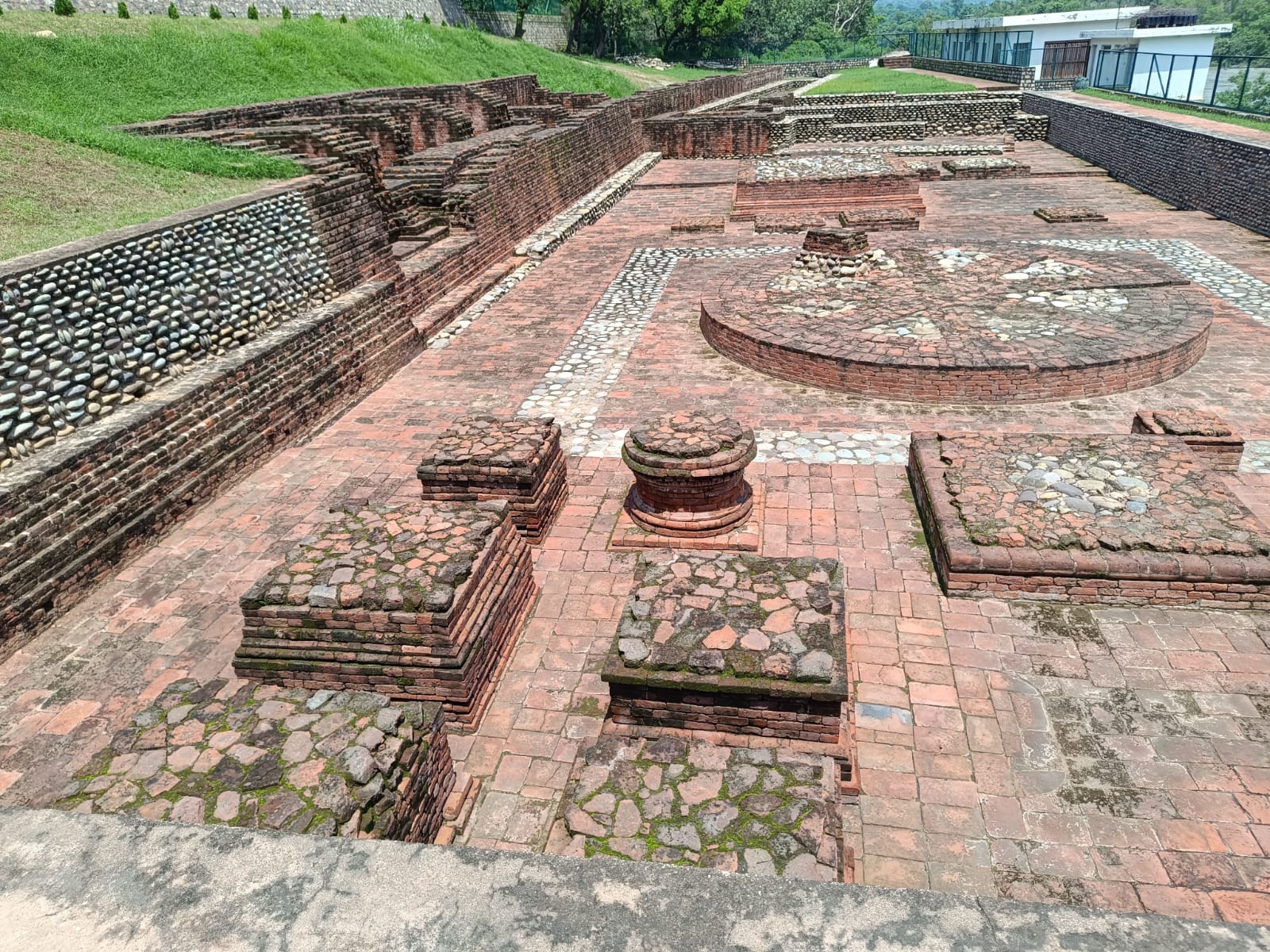
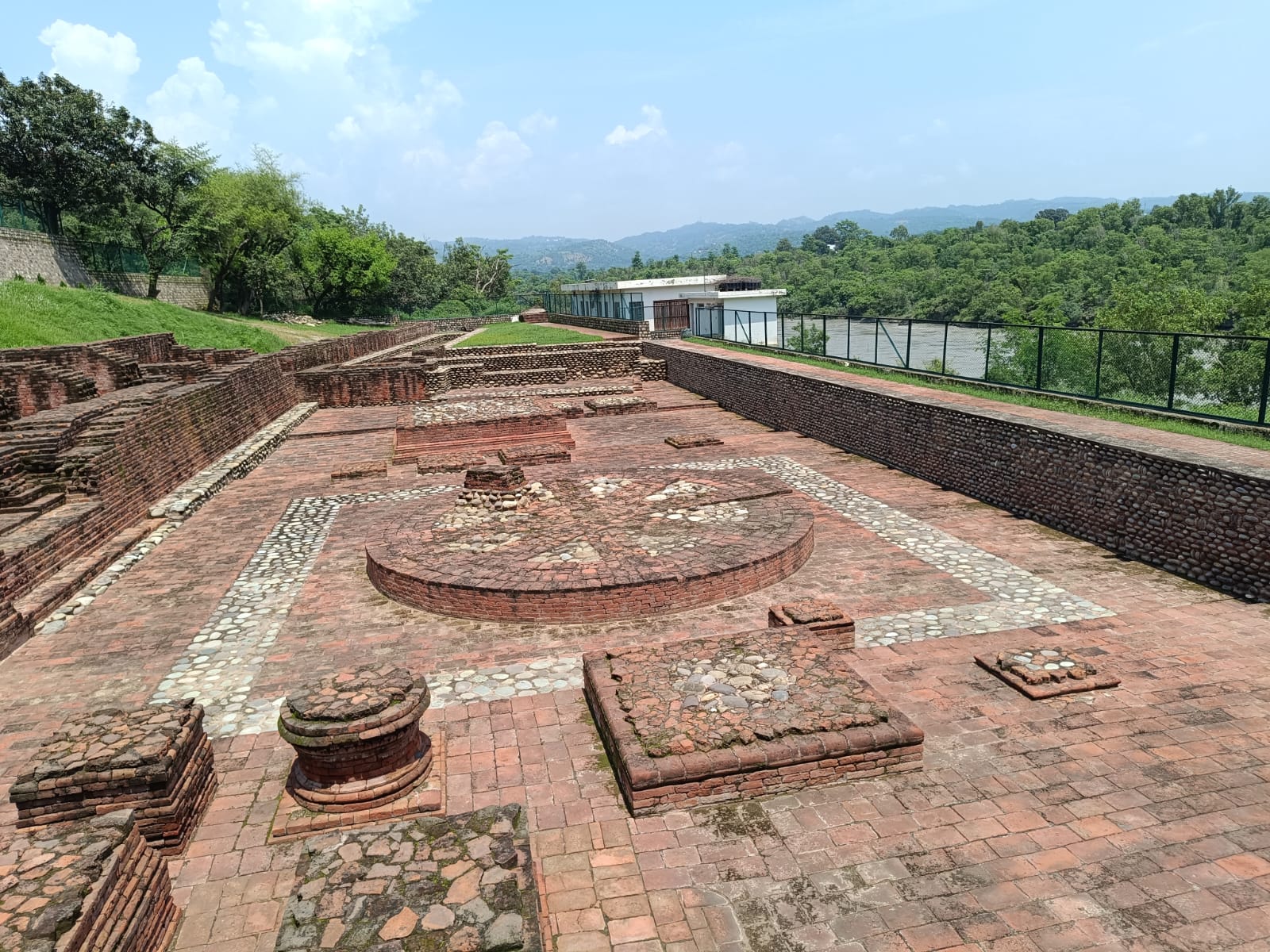
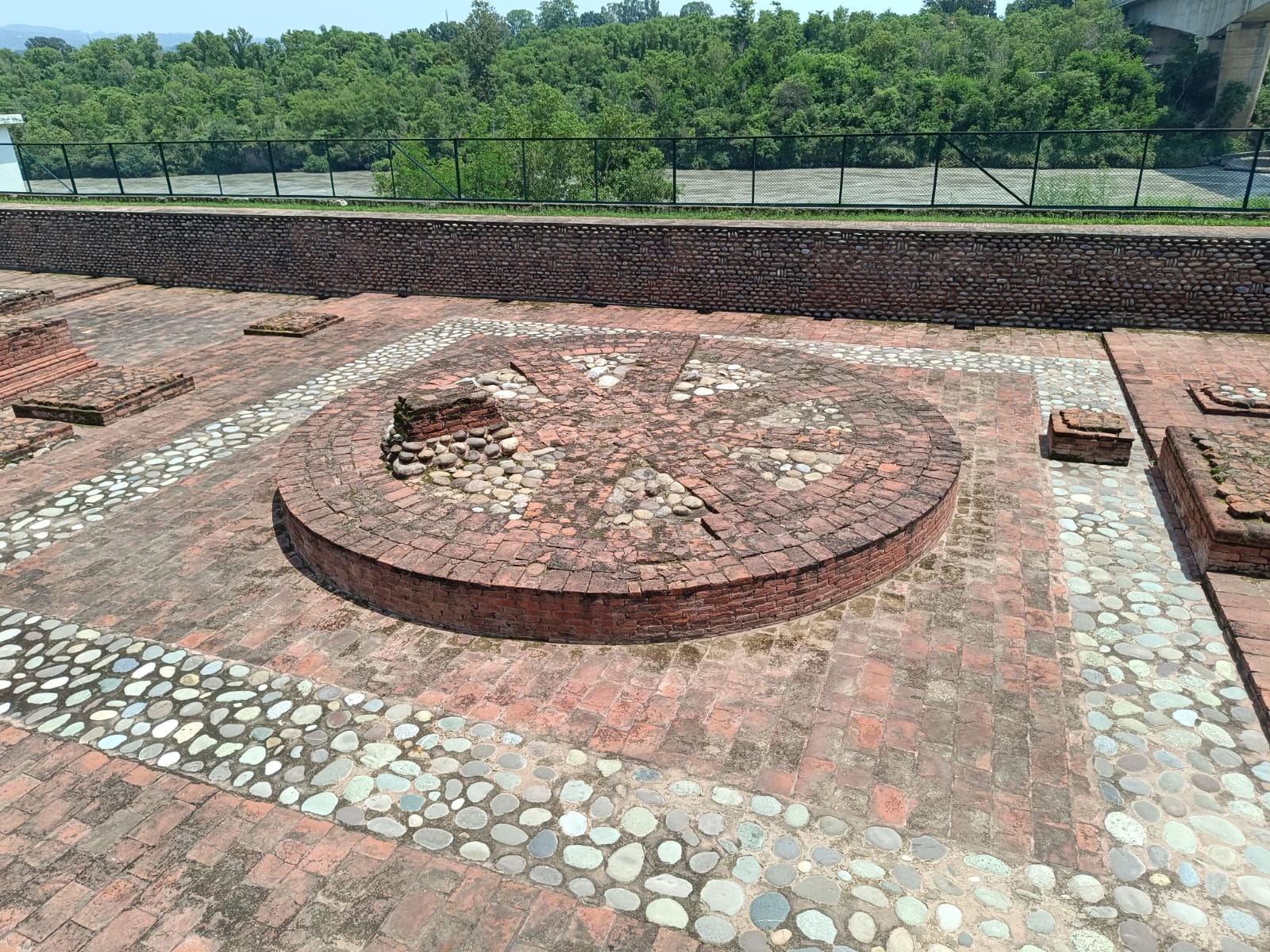
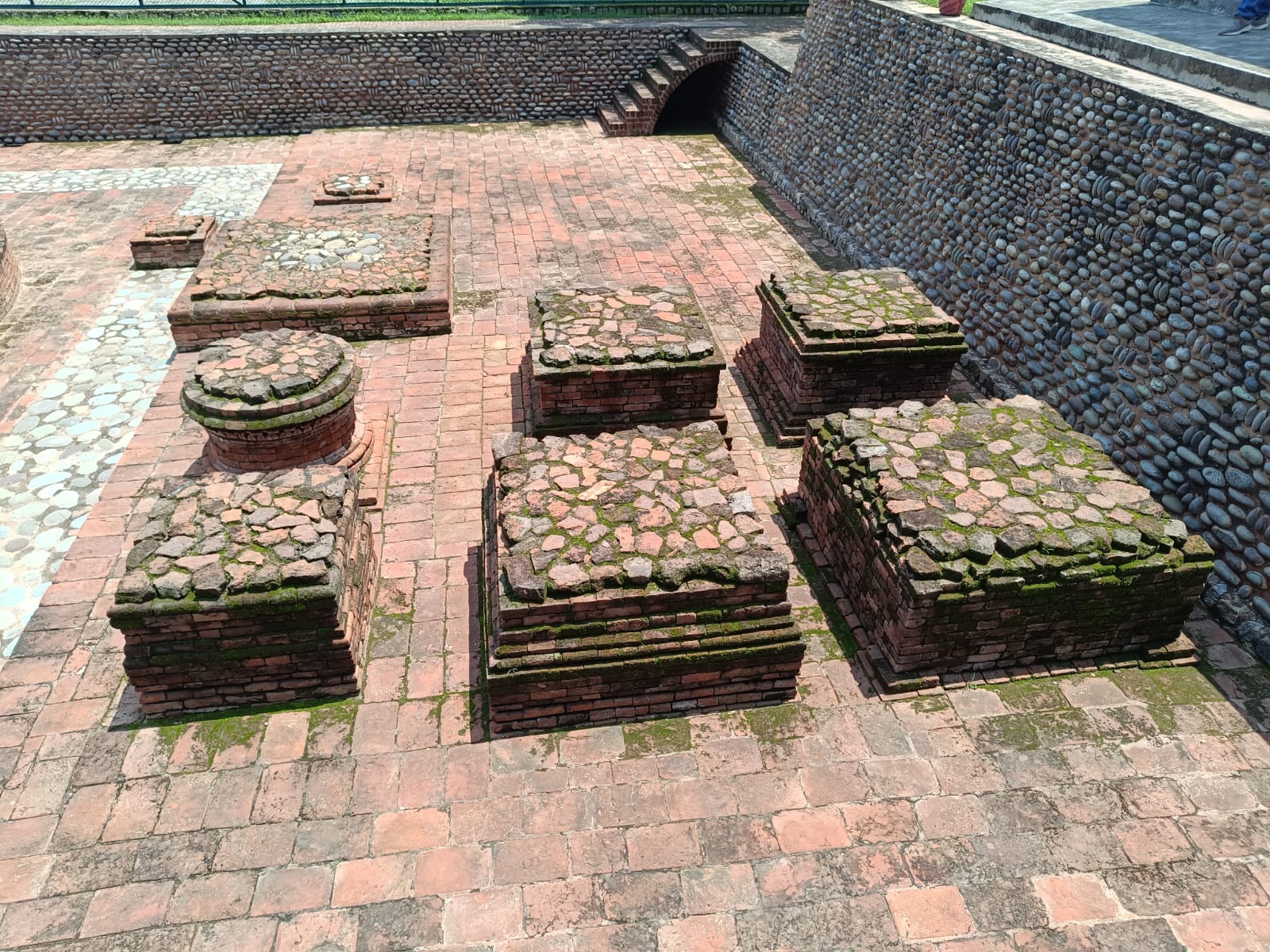
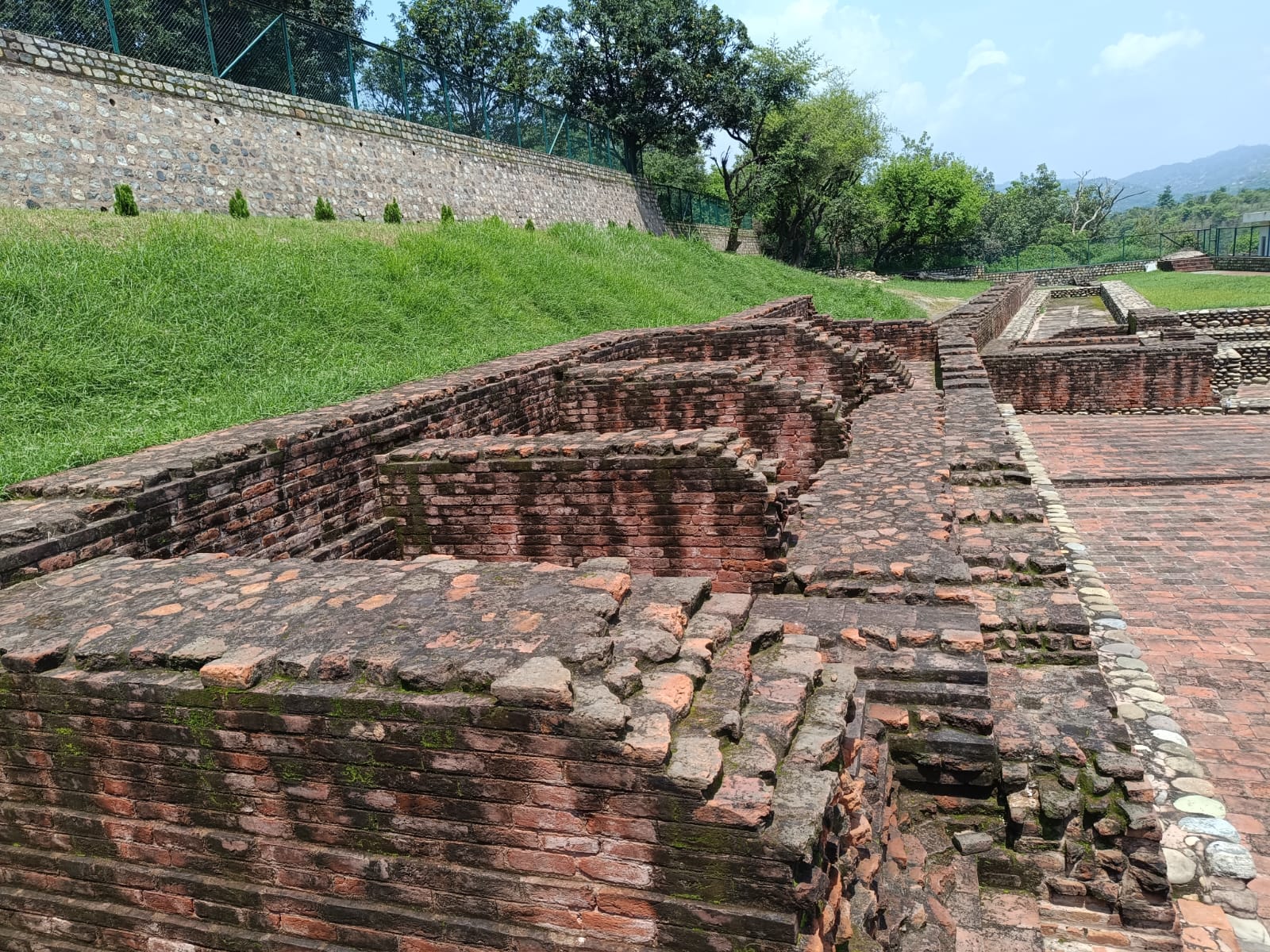
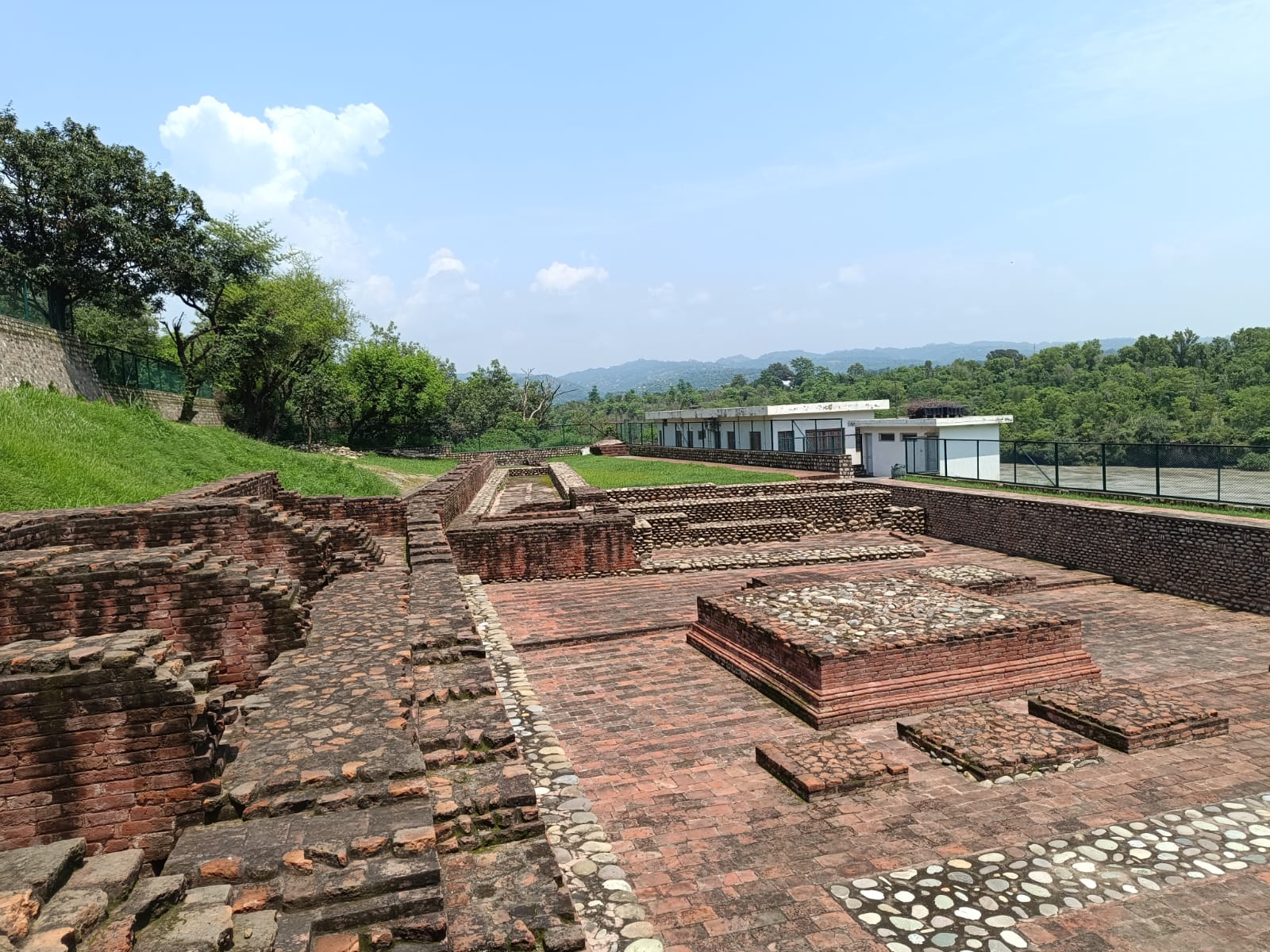
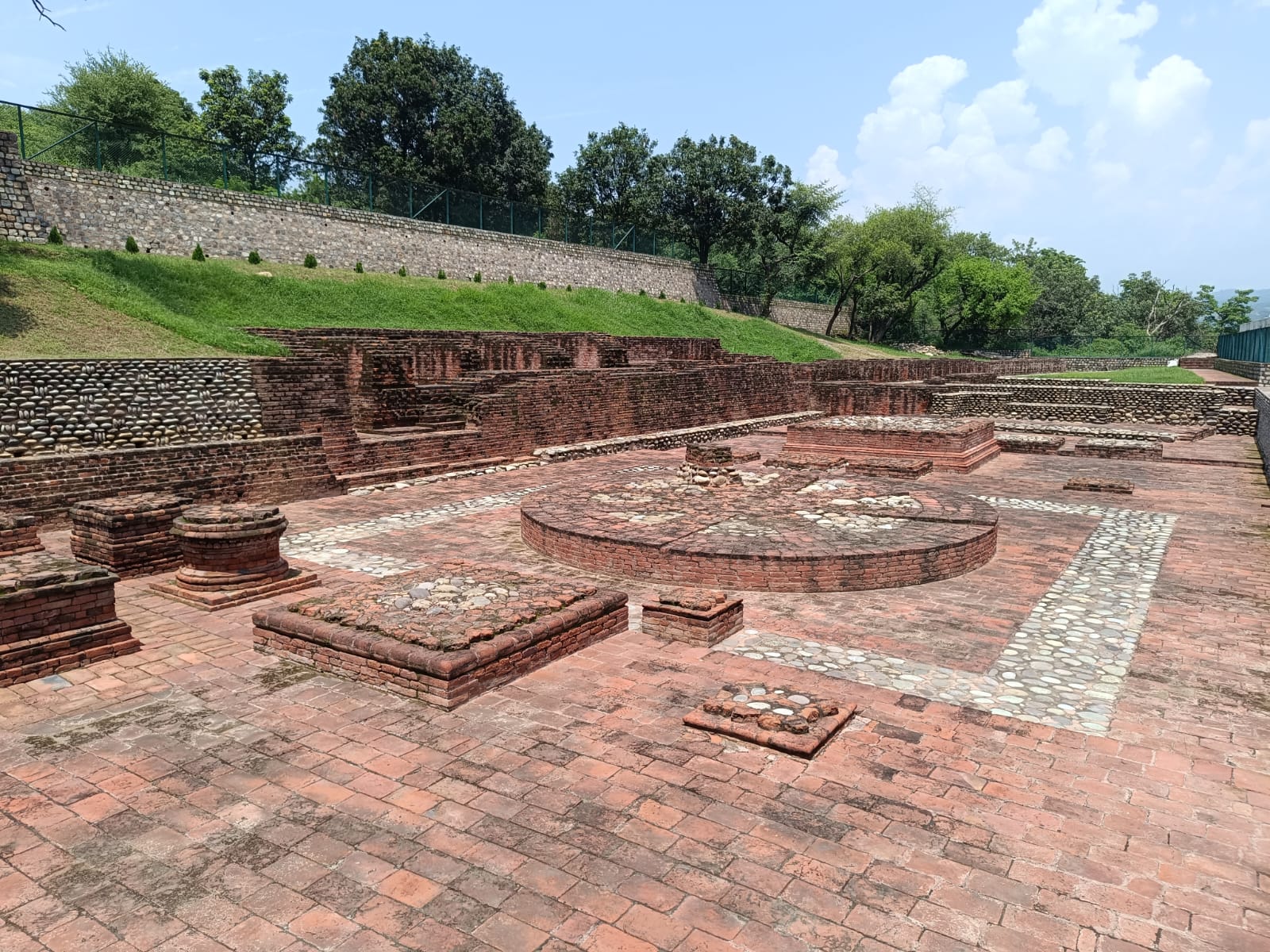
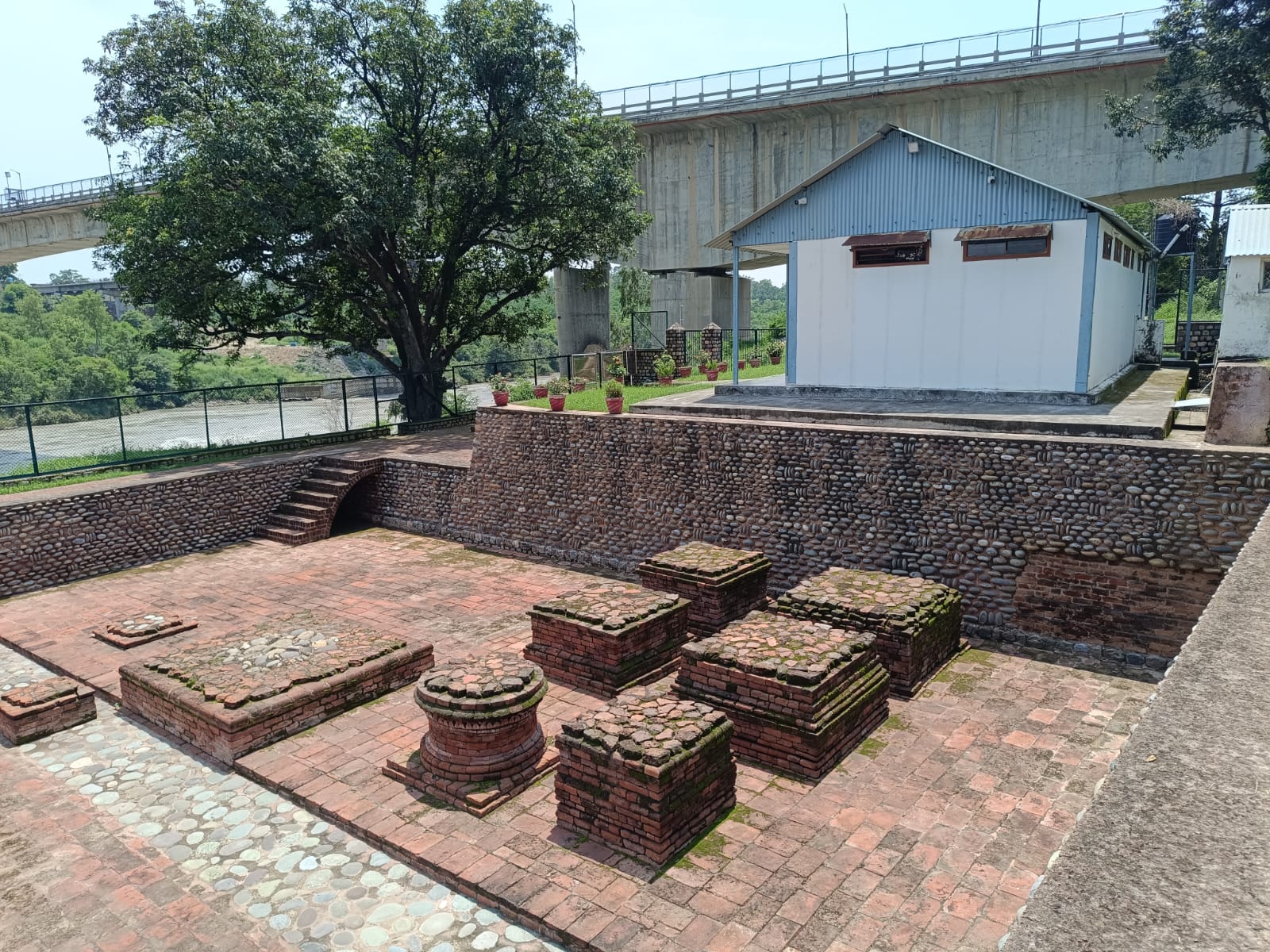






Really well documented, covers every aspect of the village.